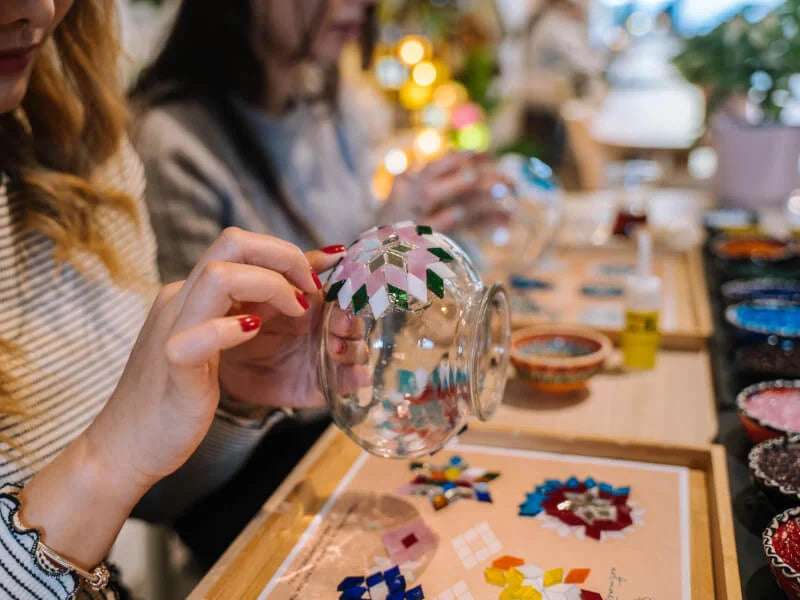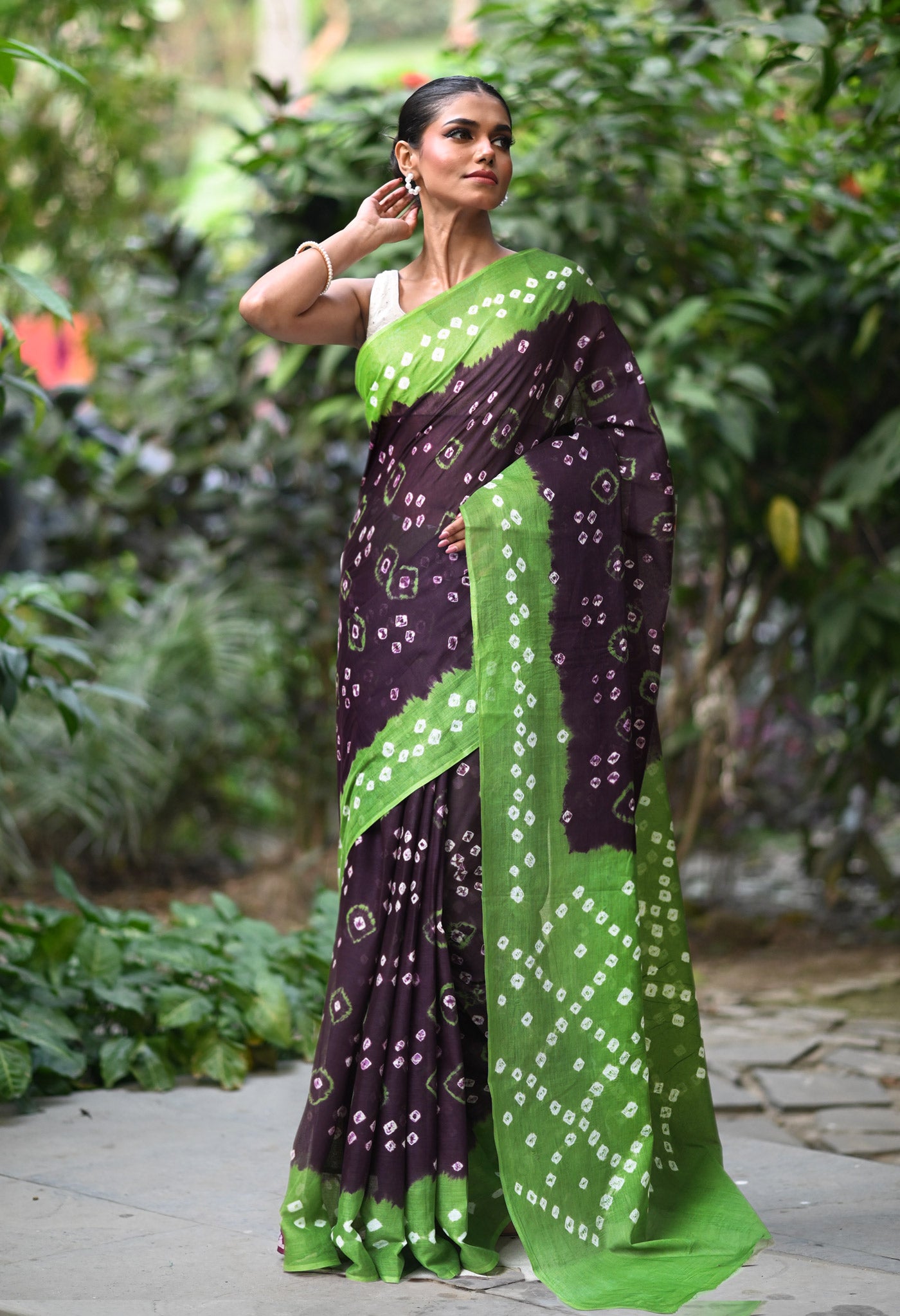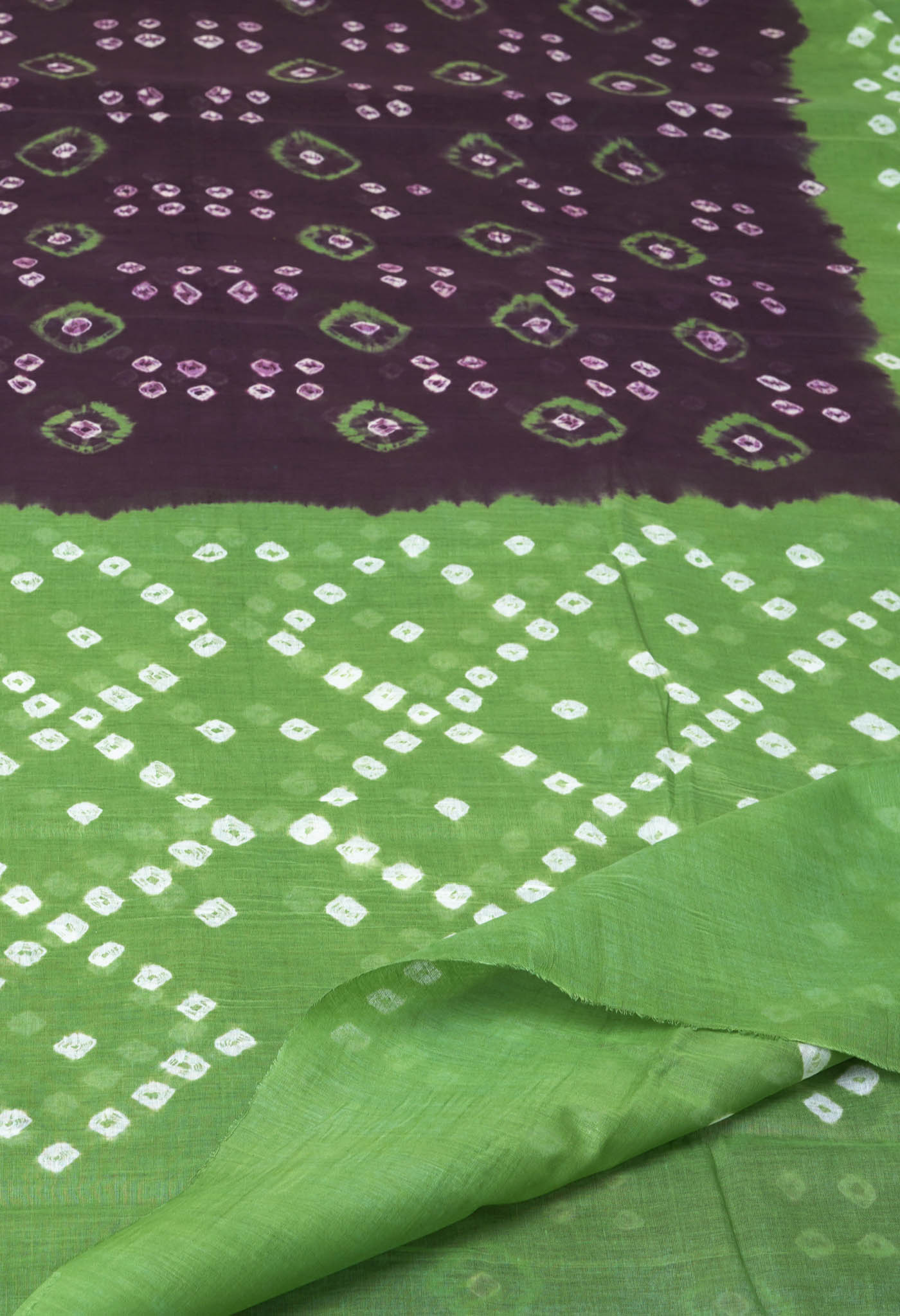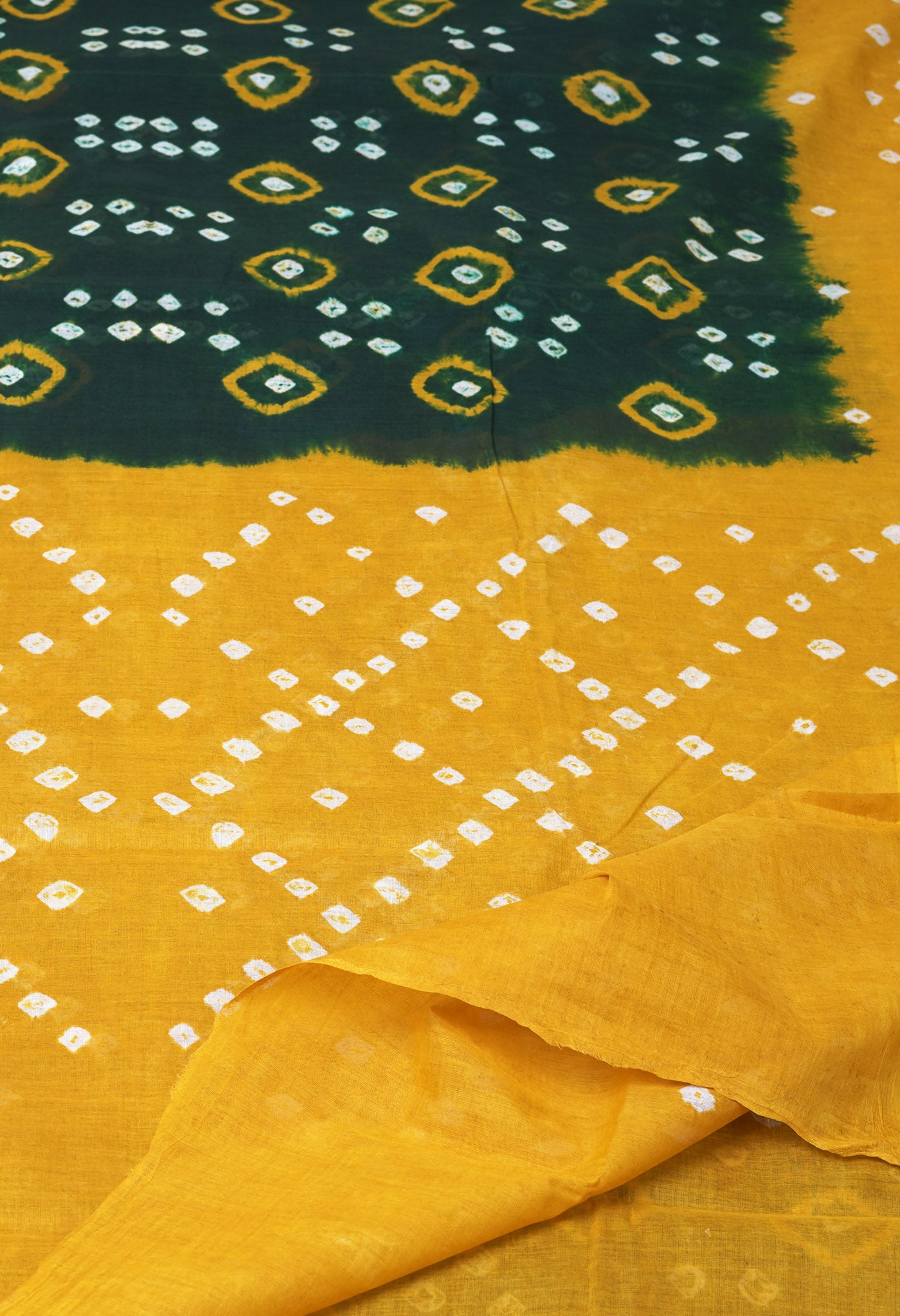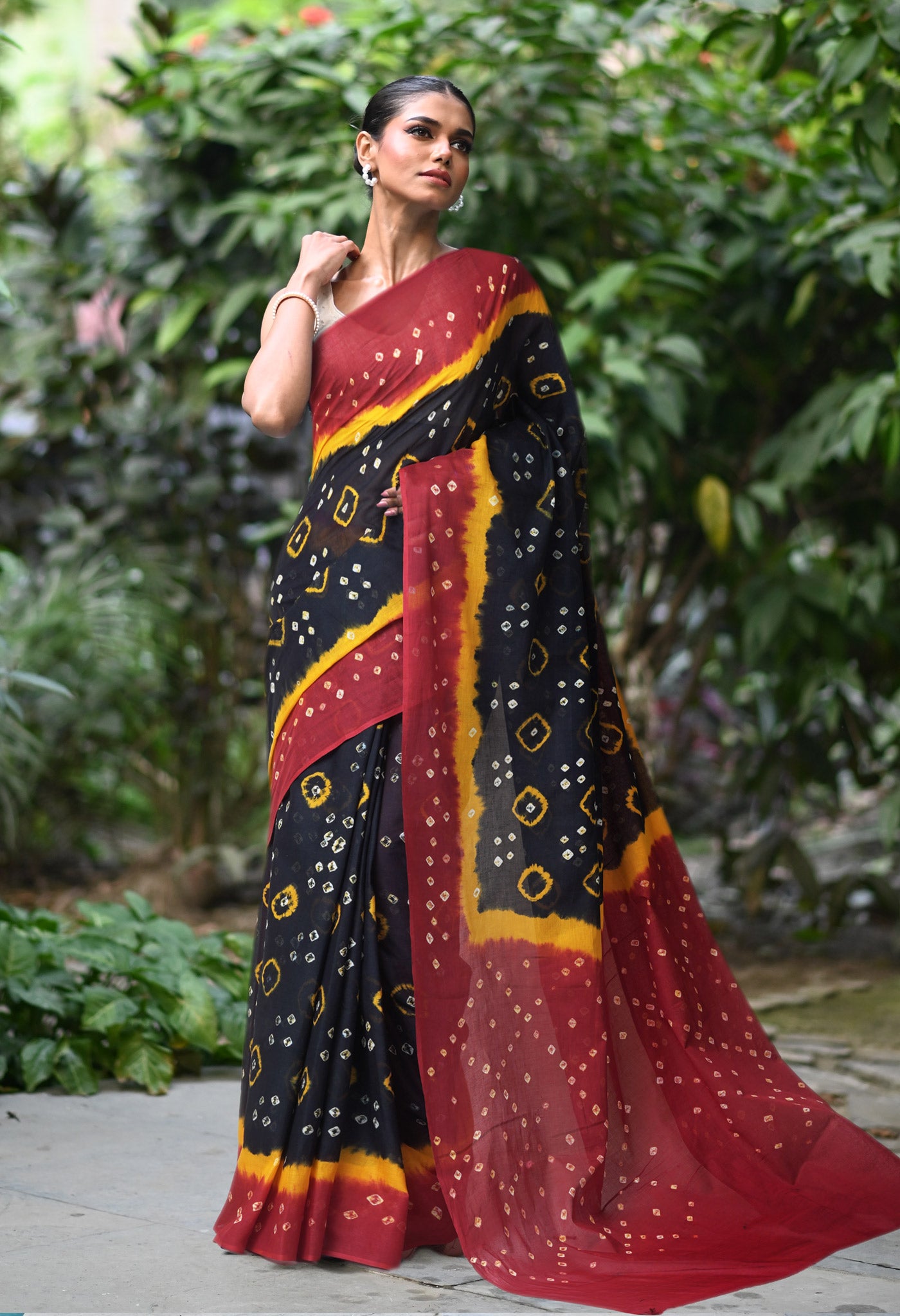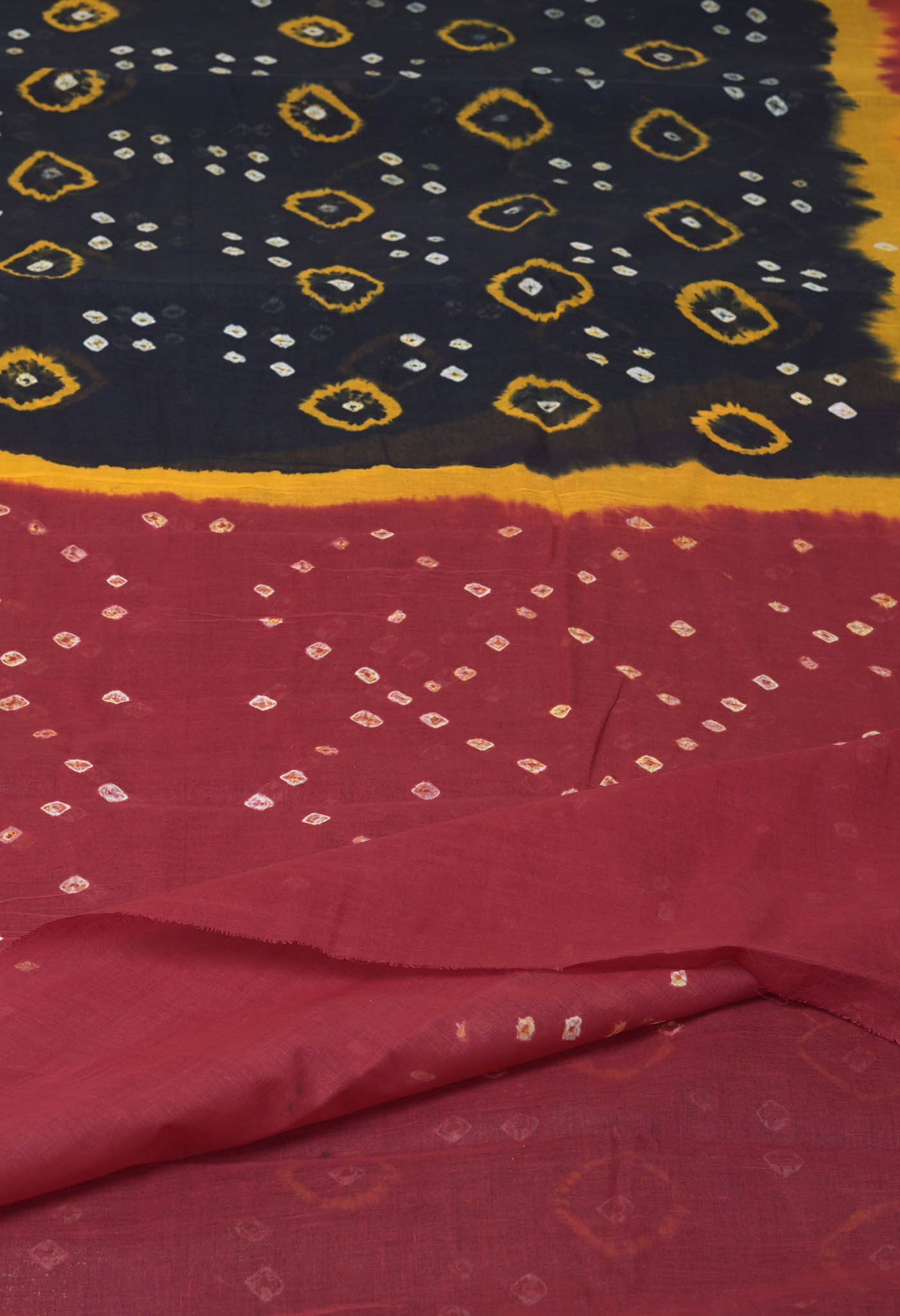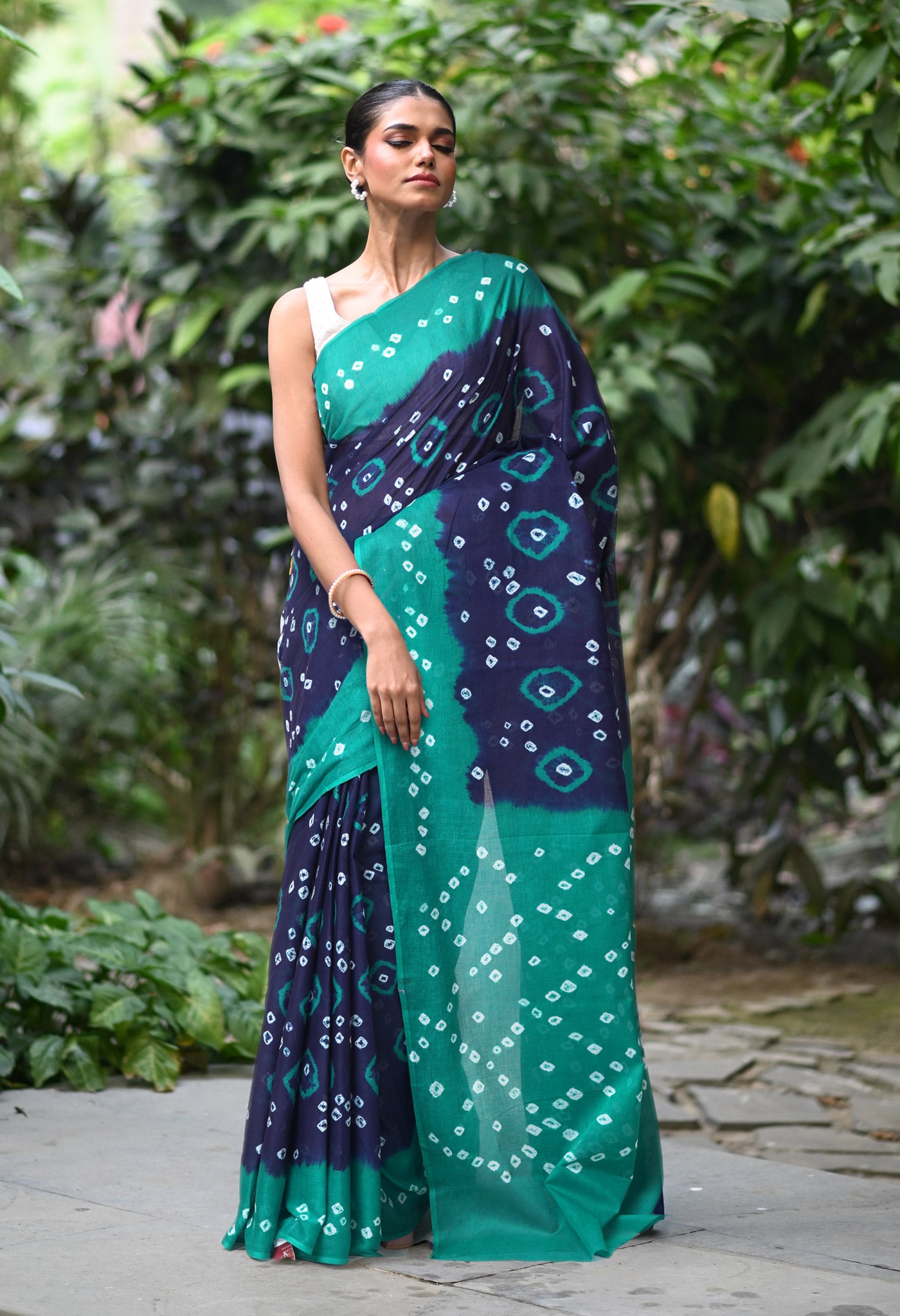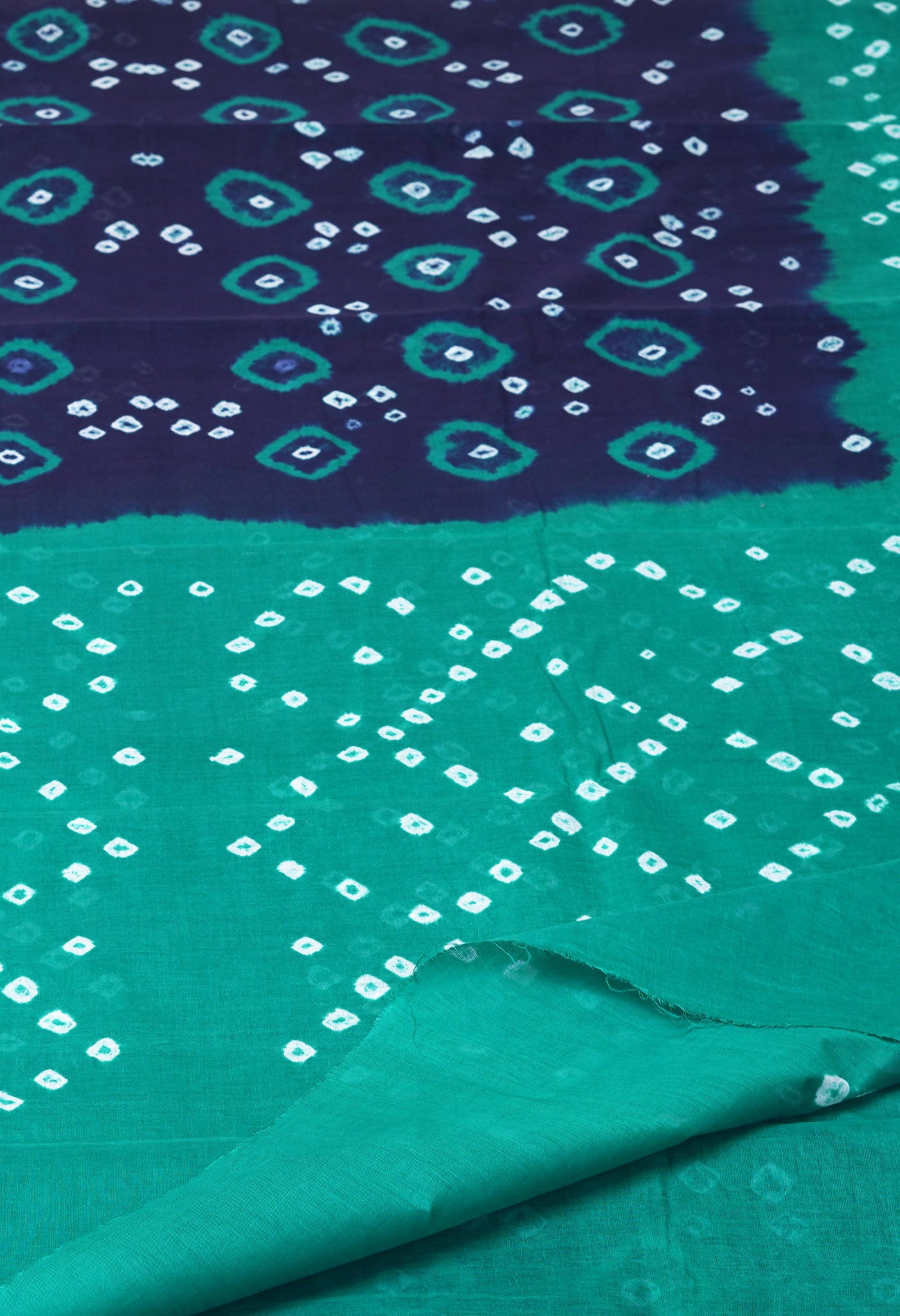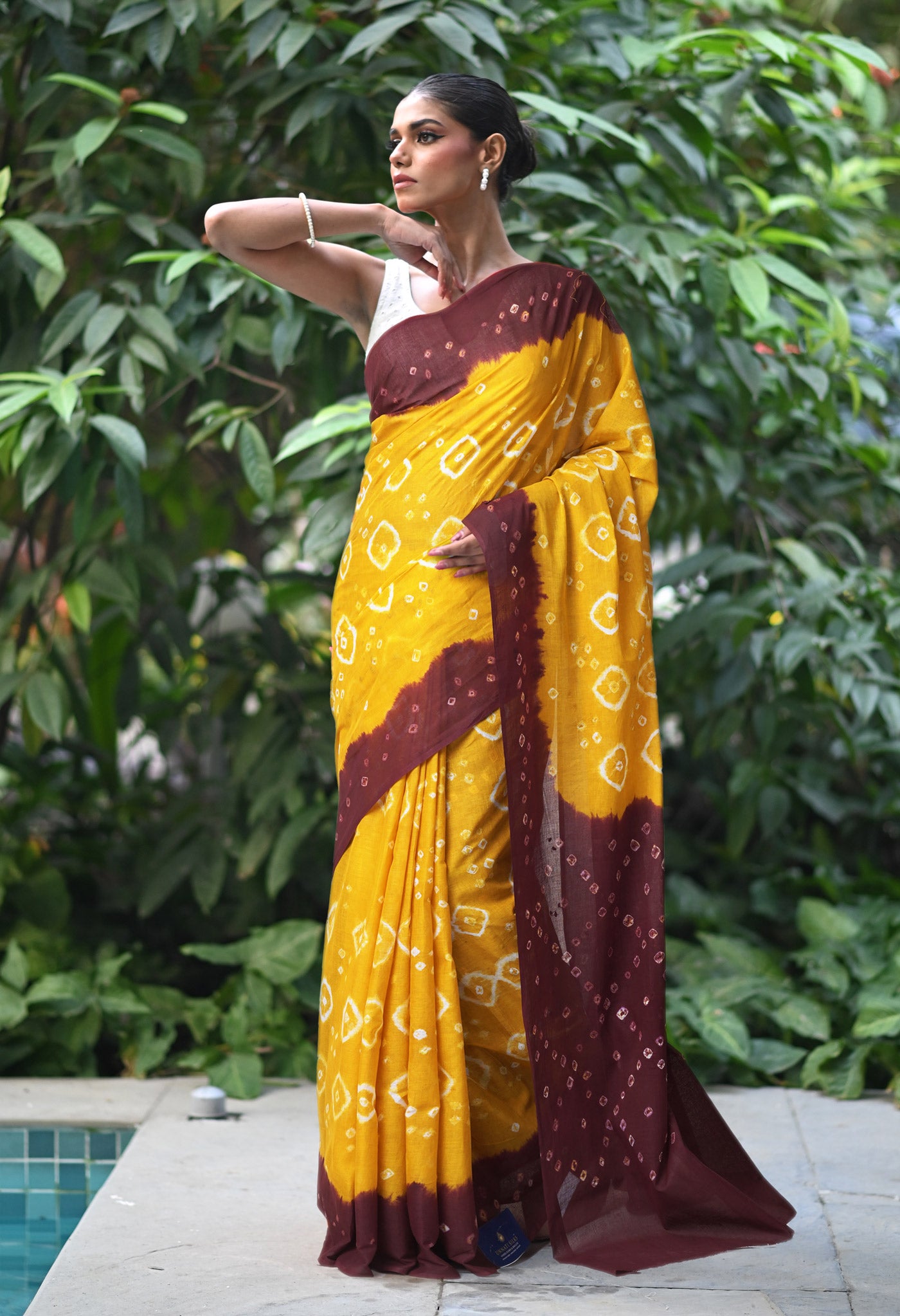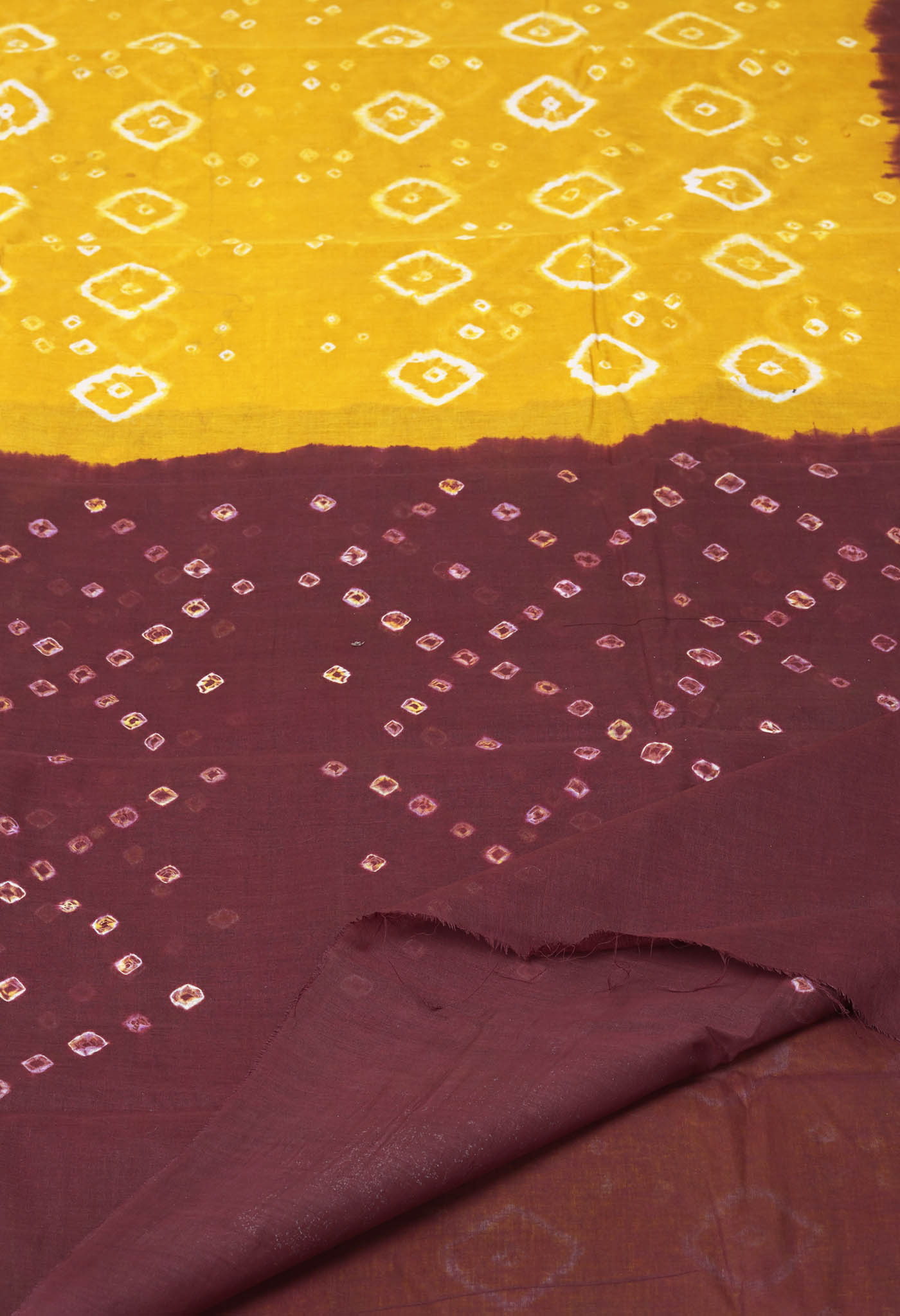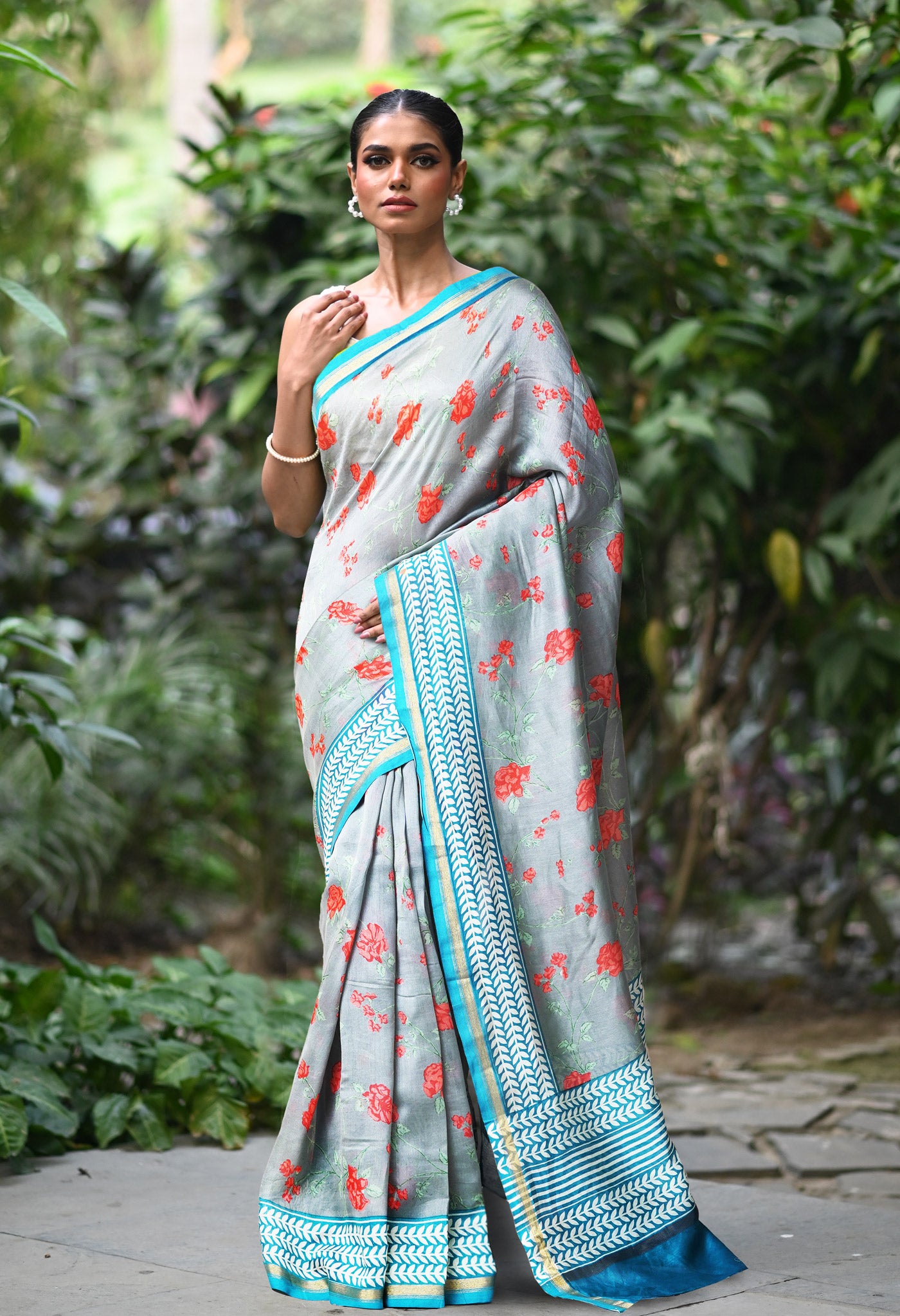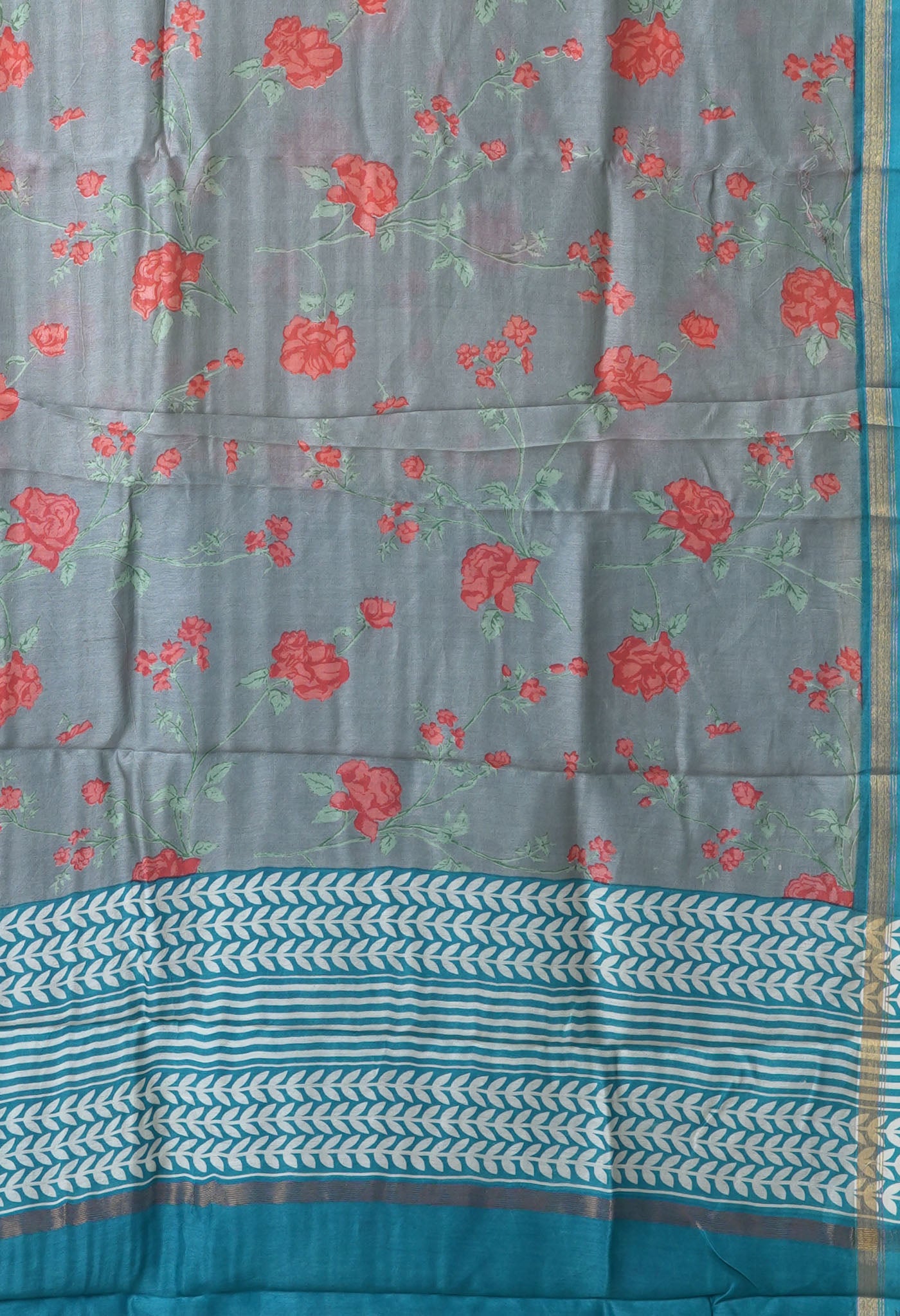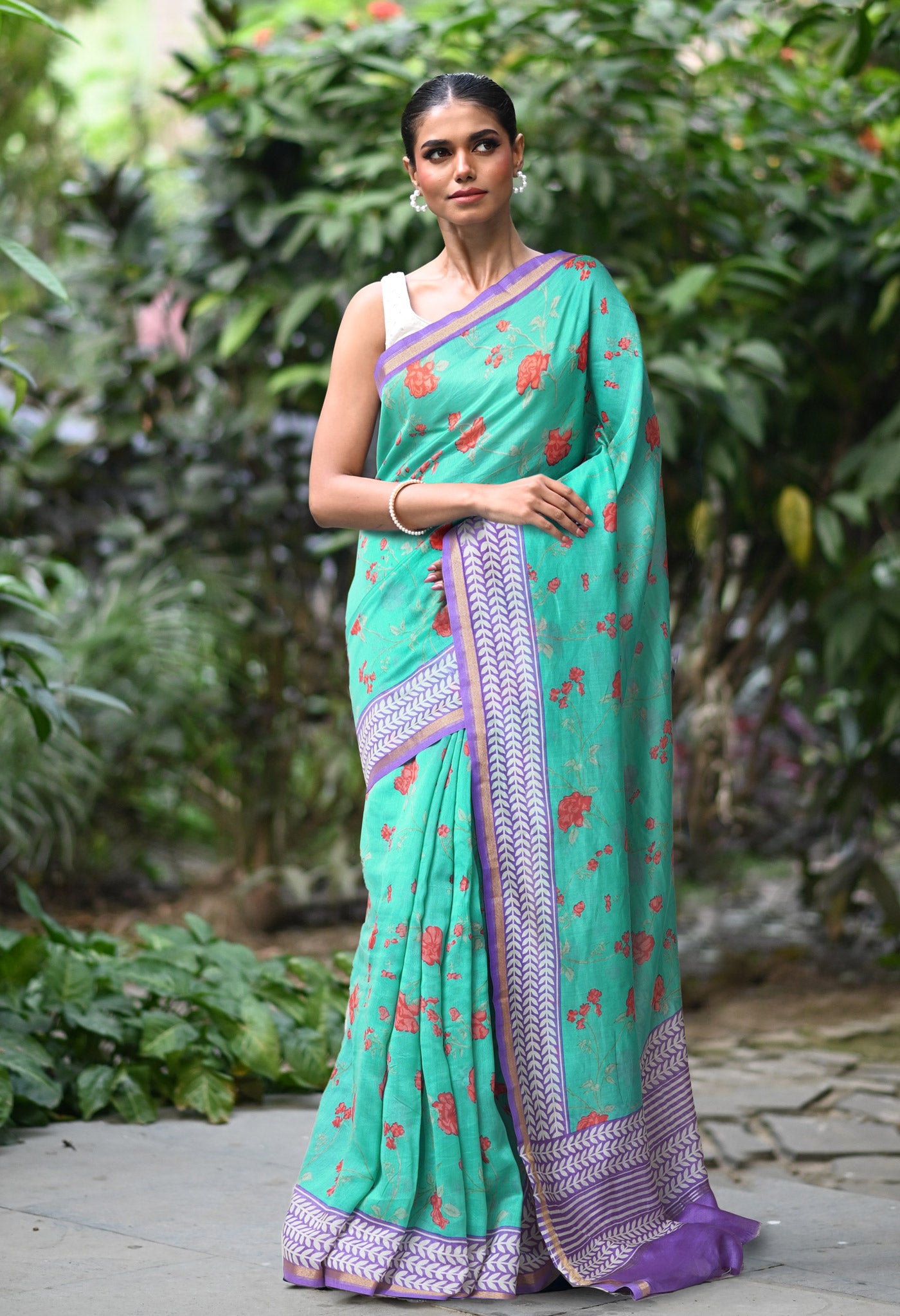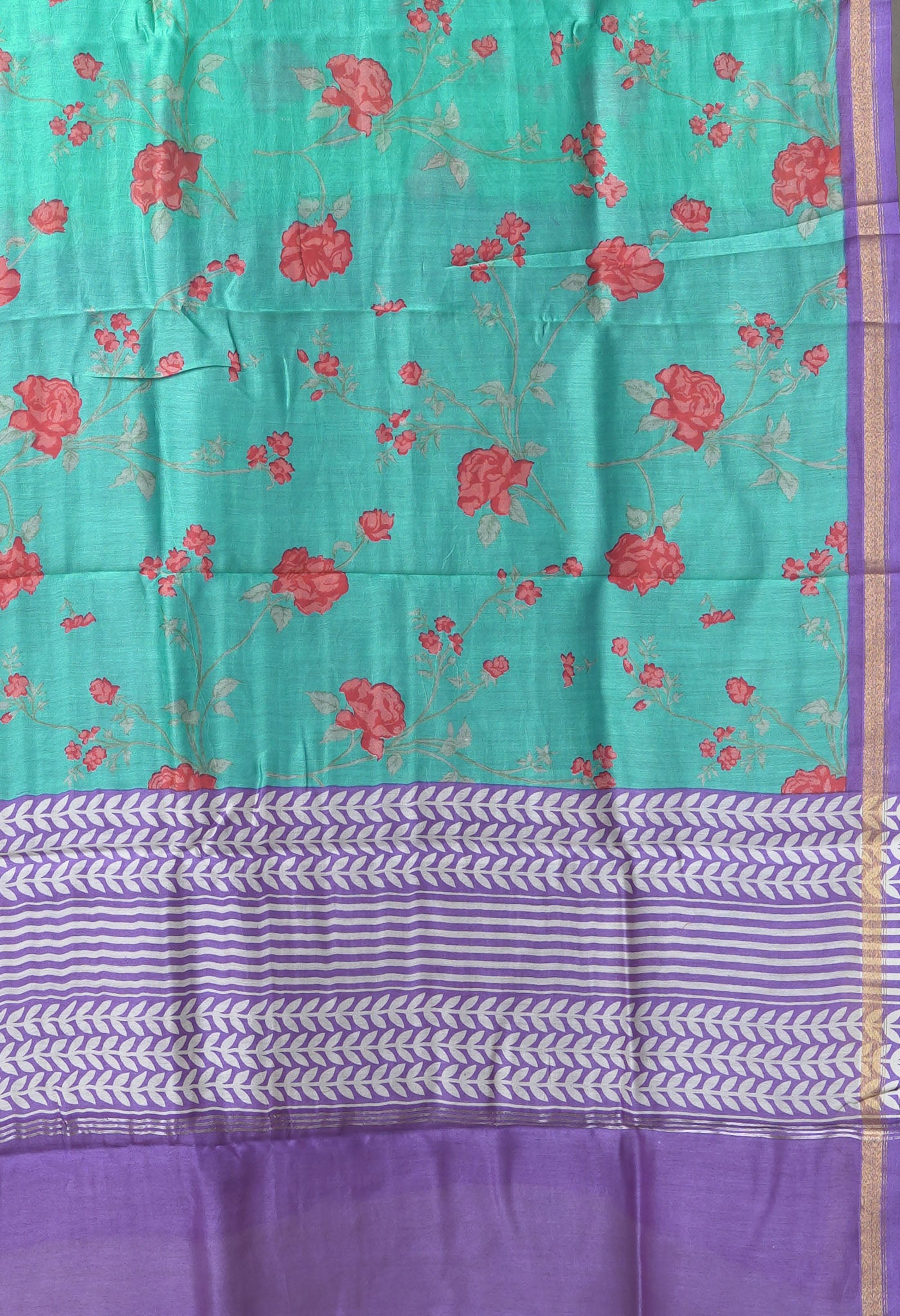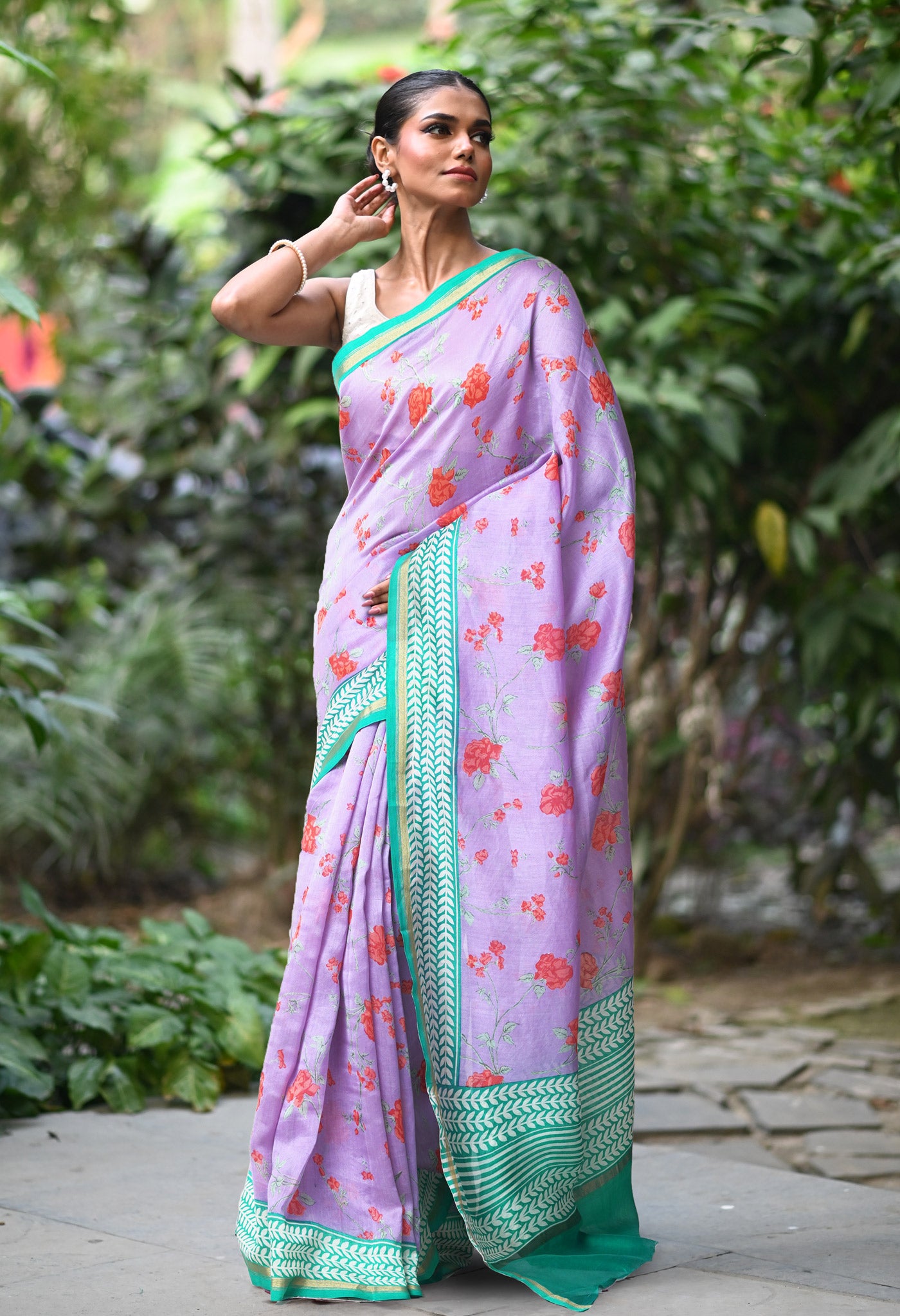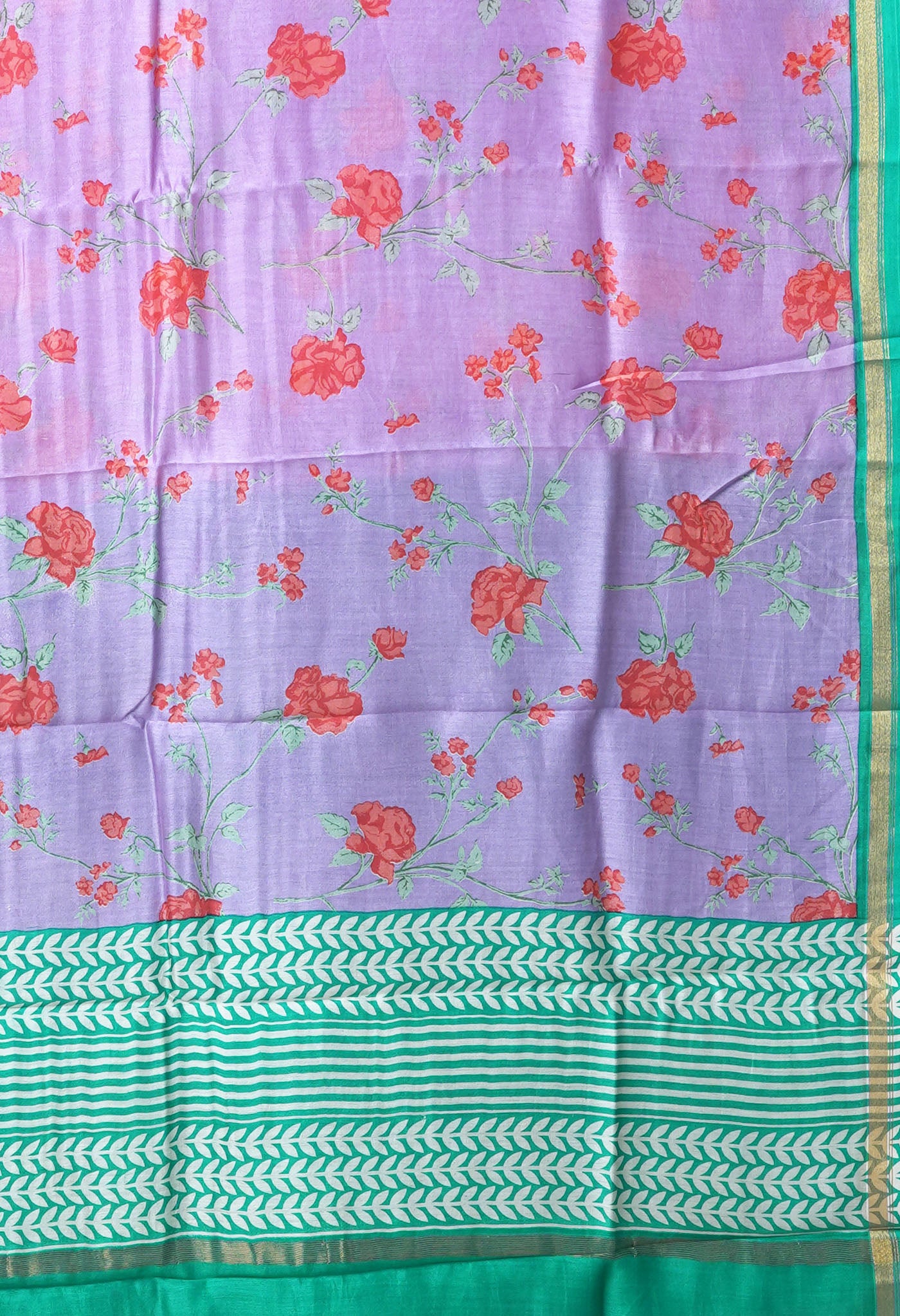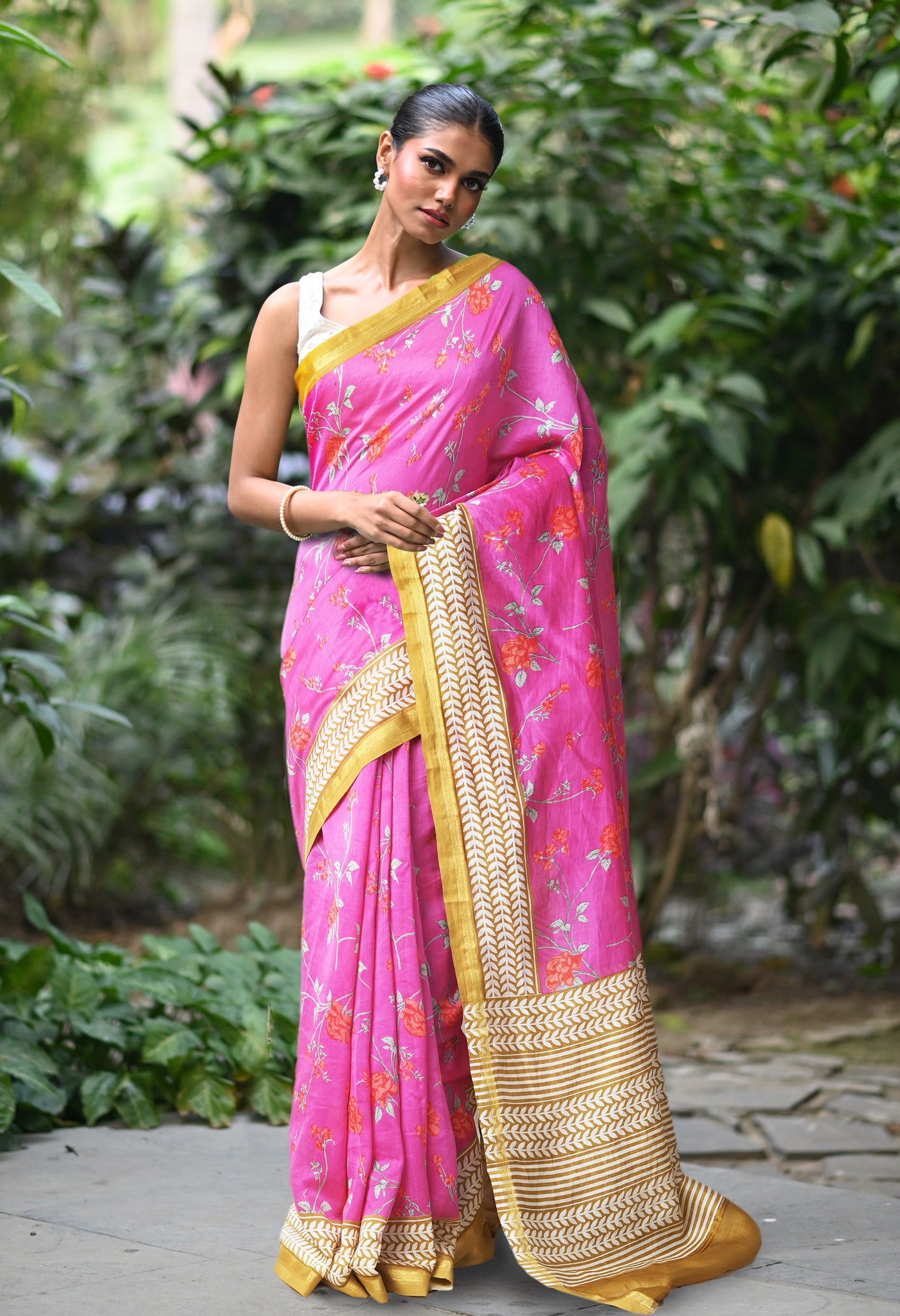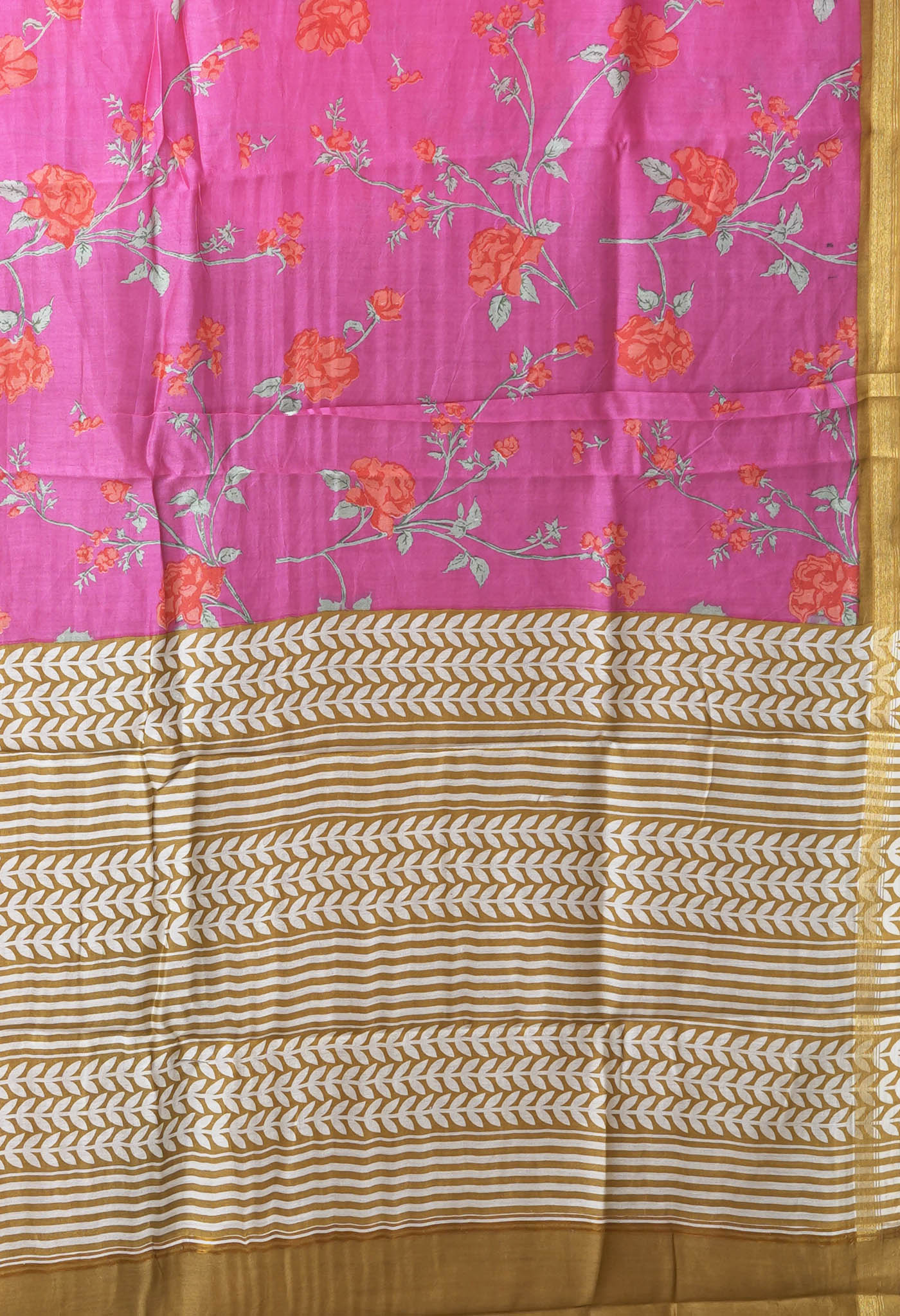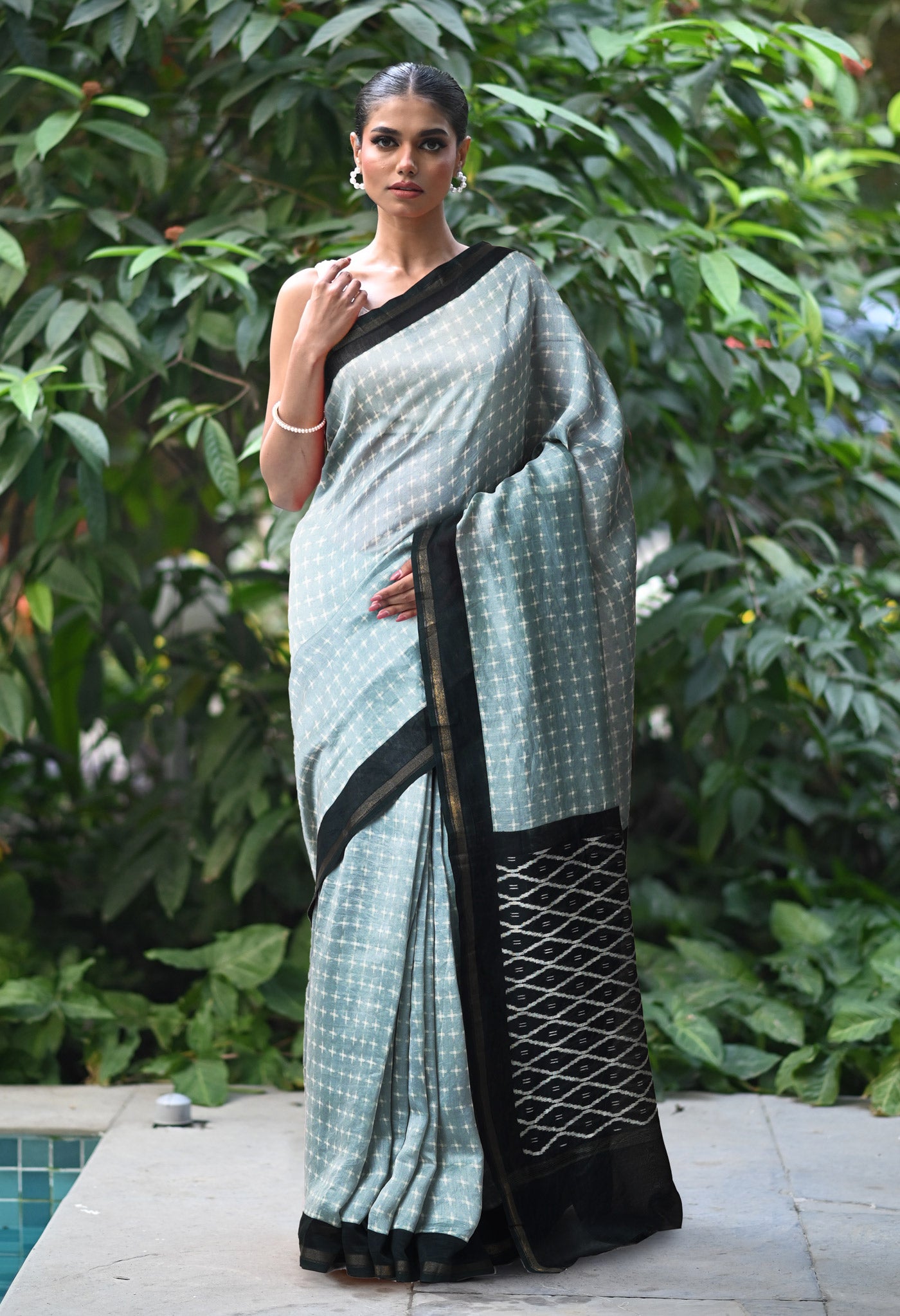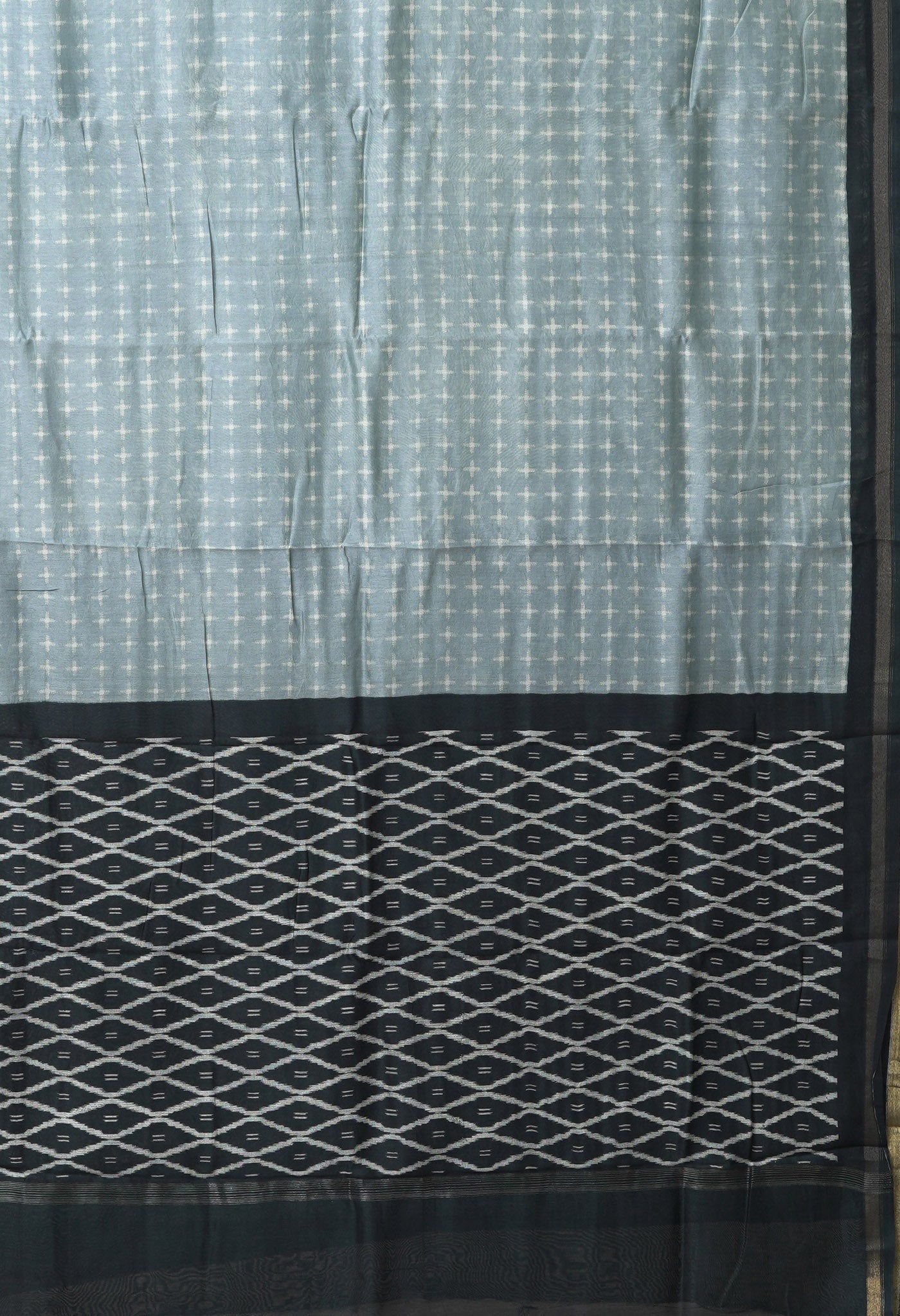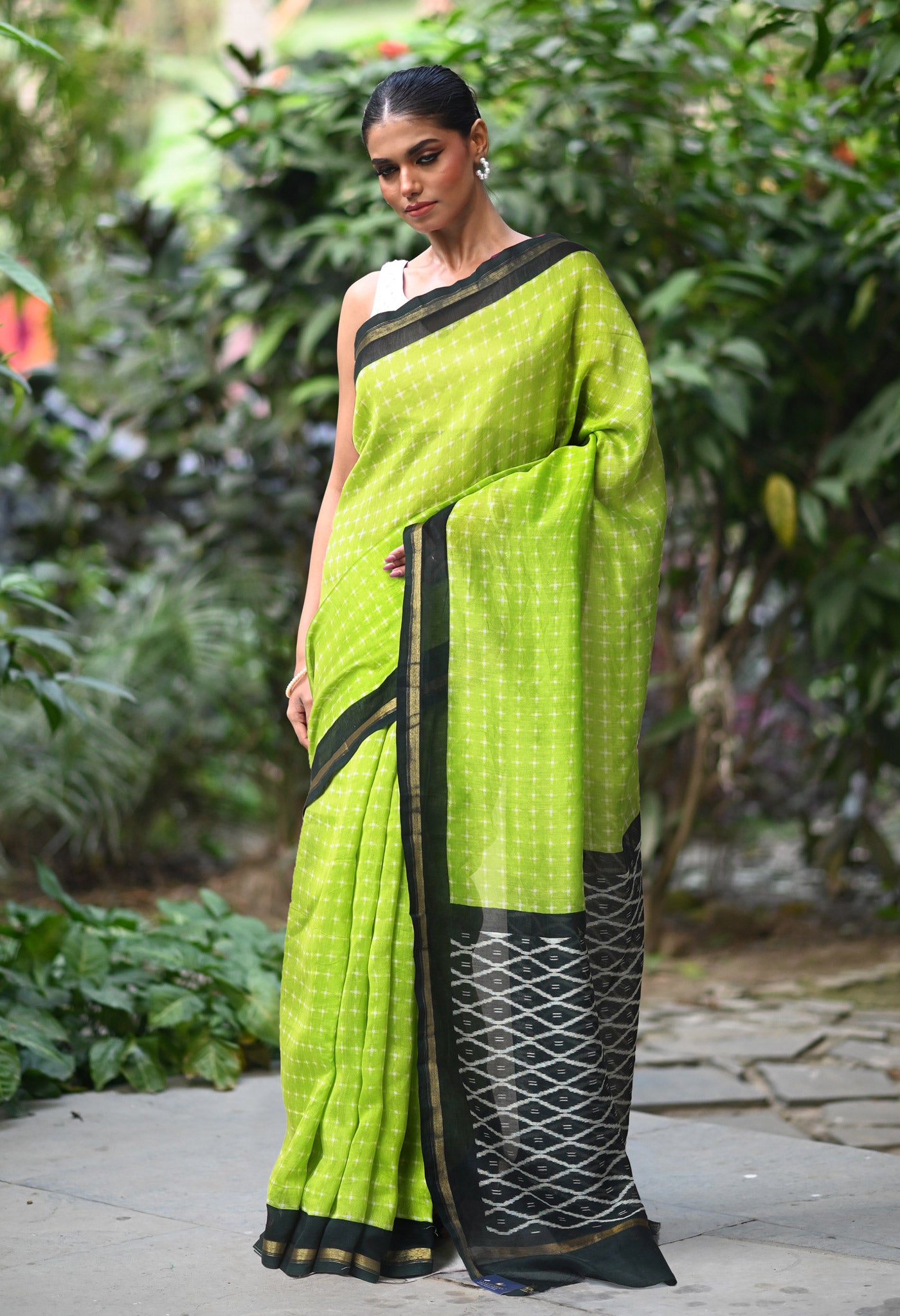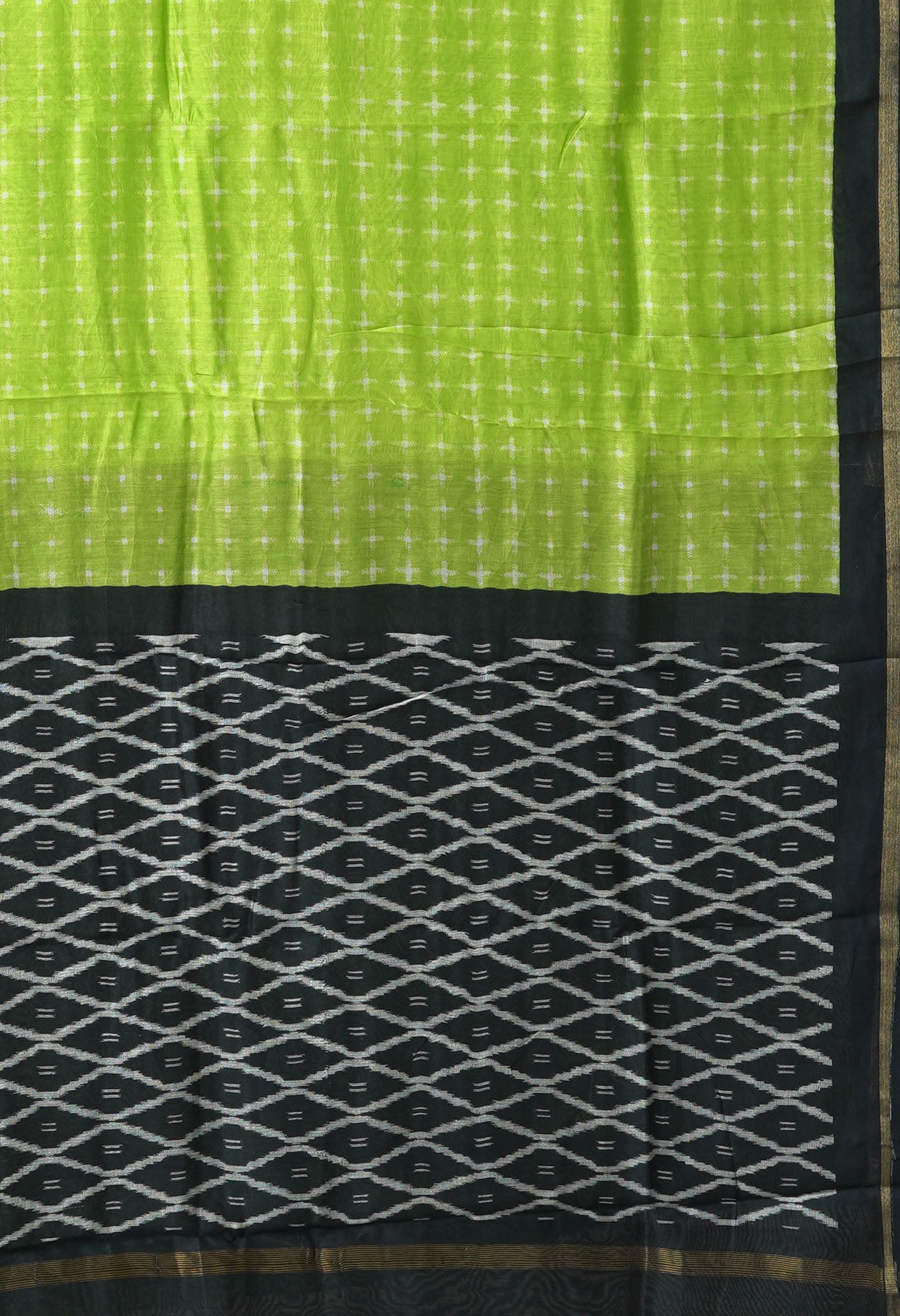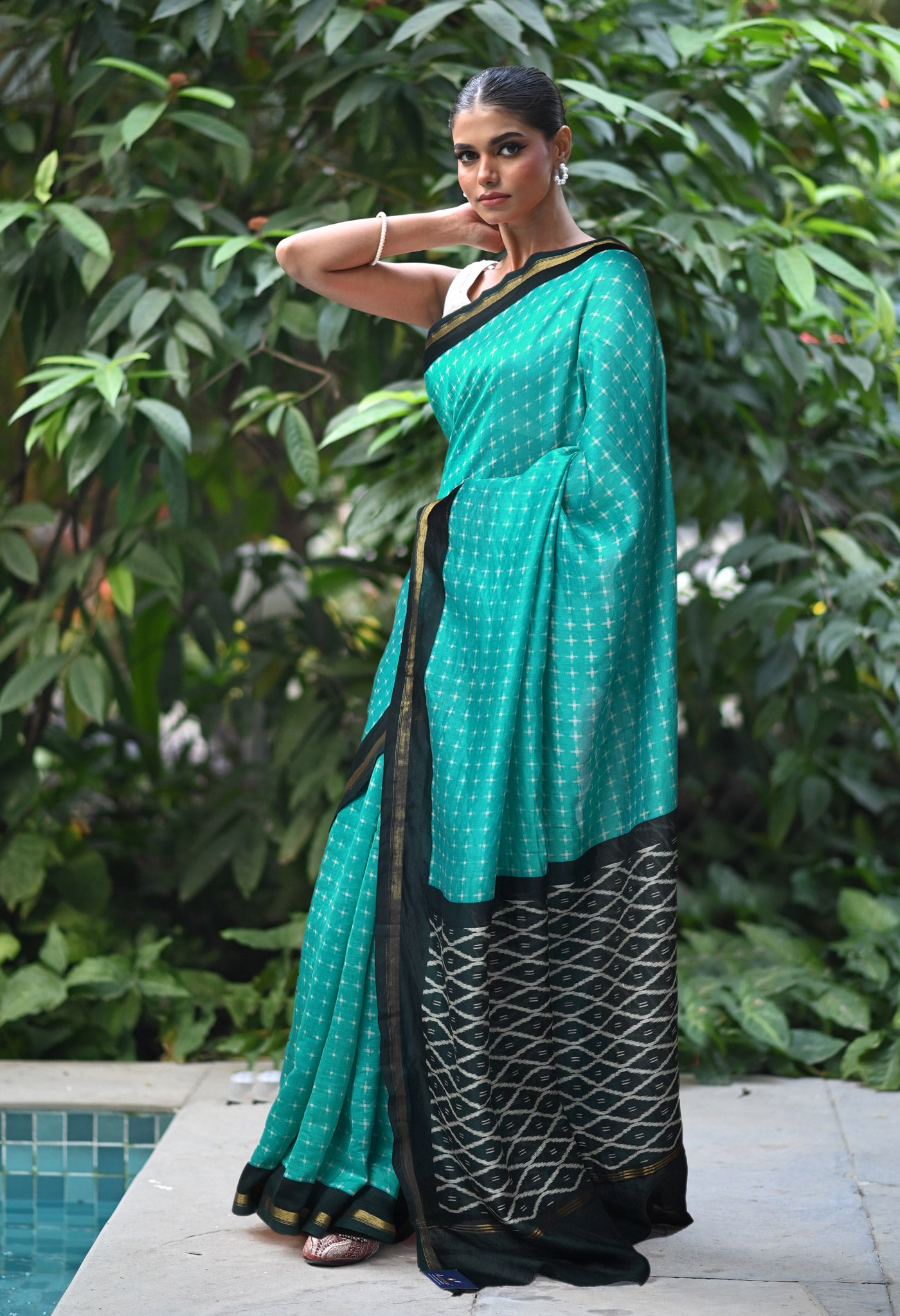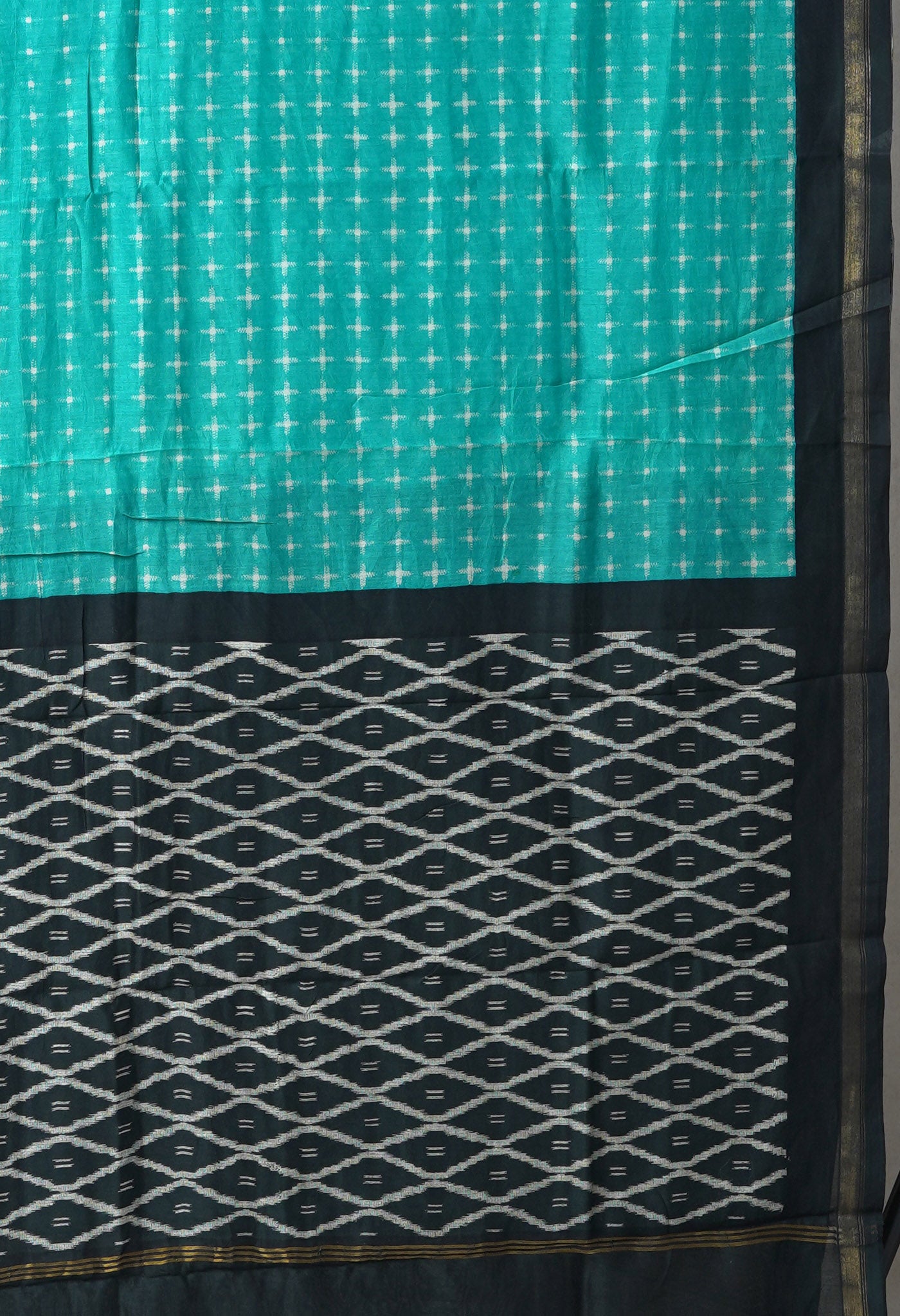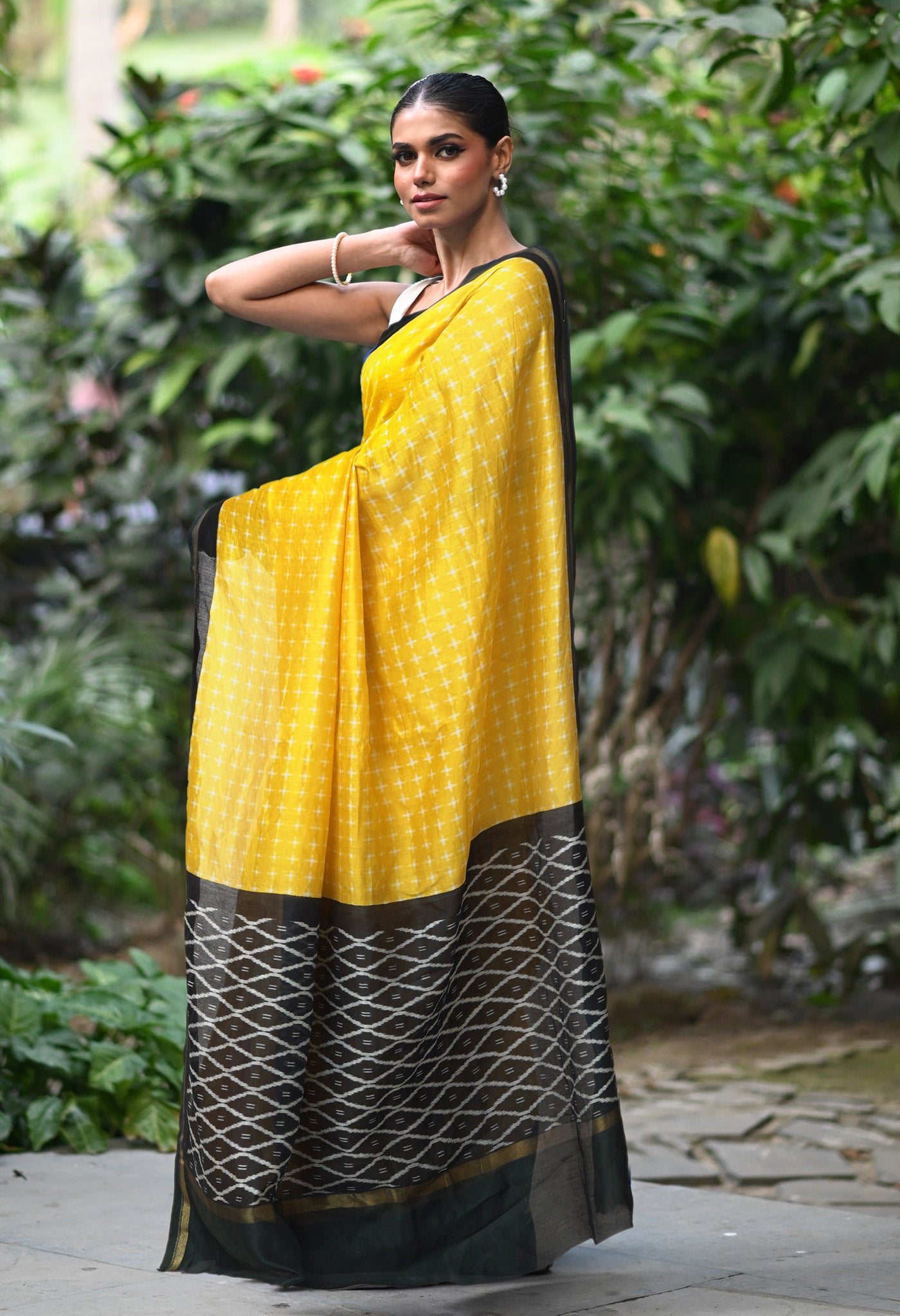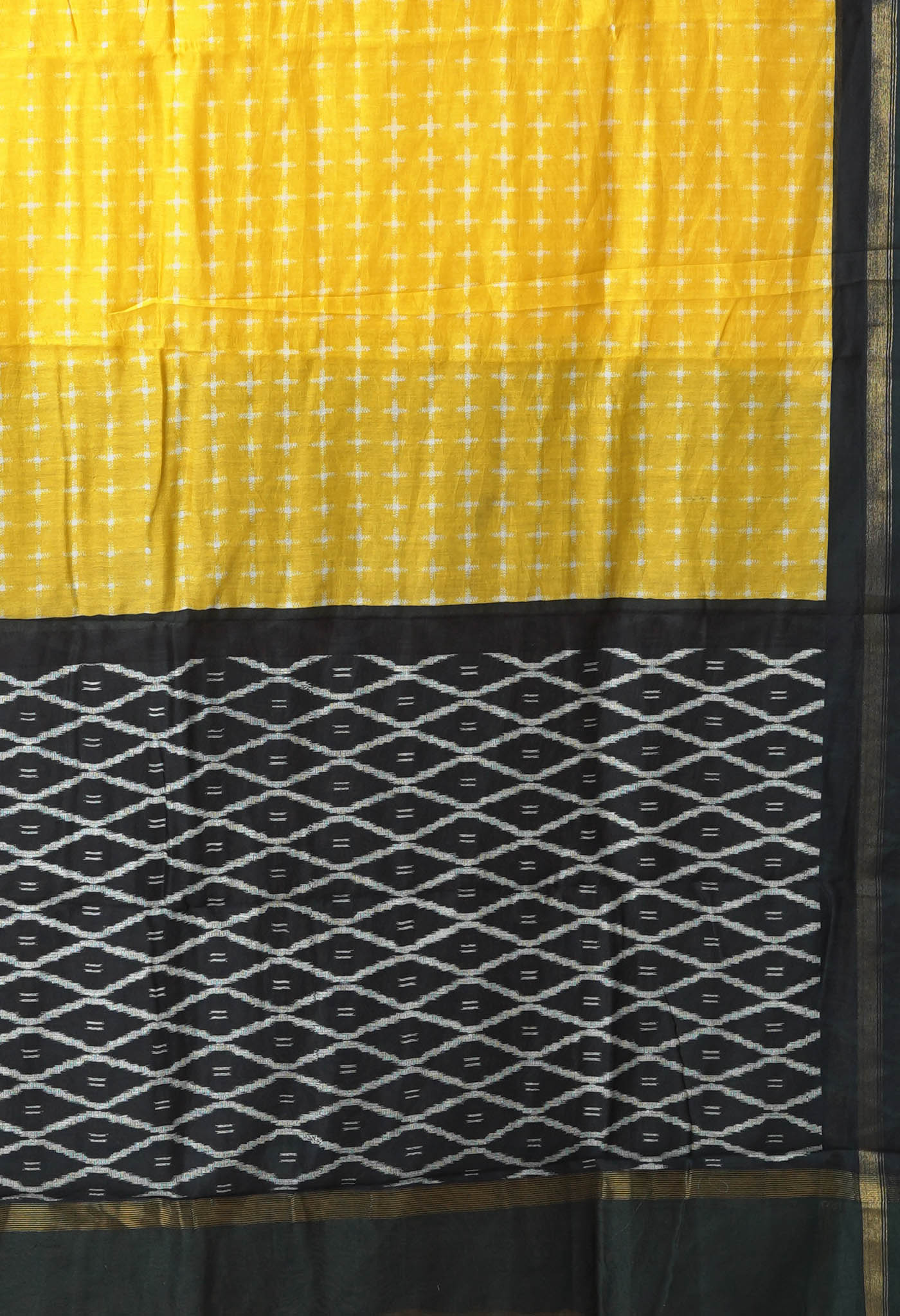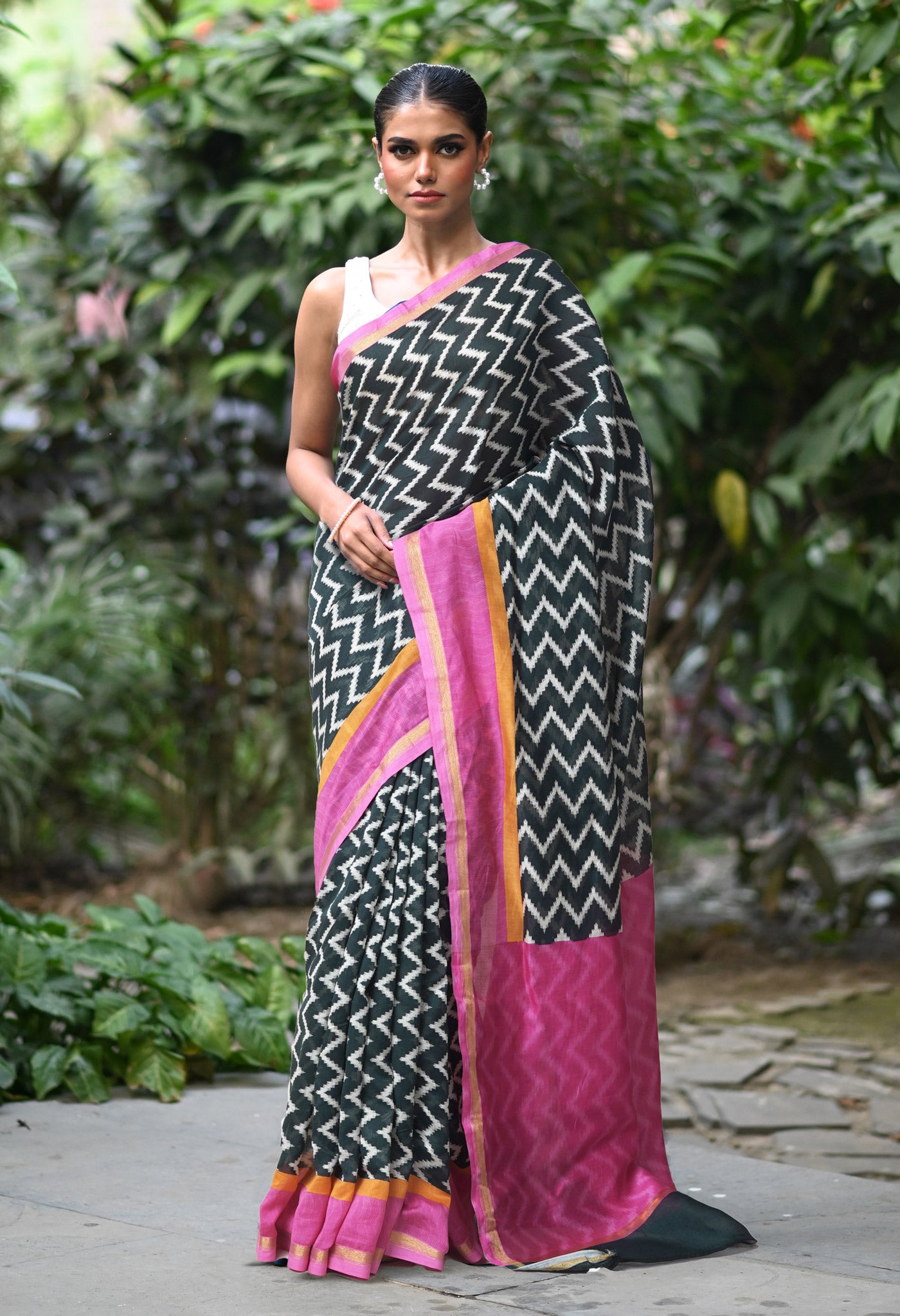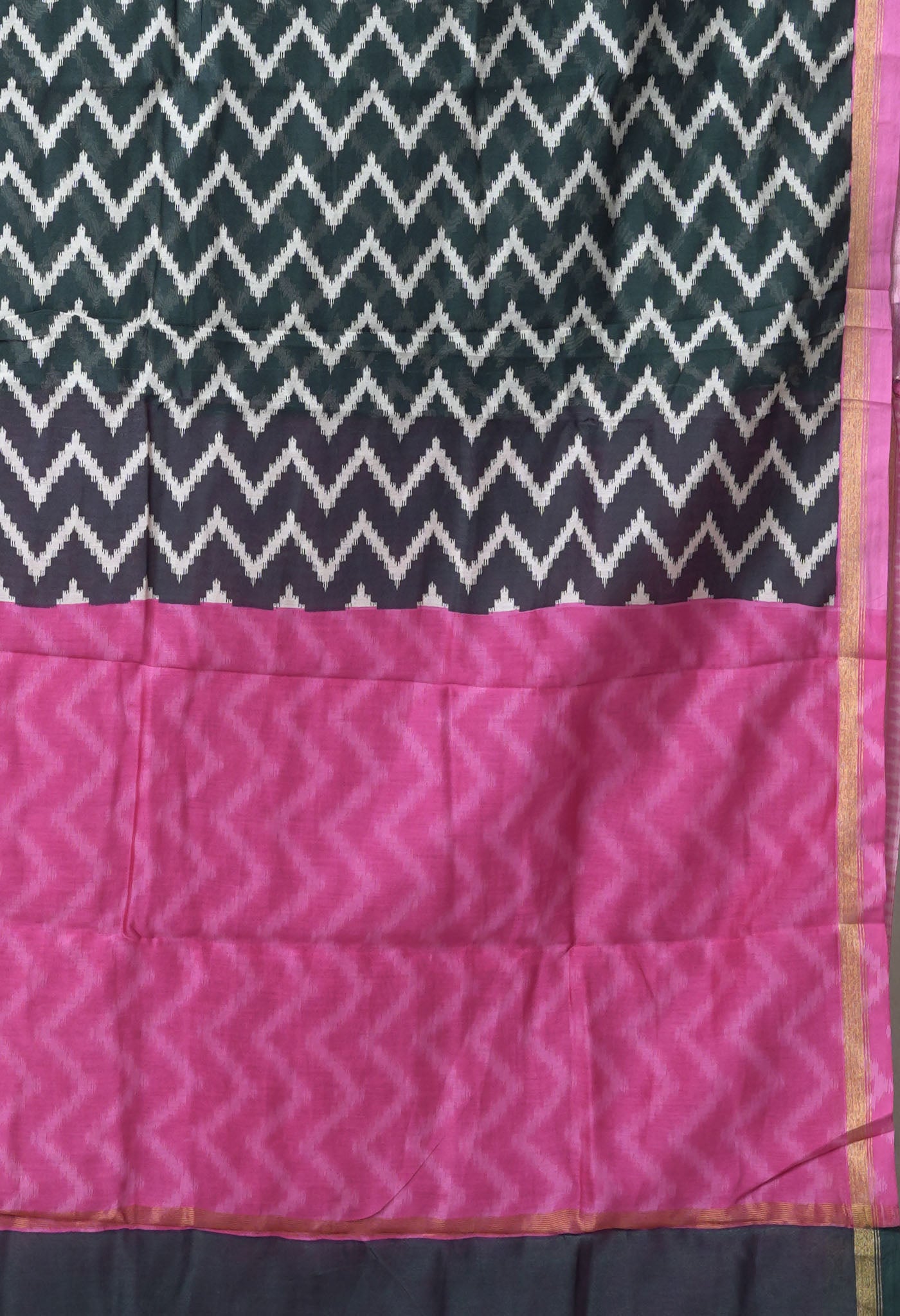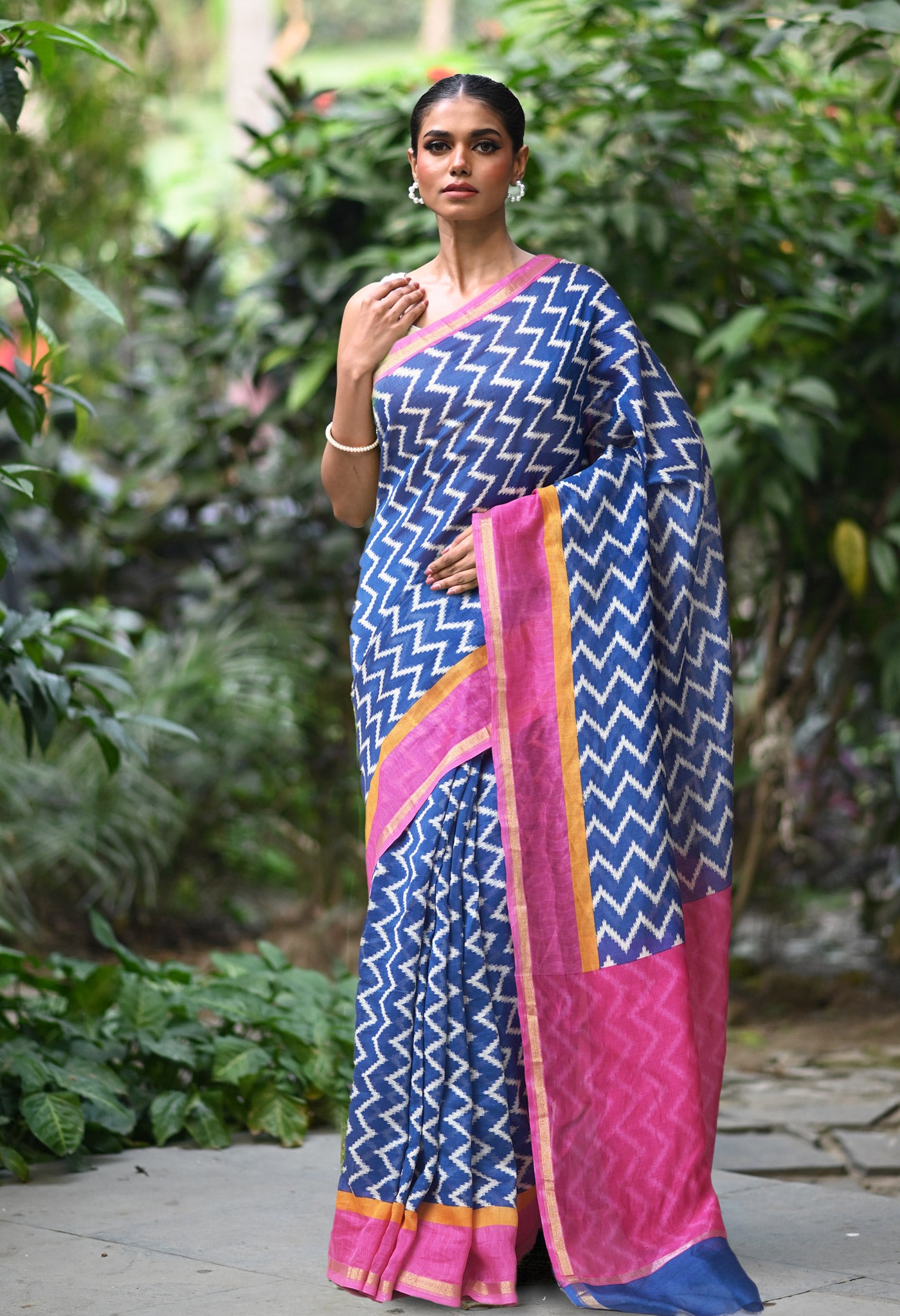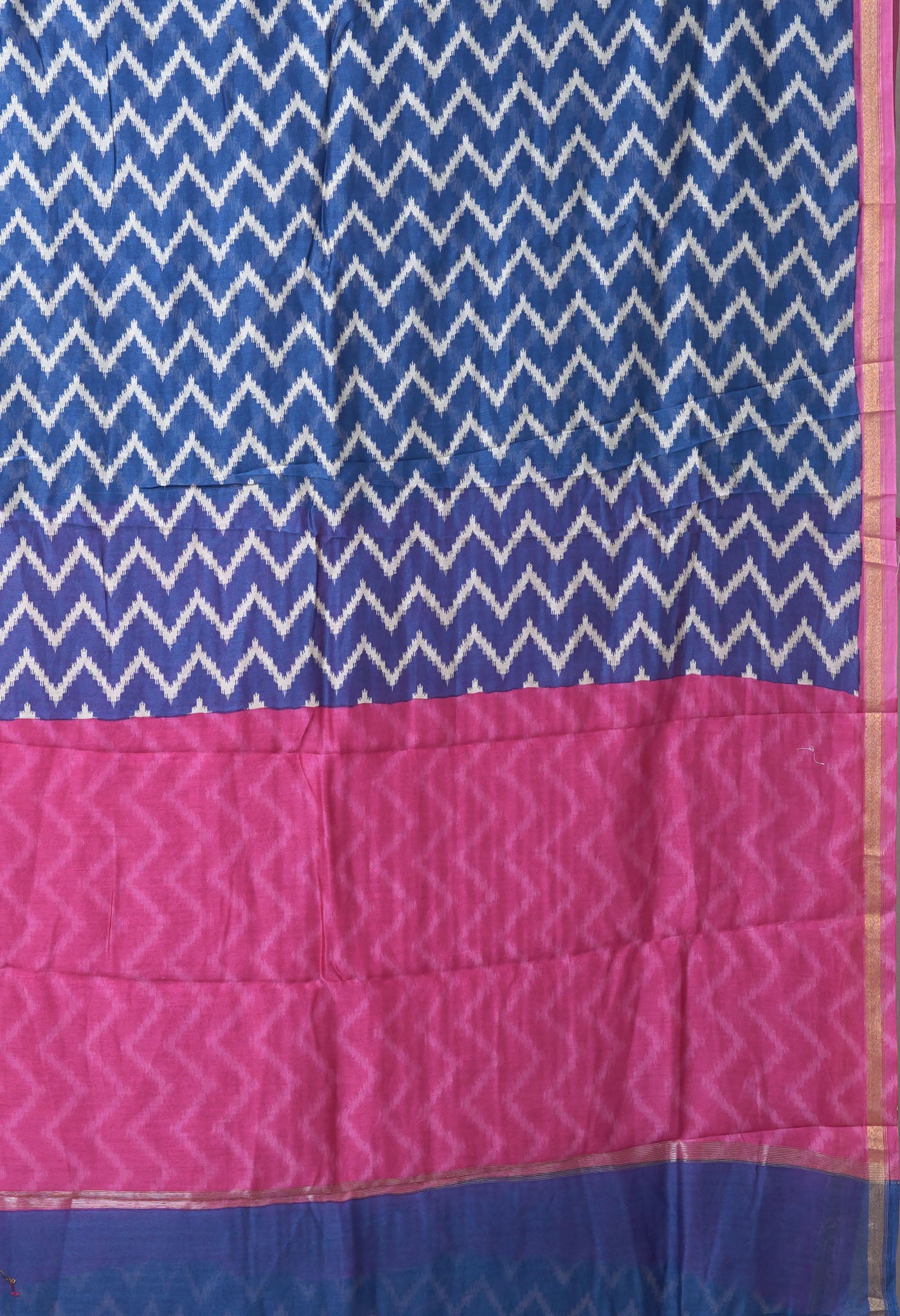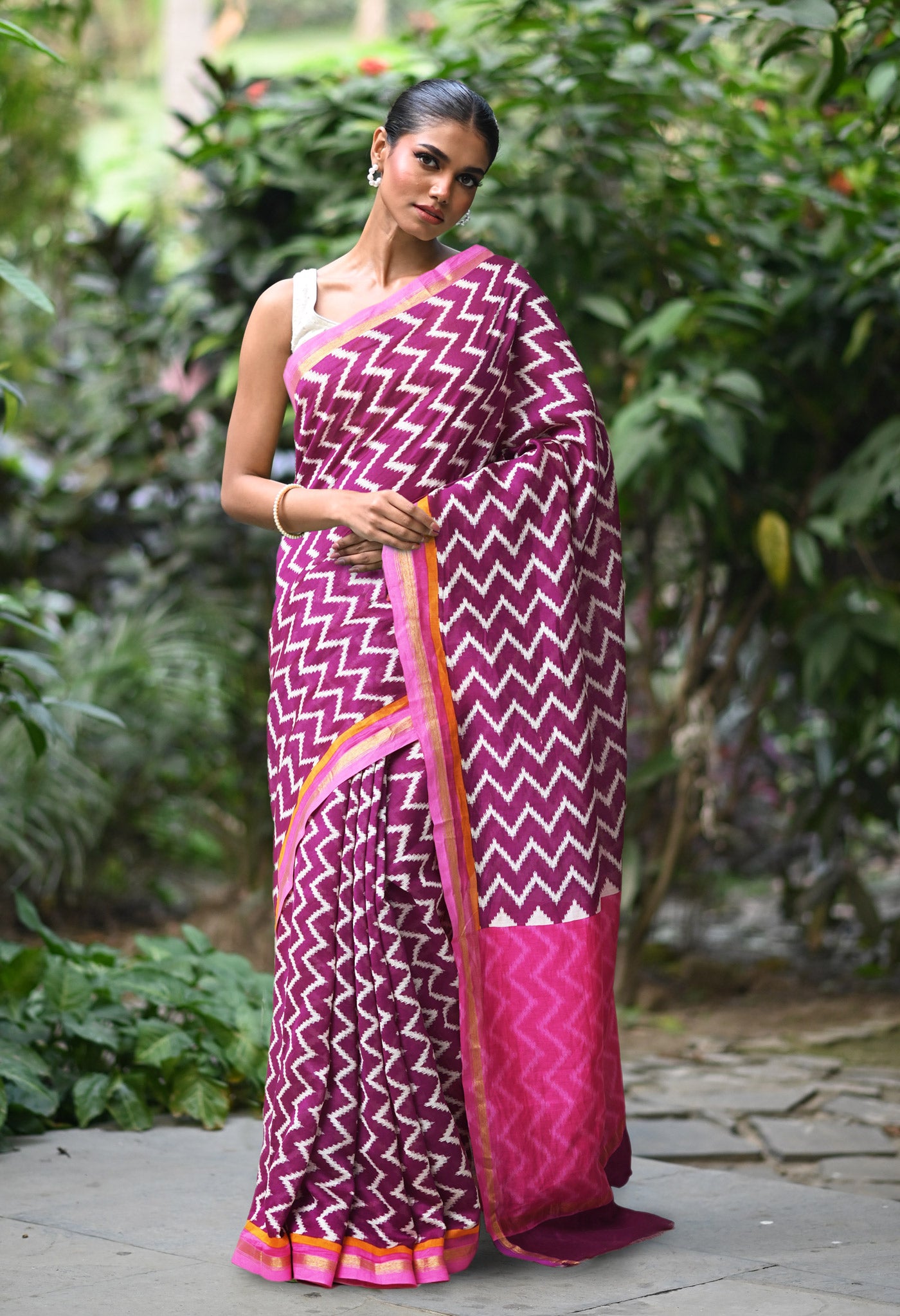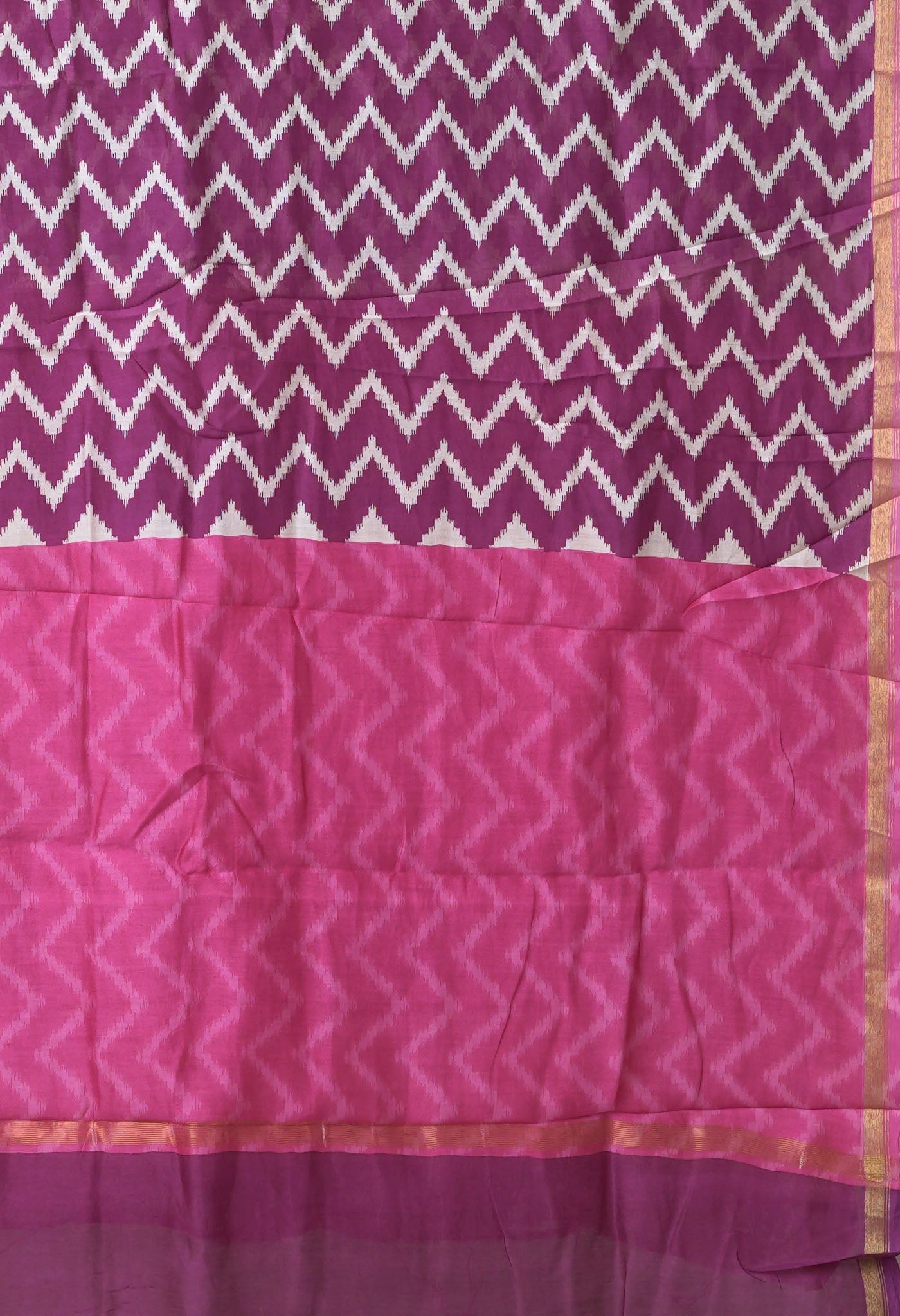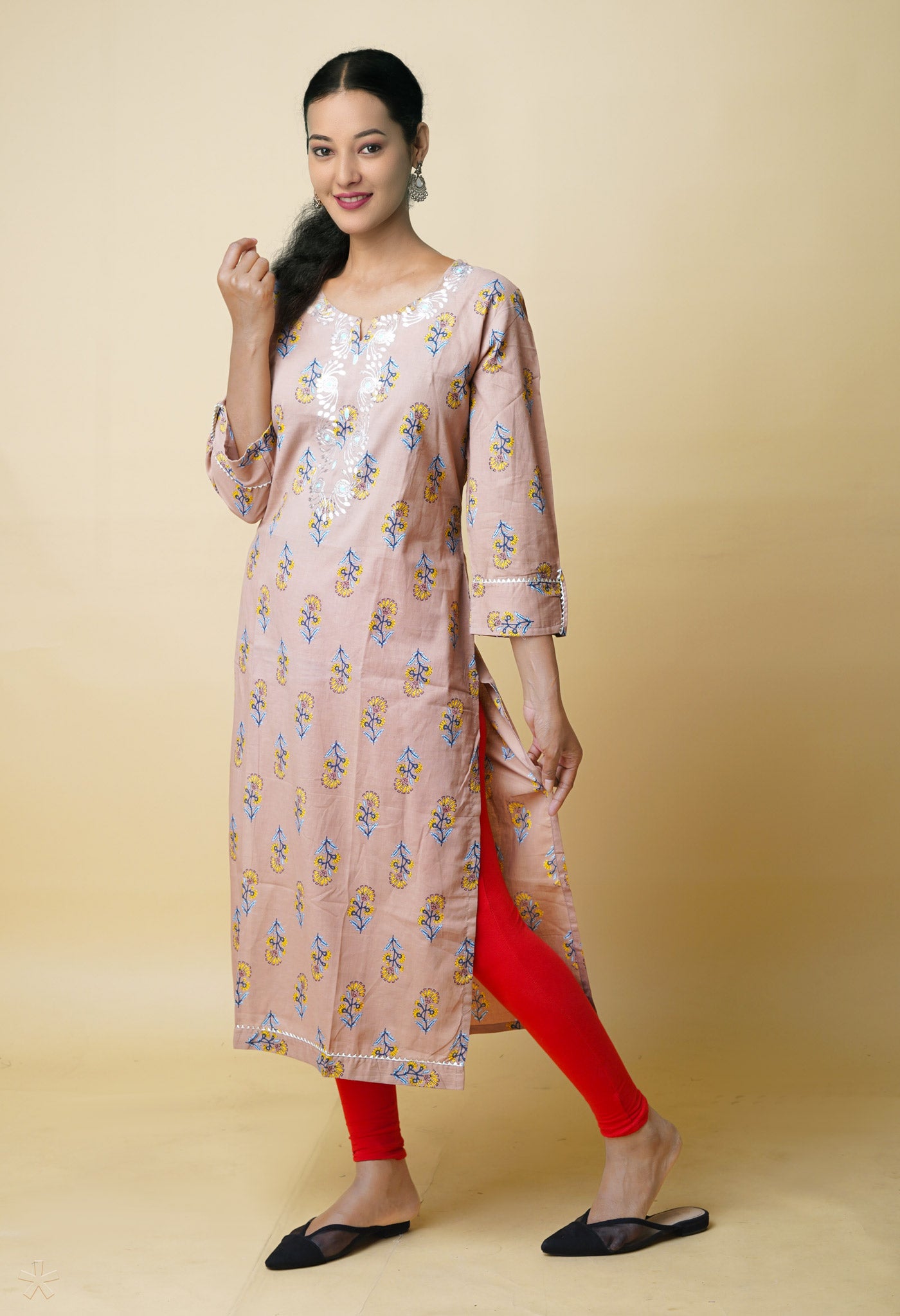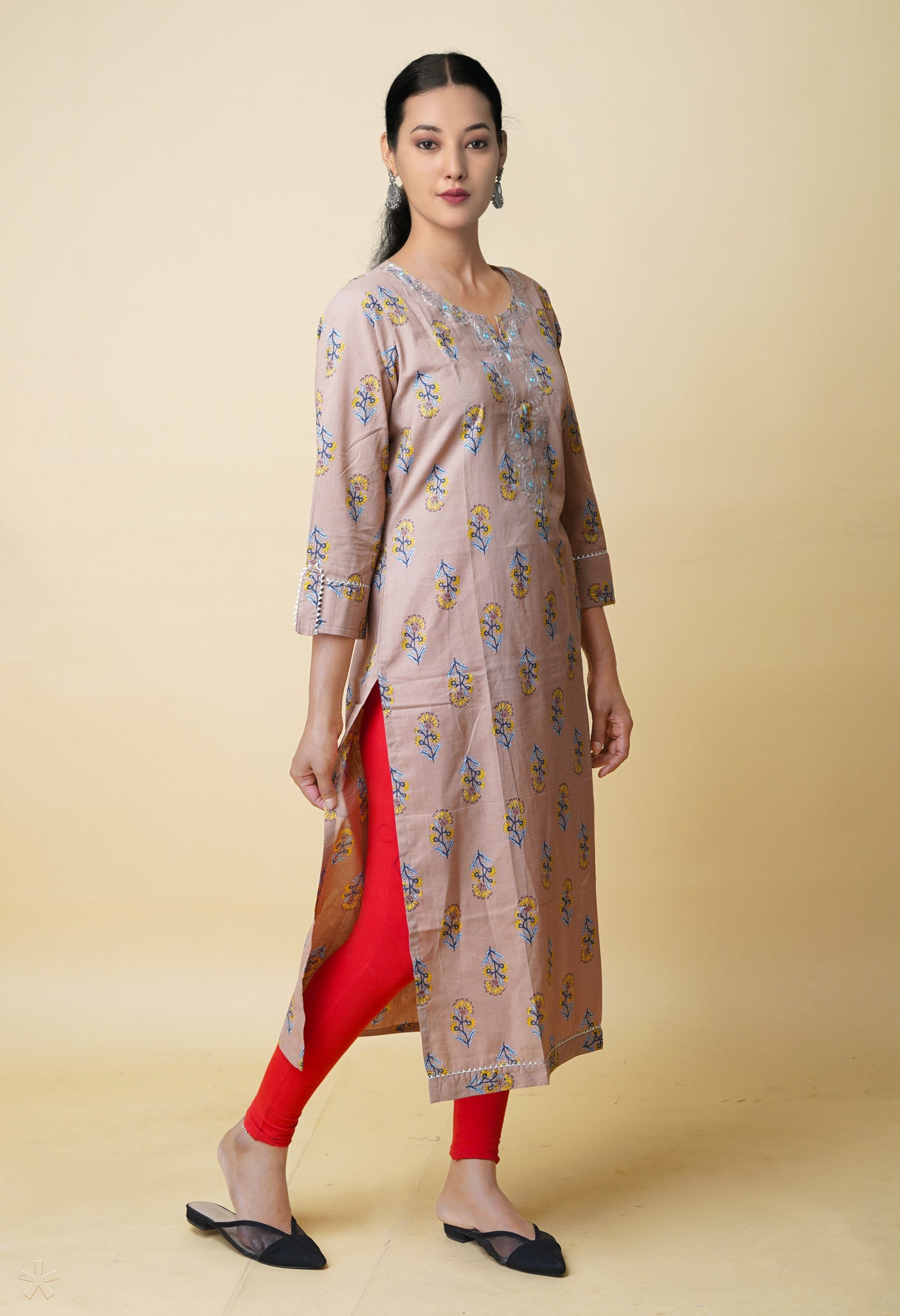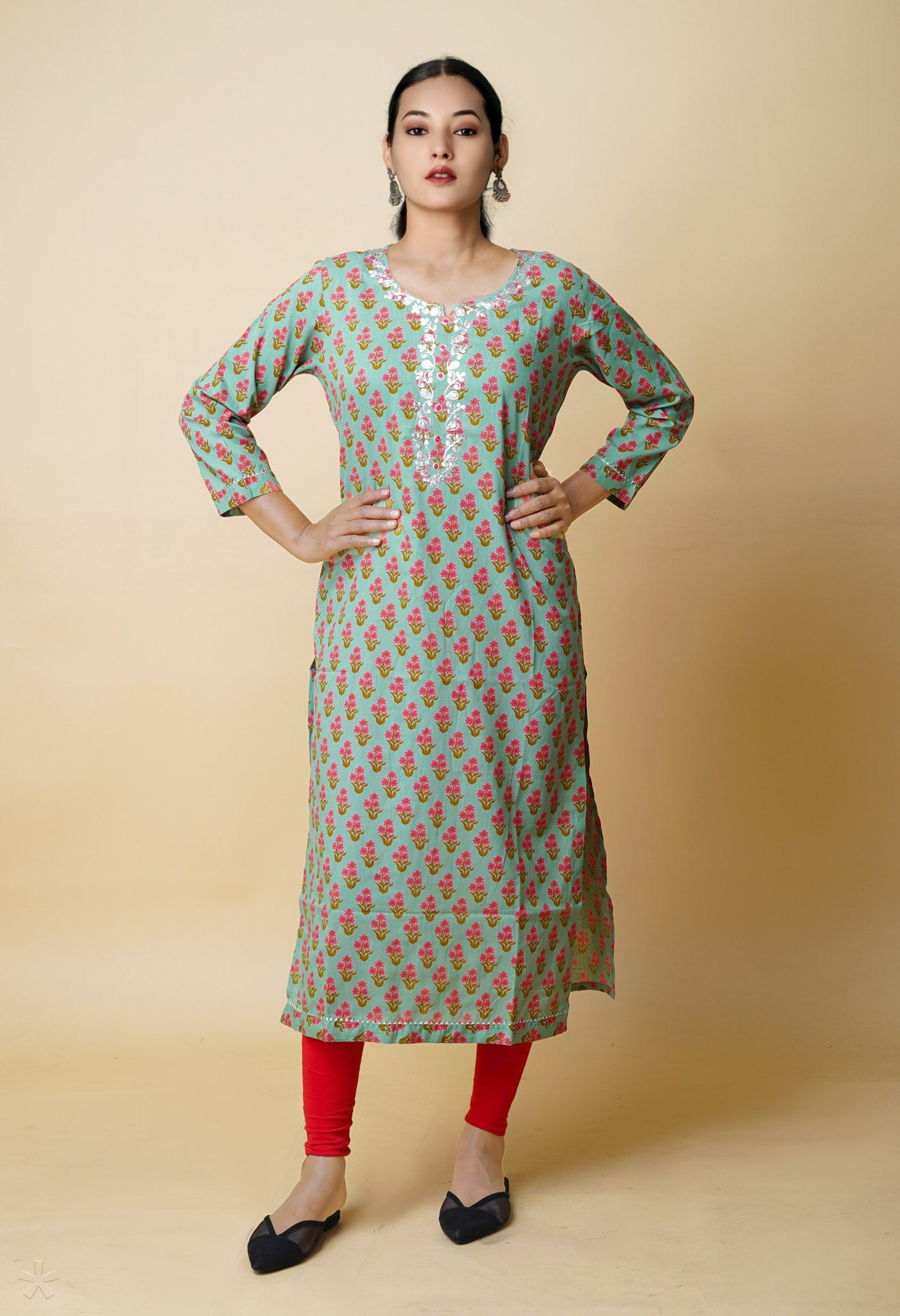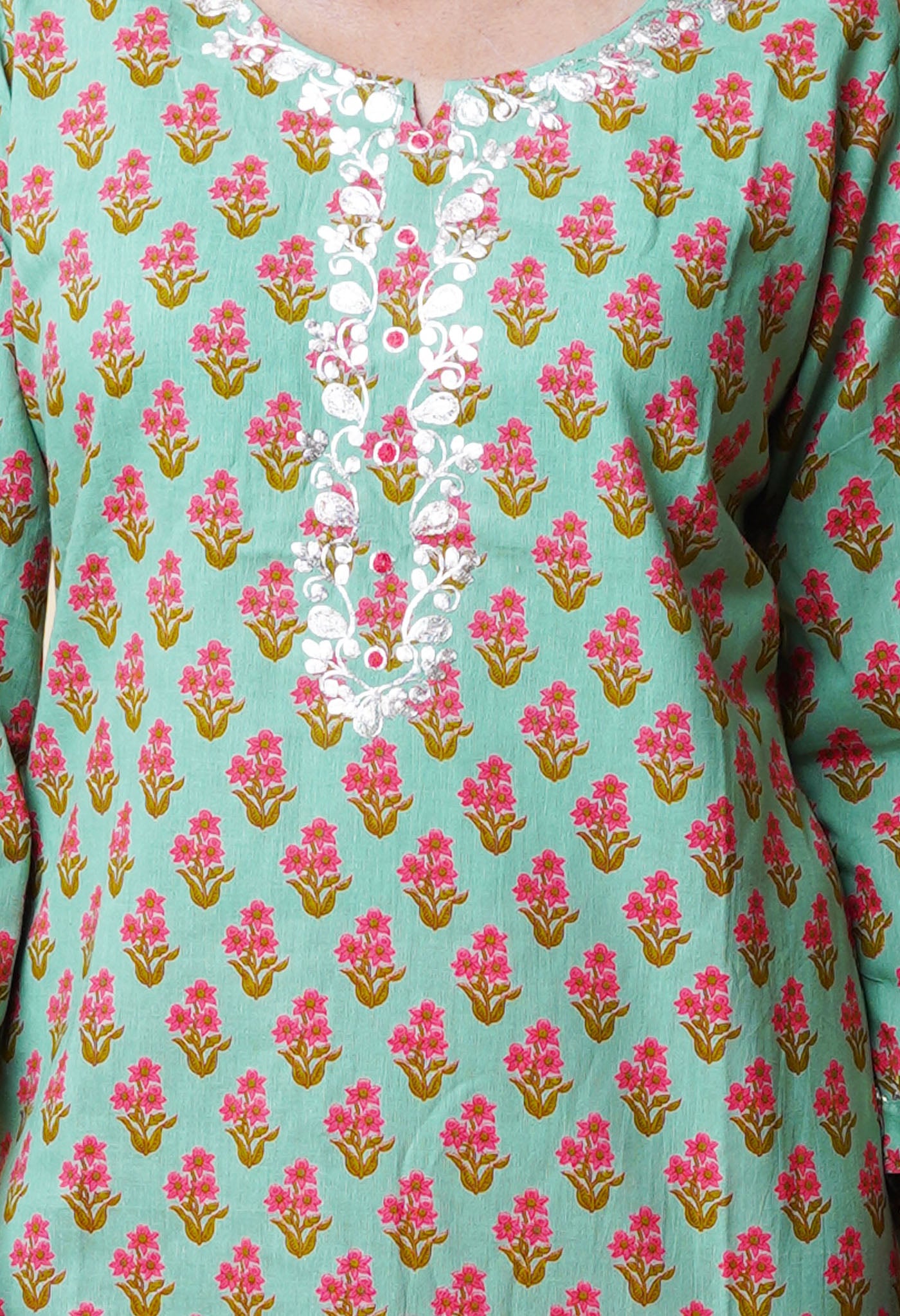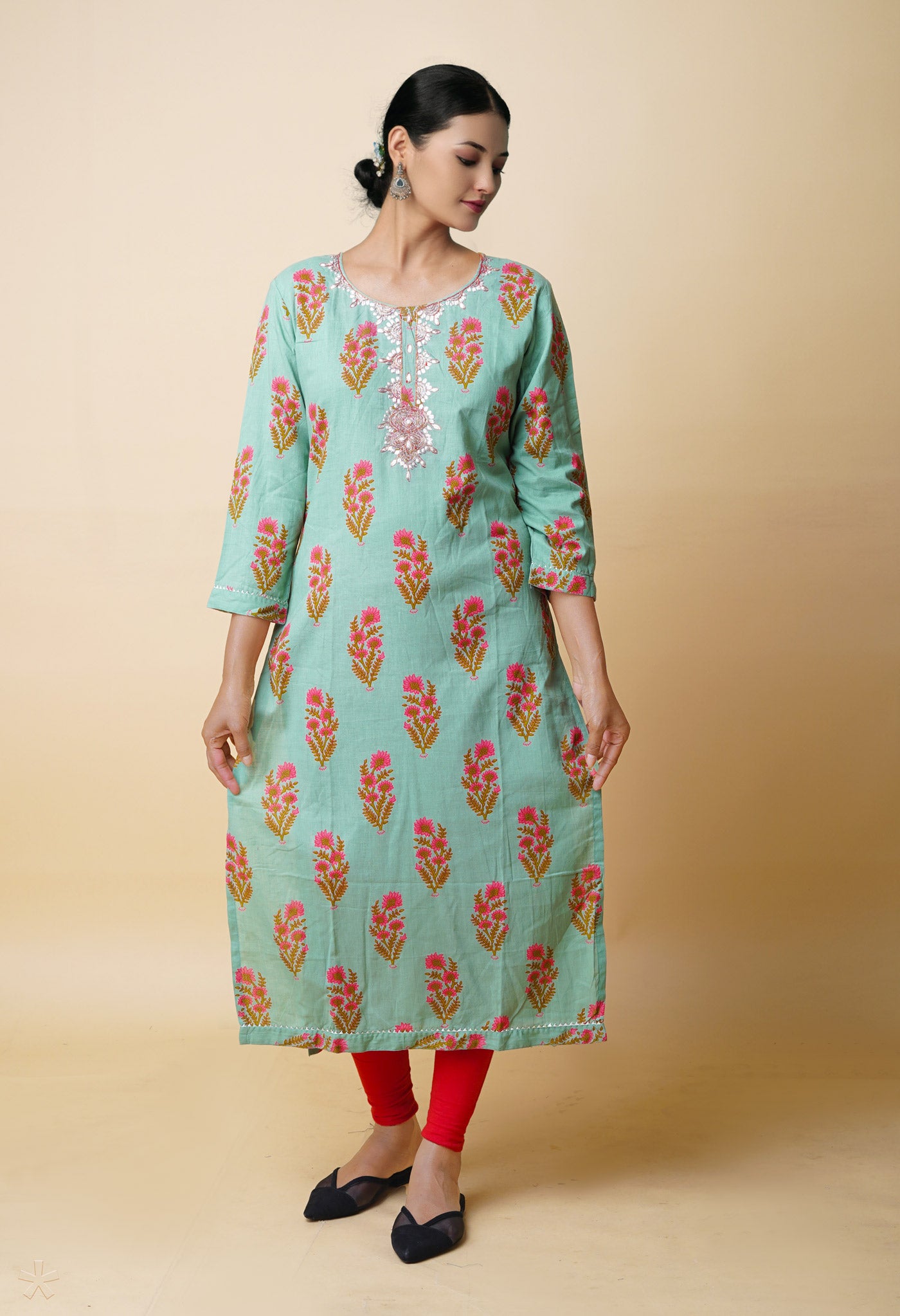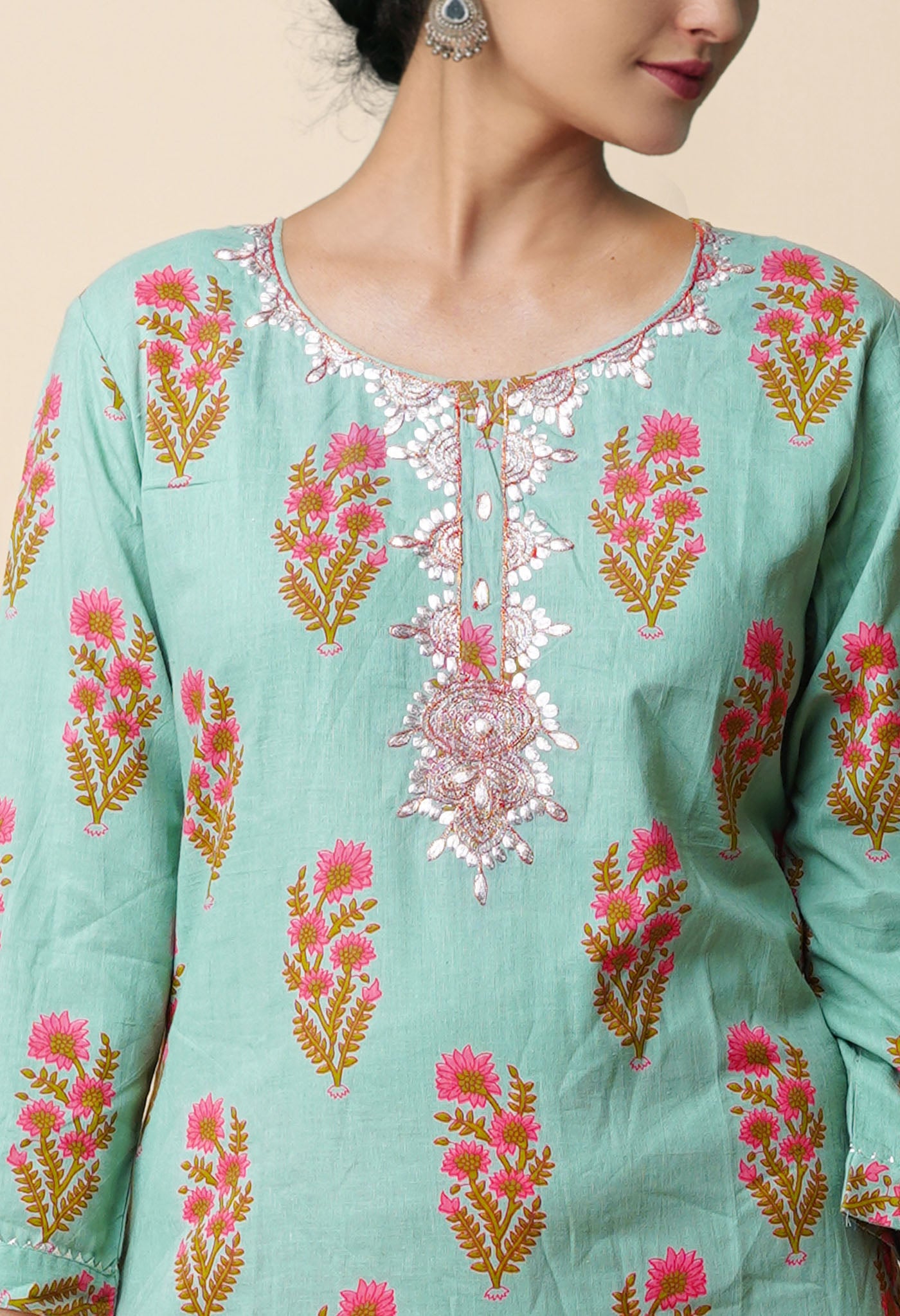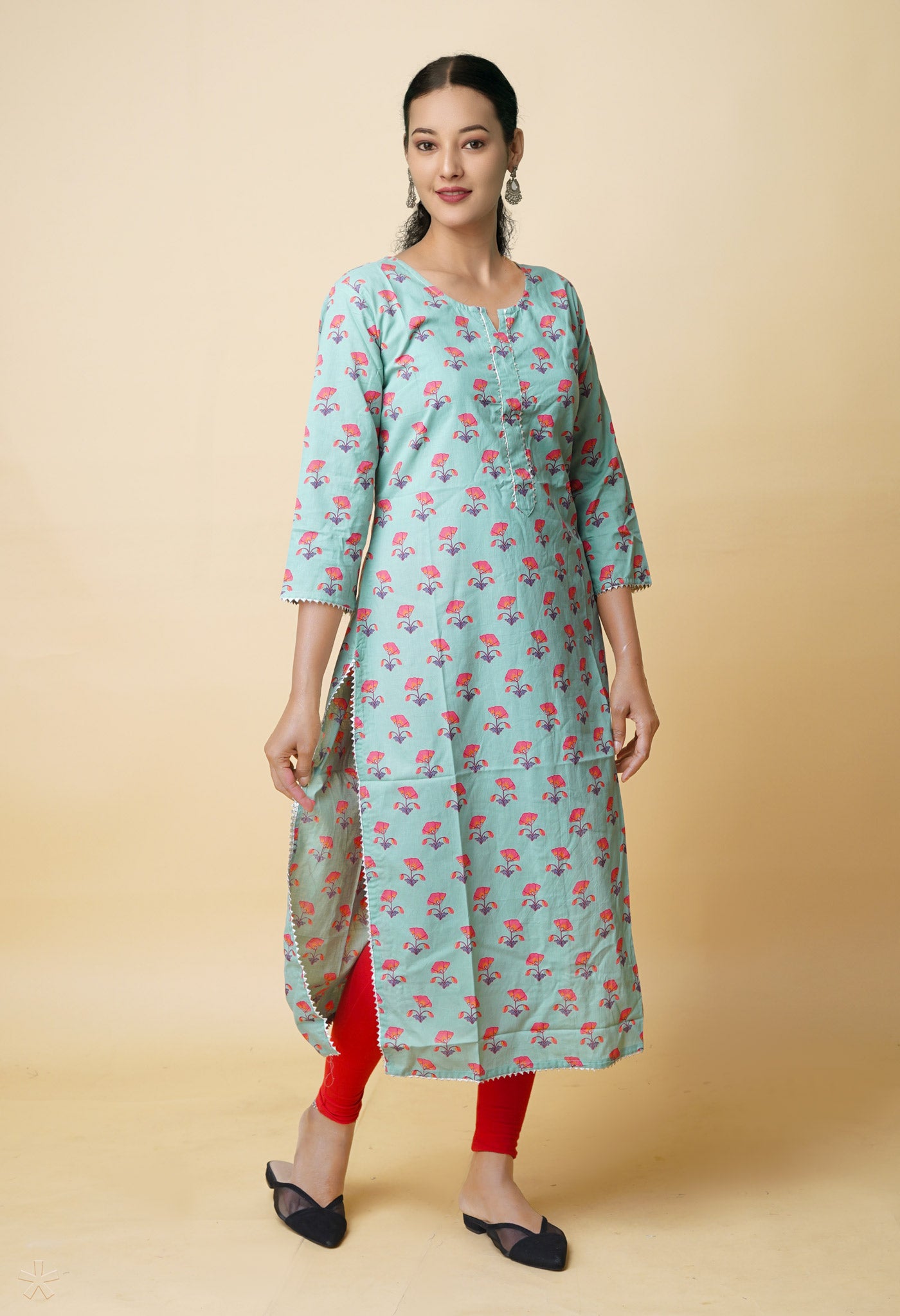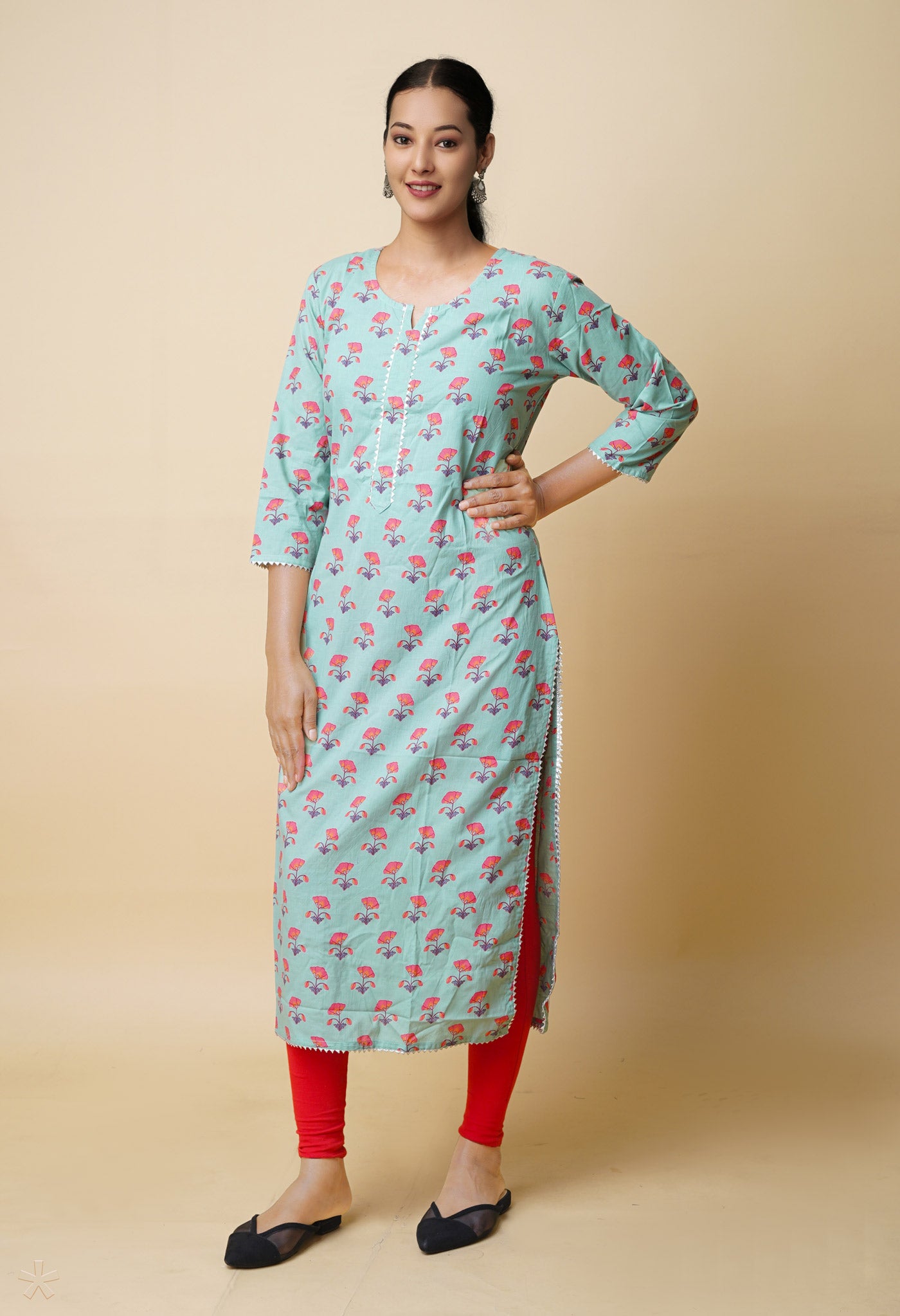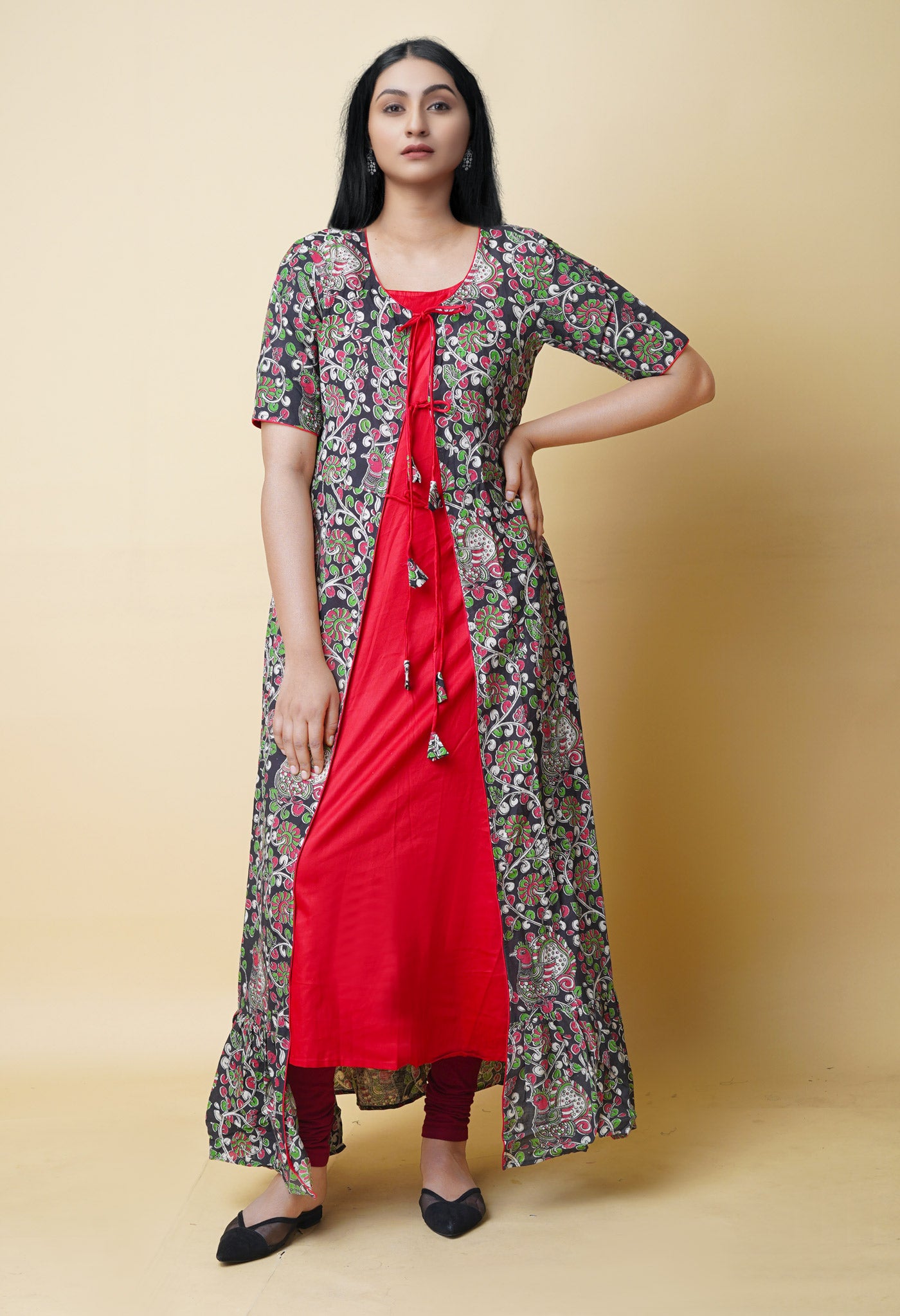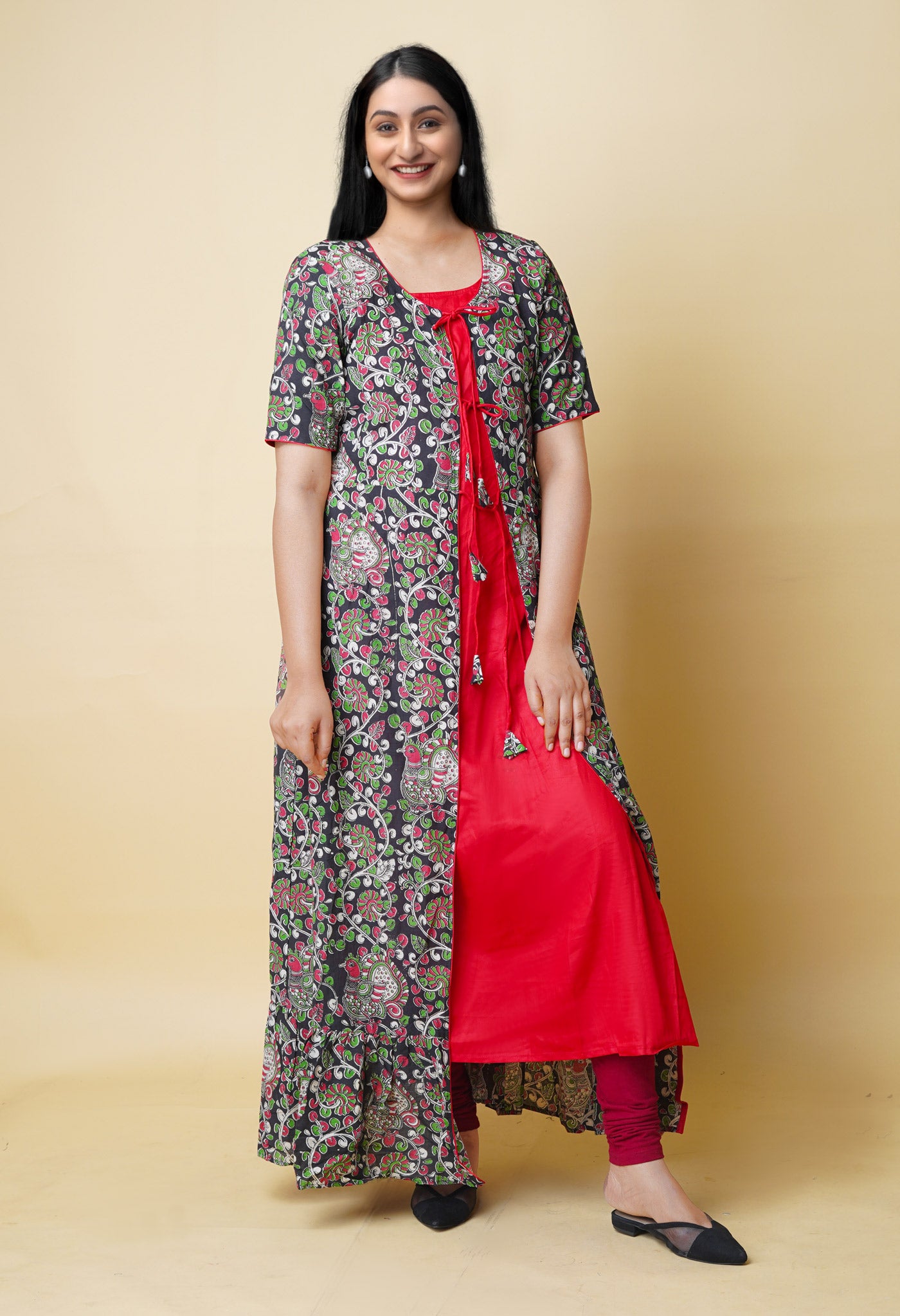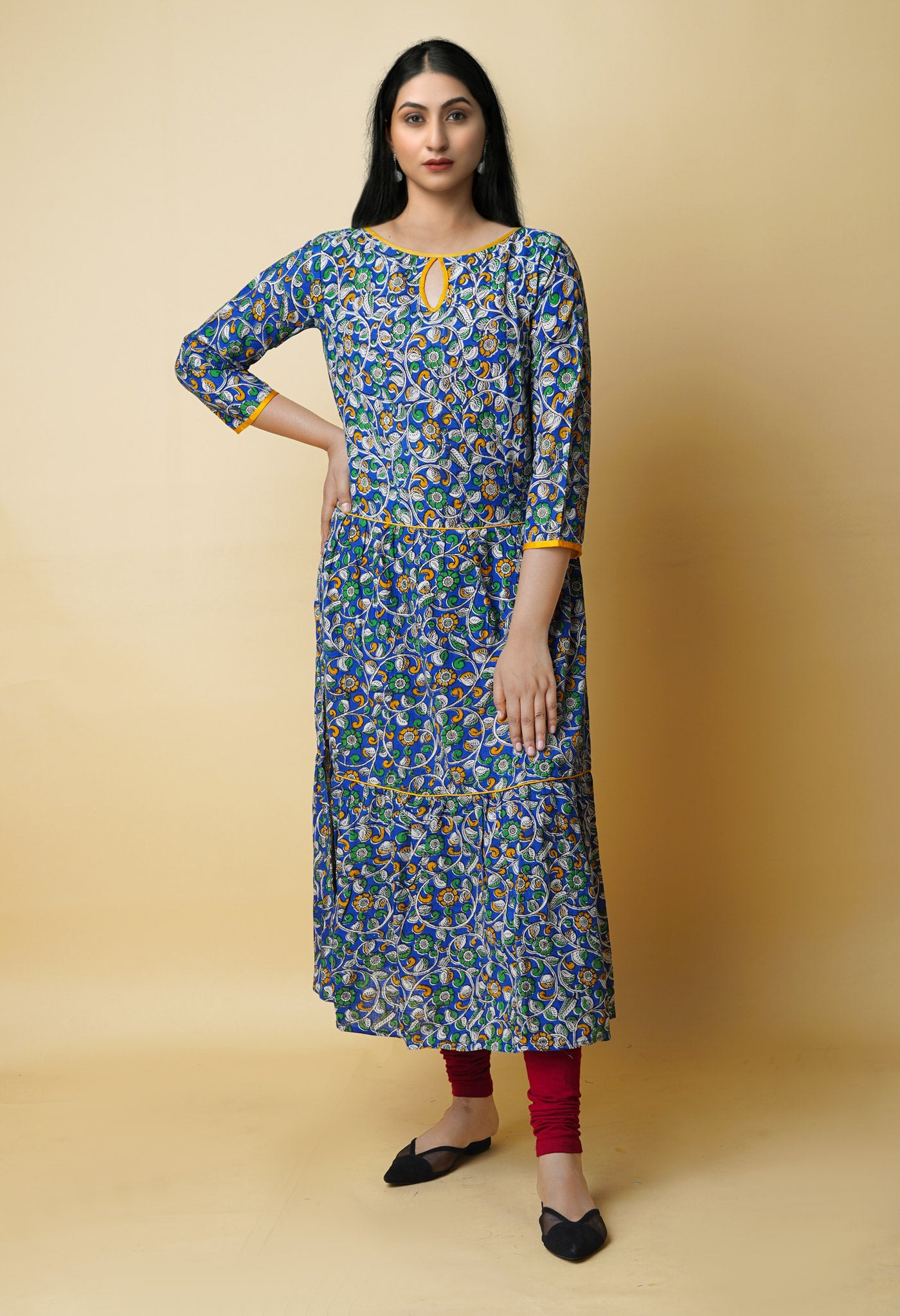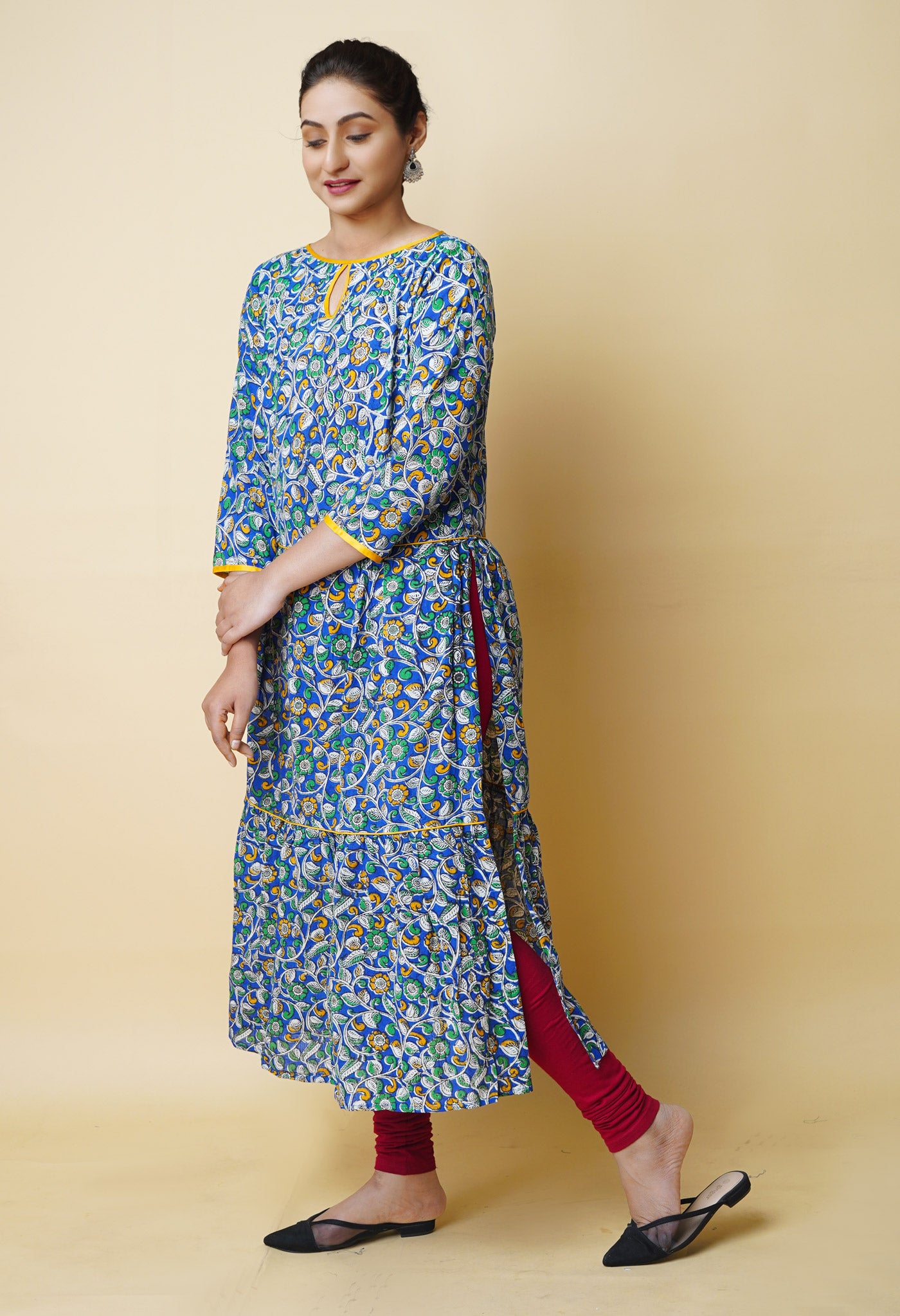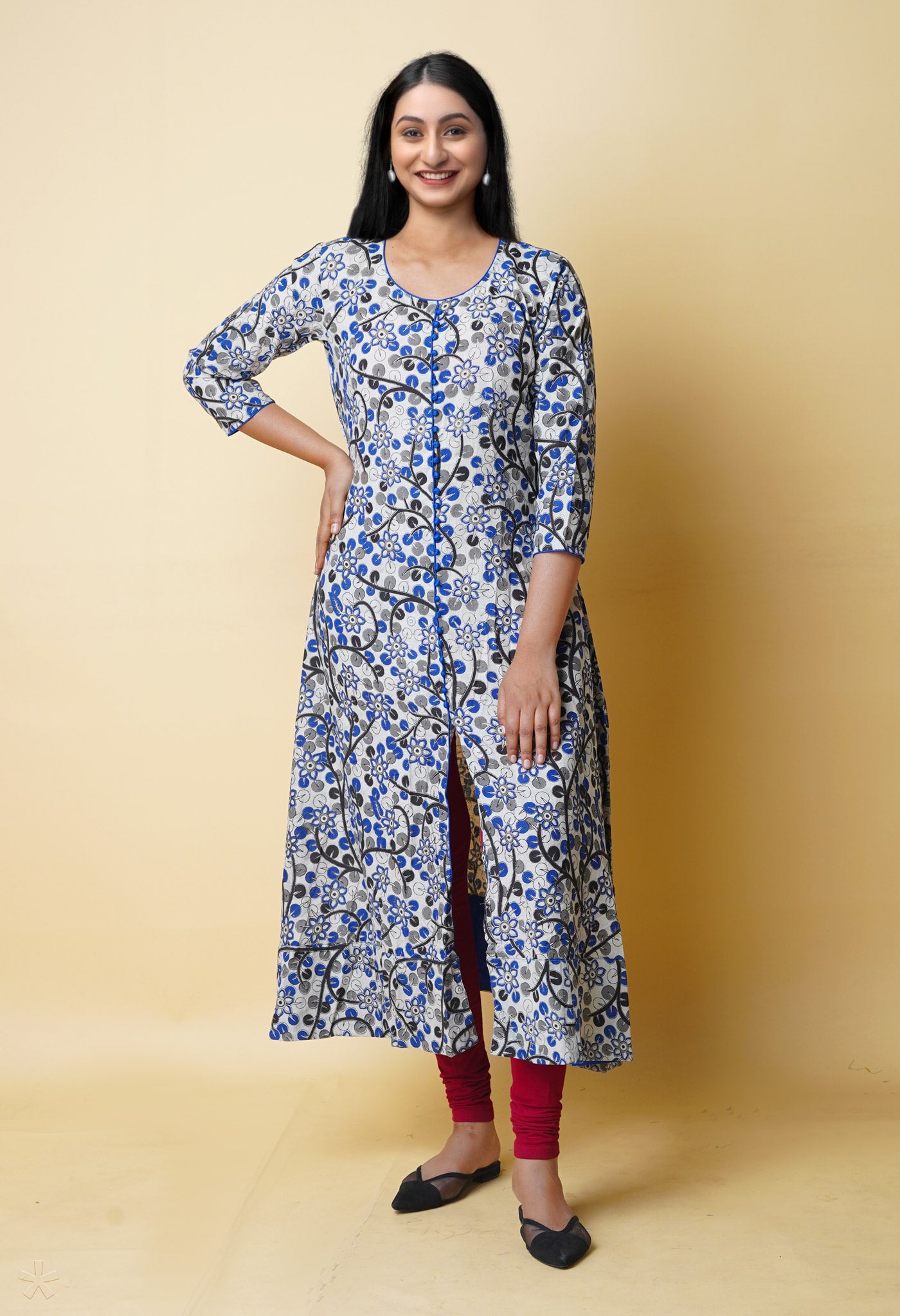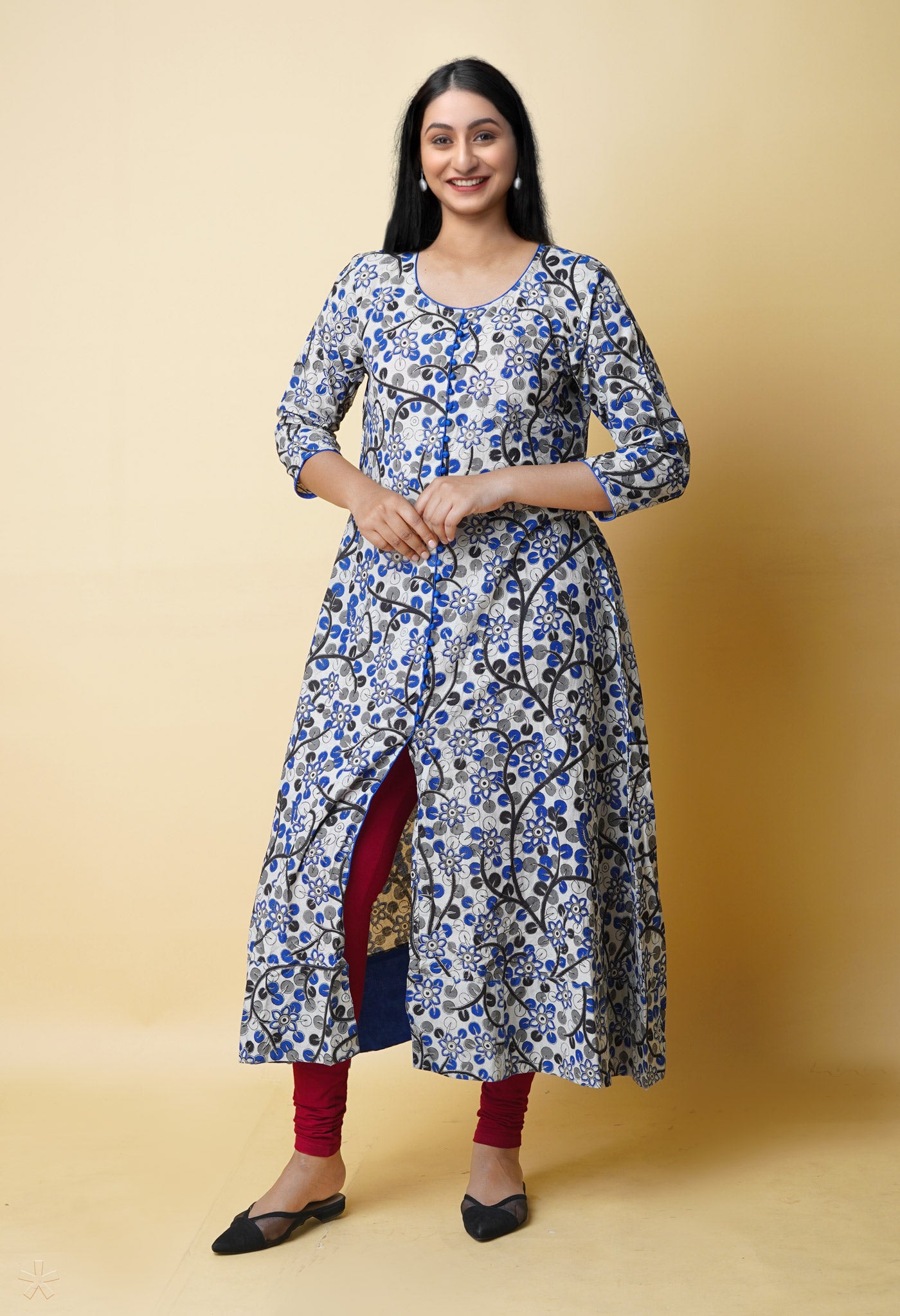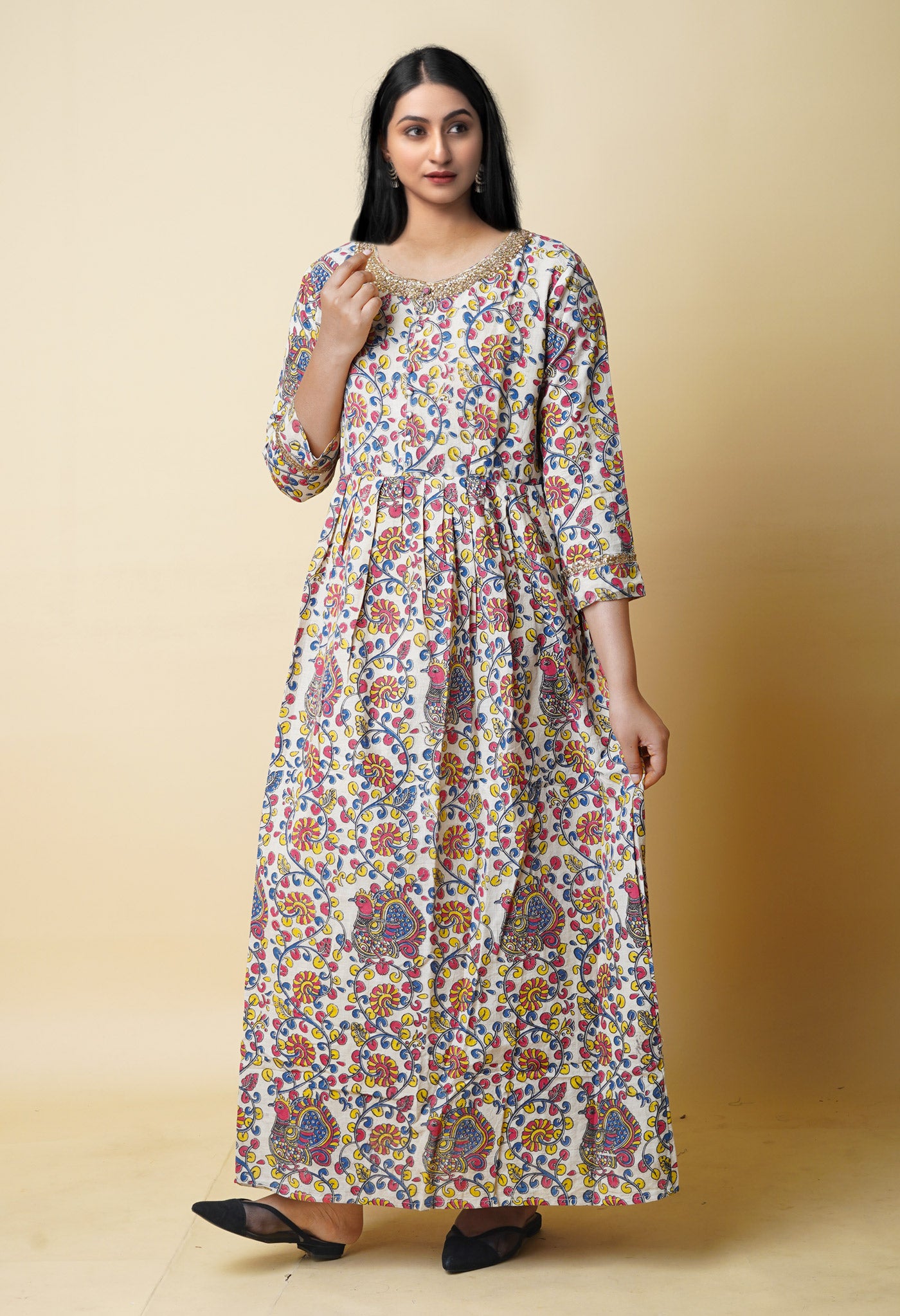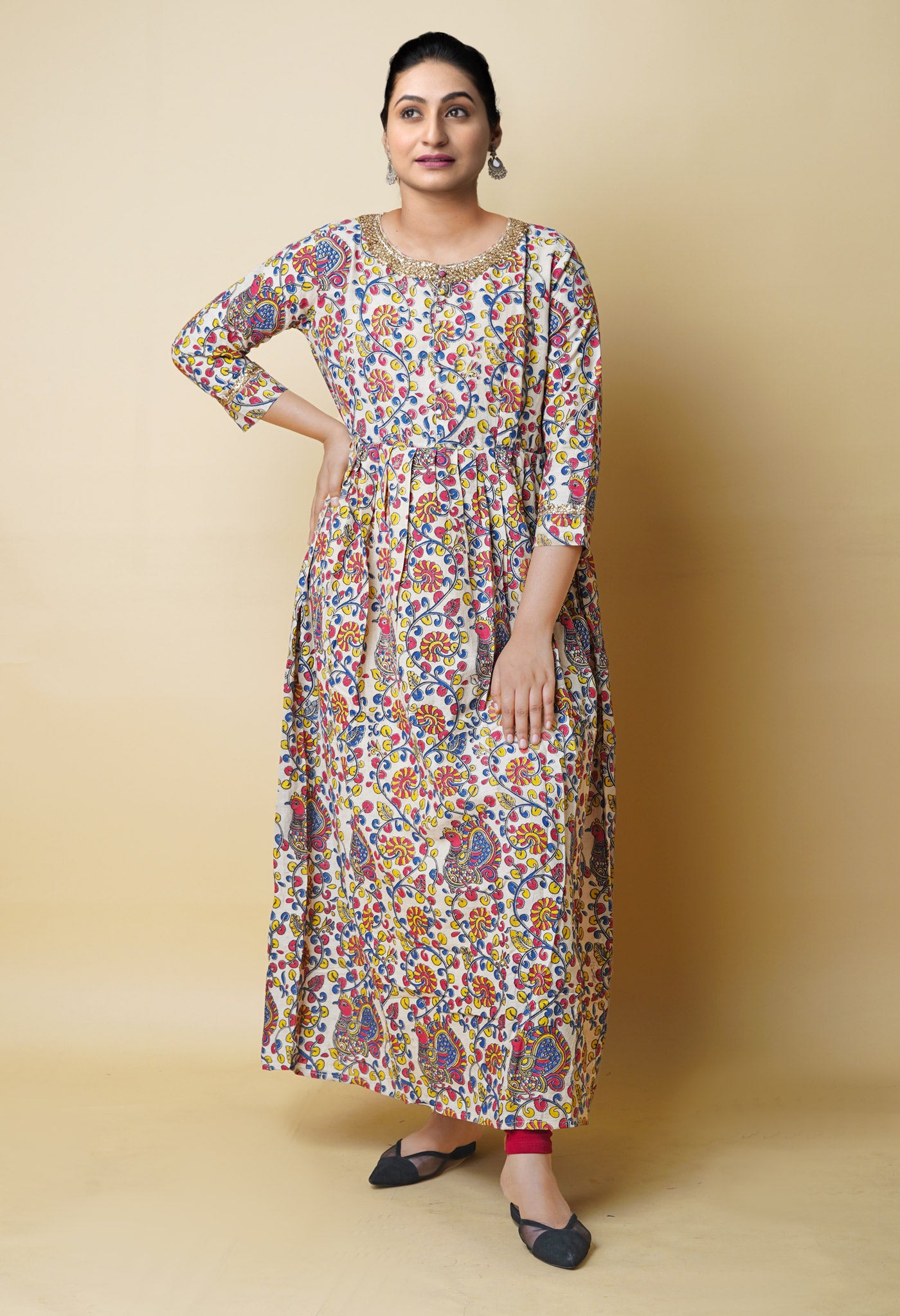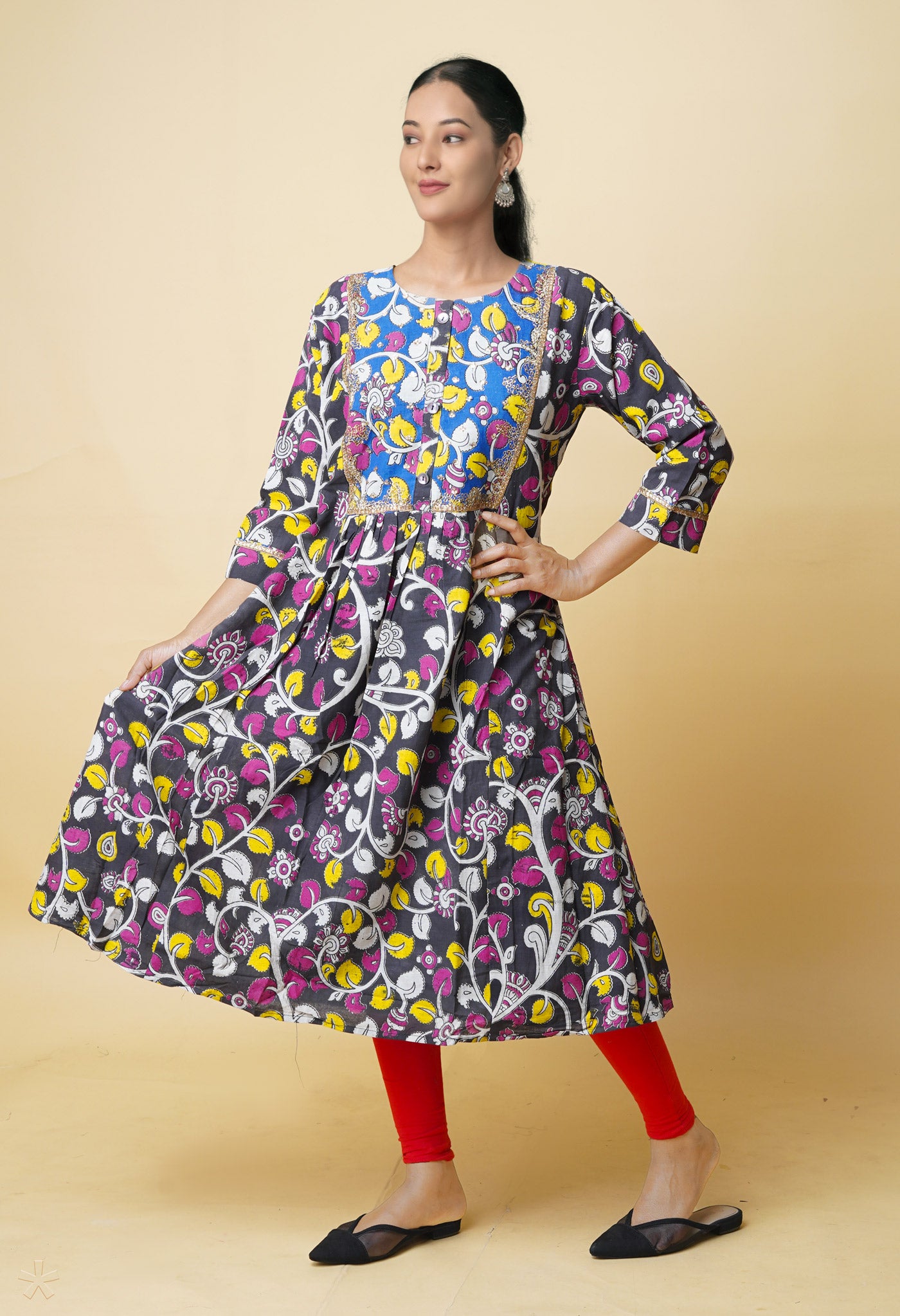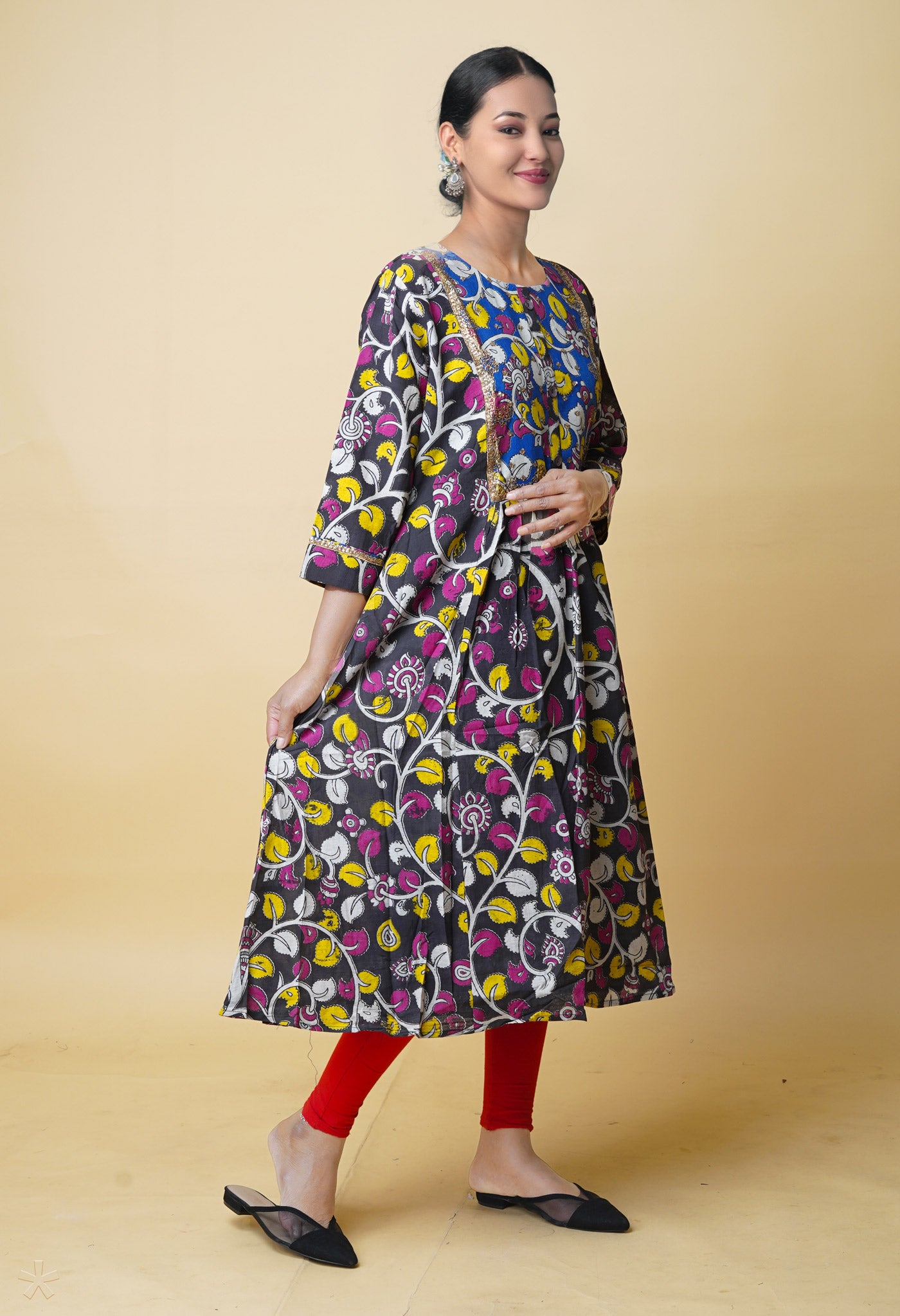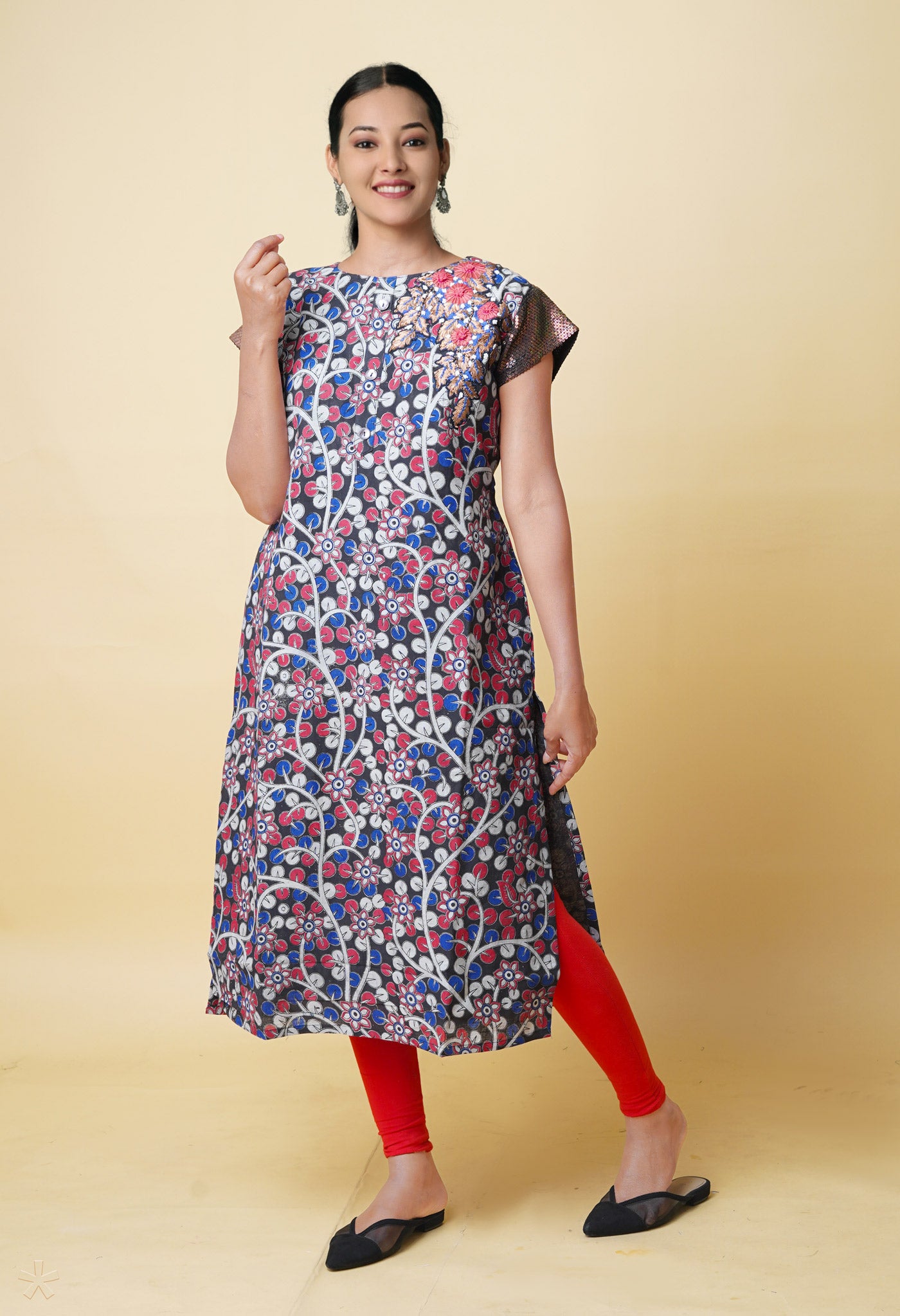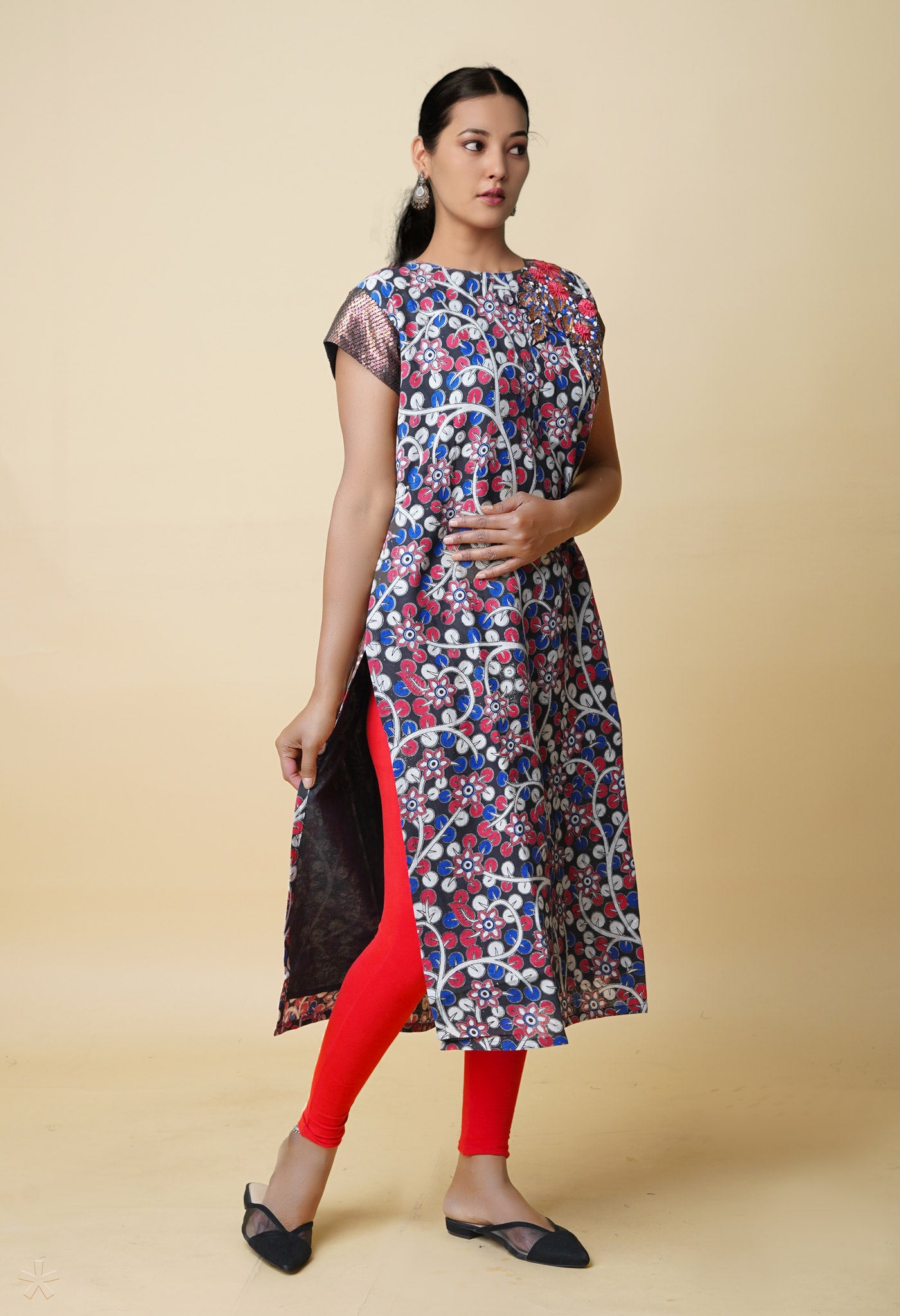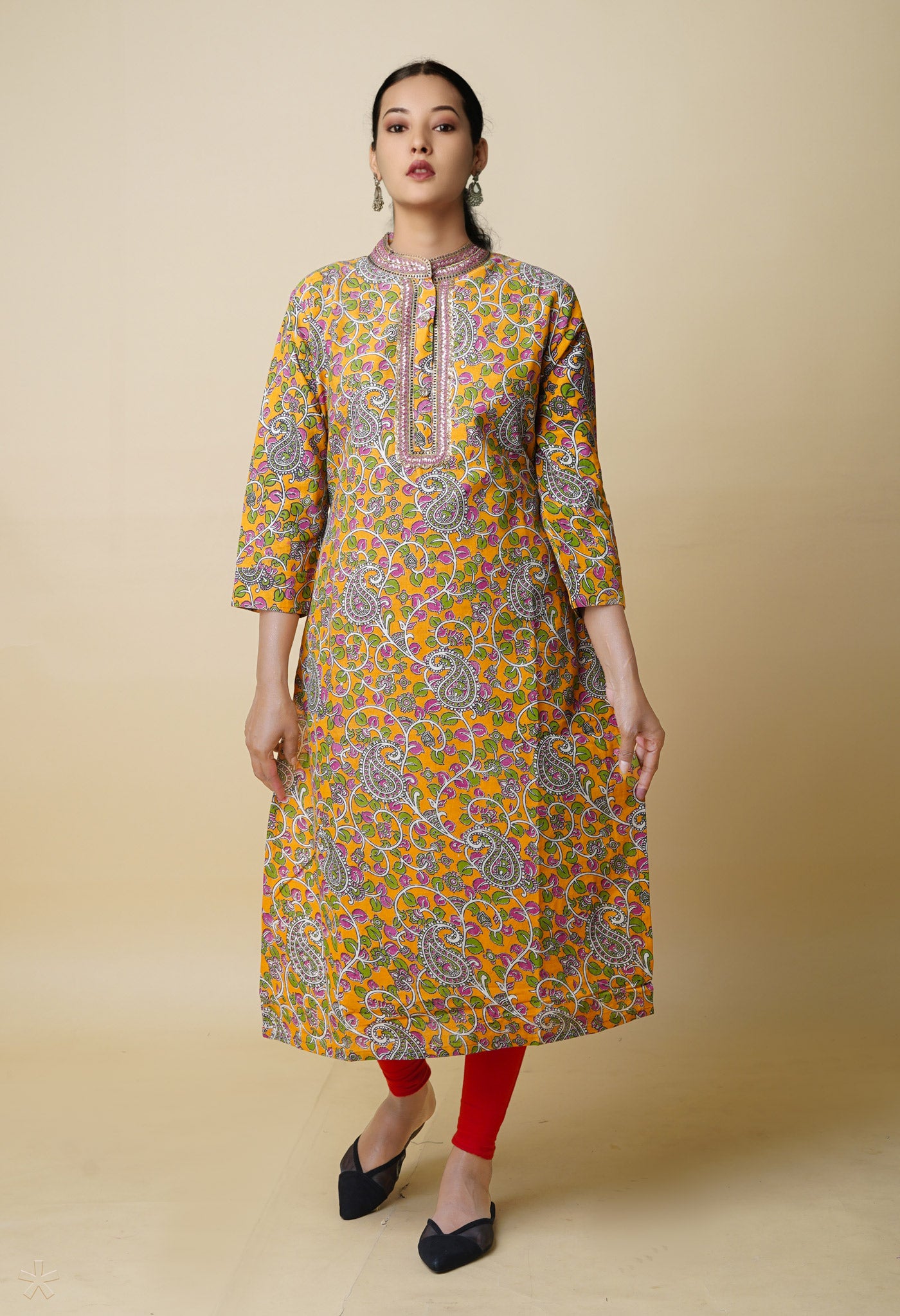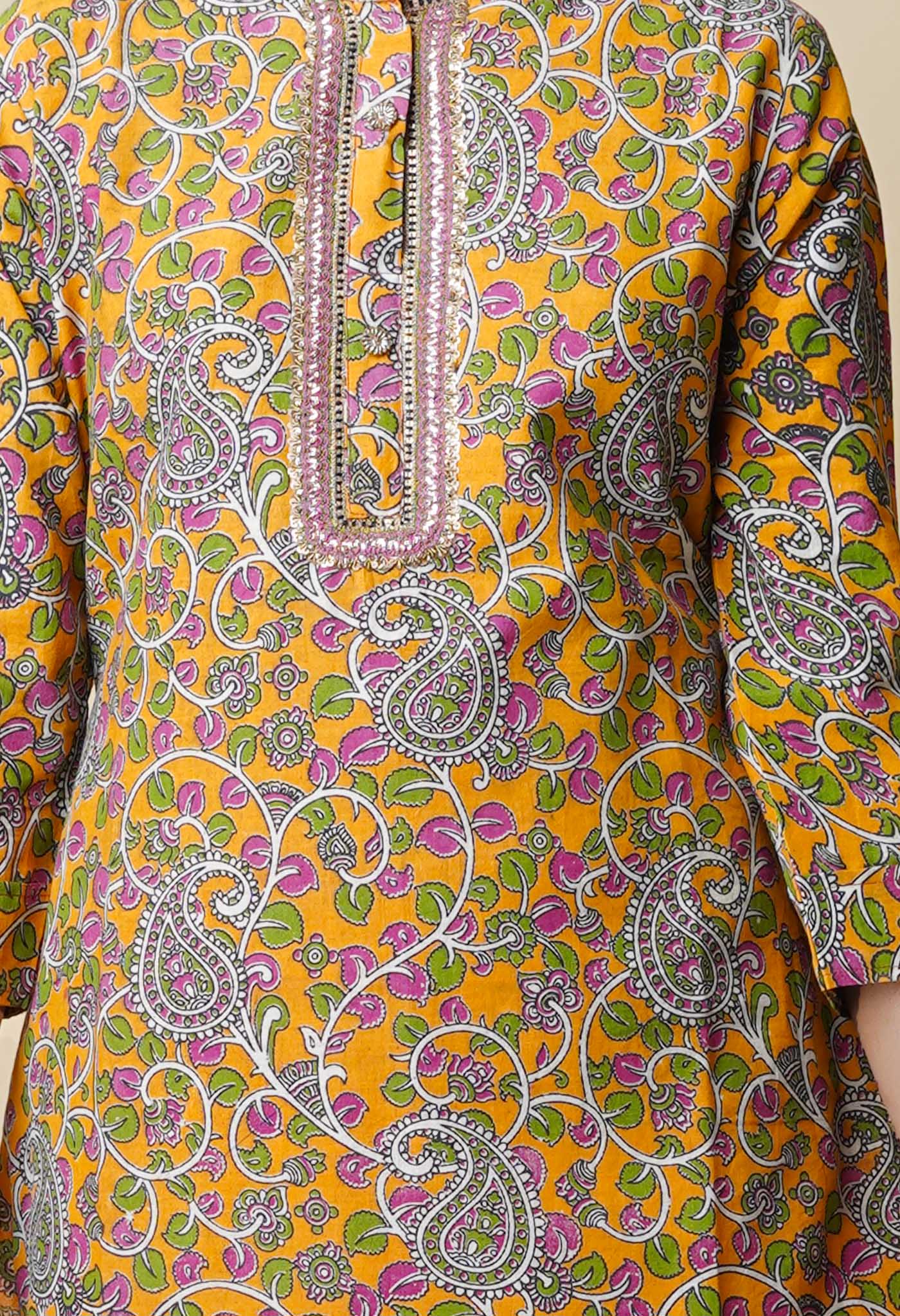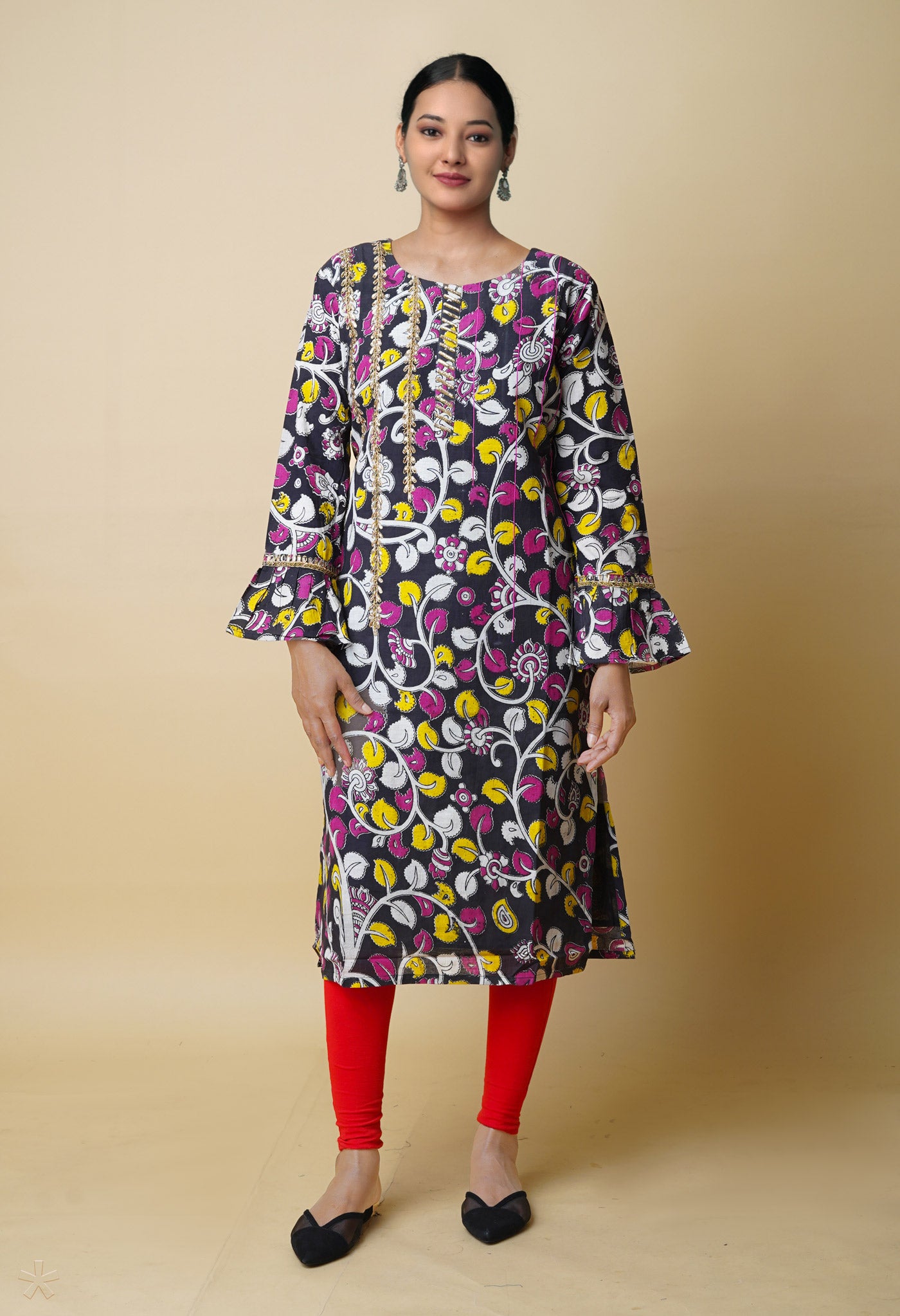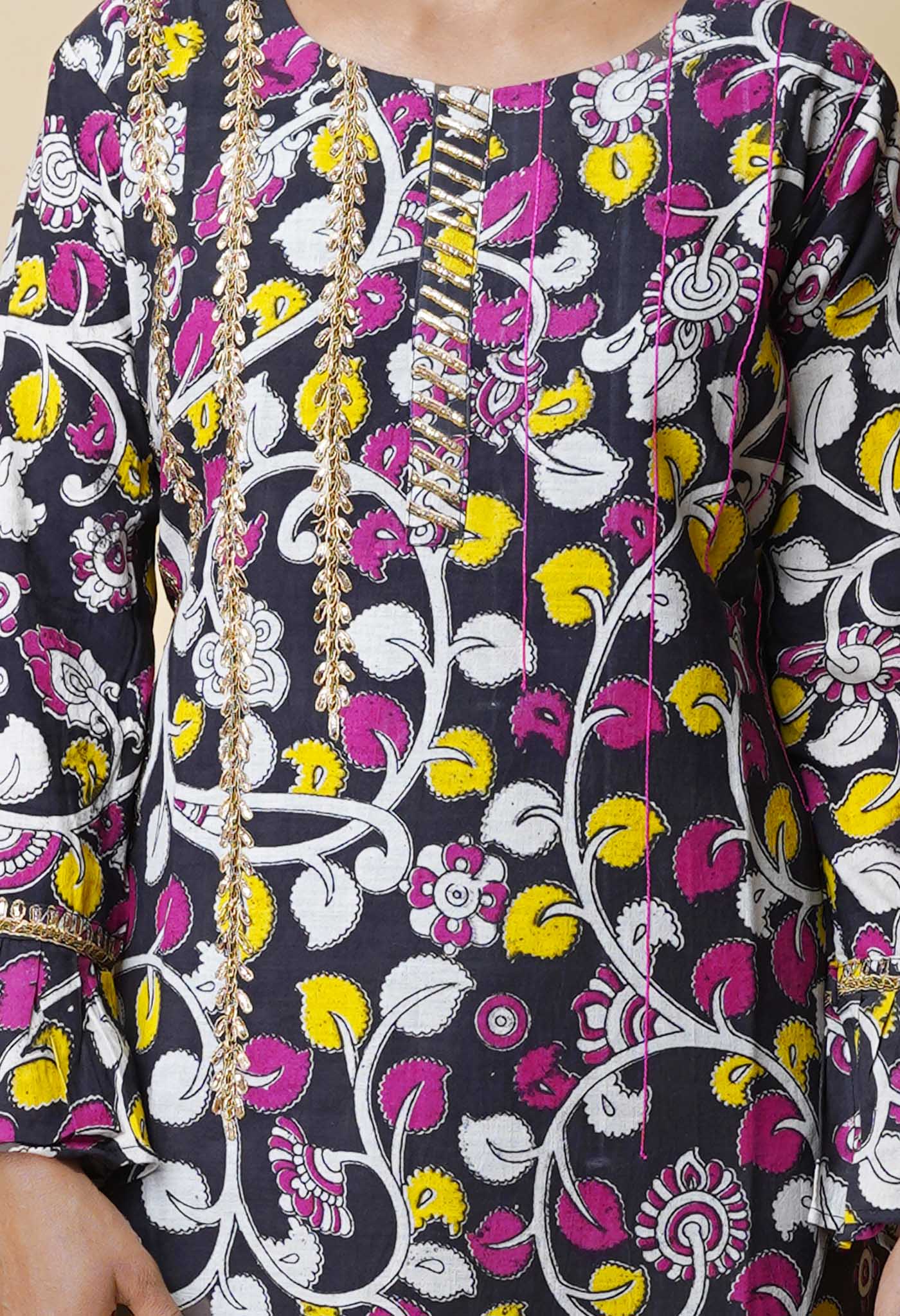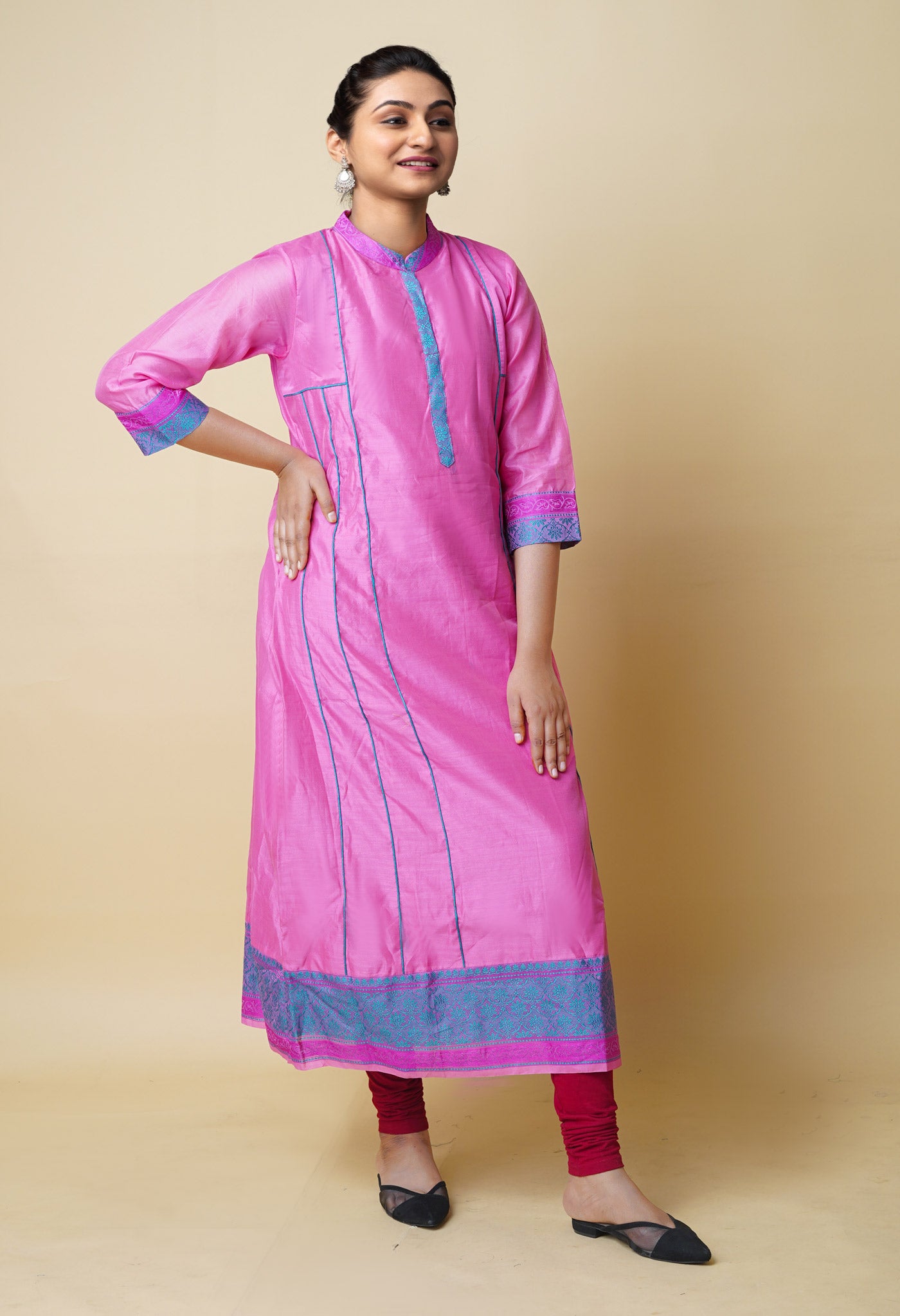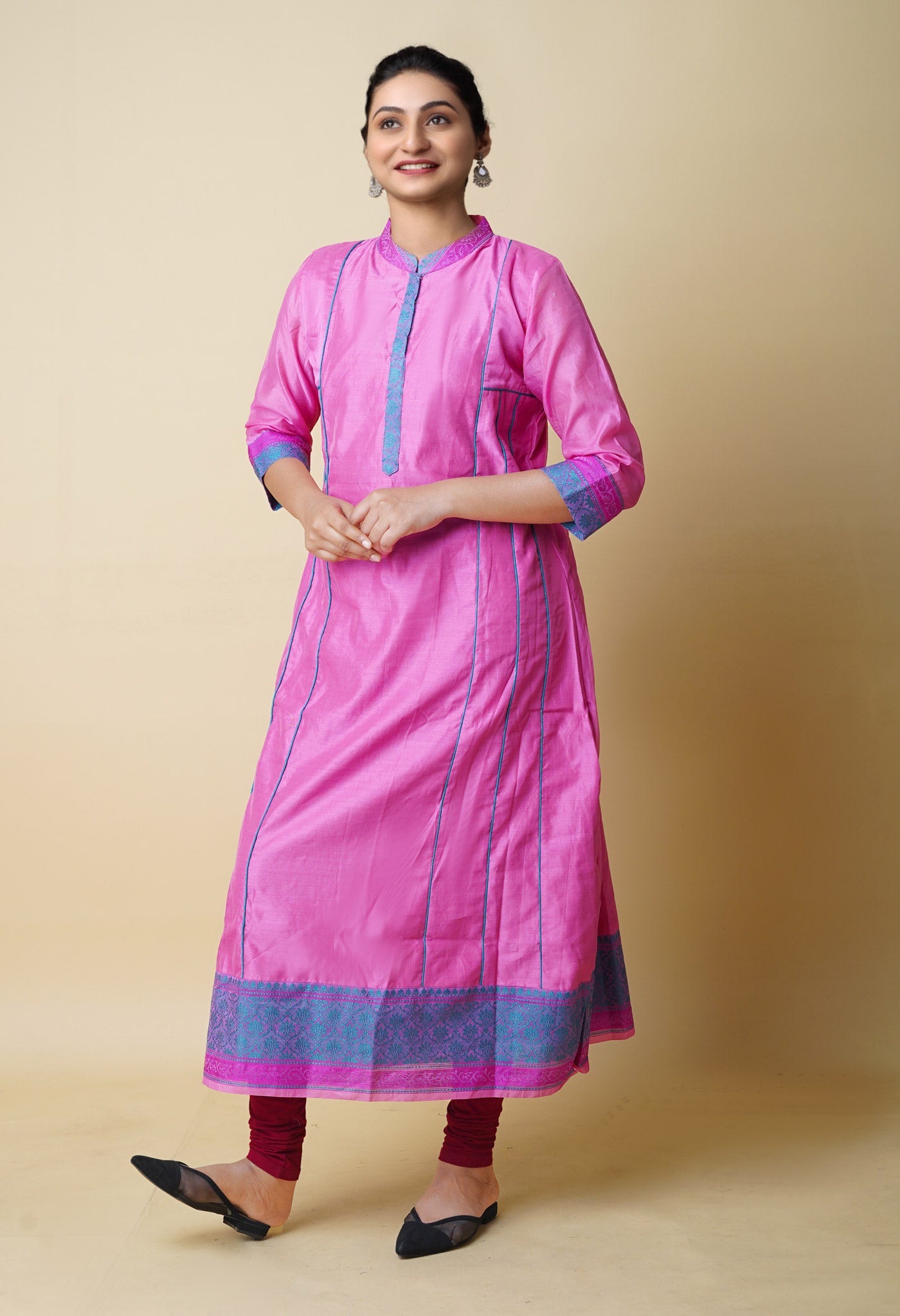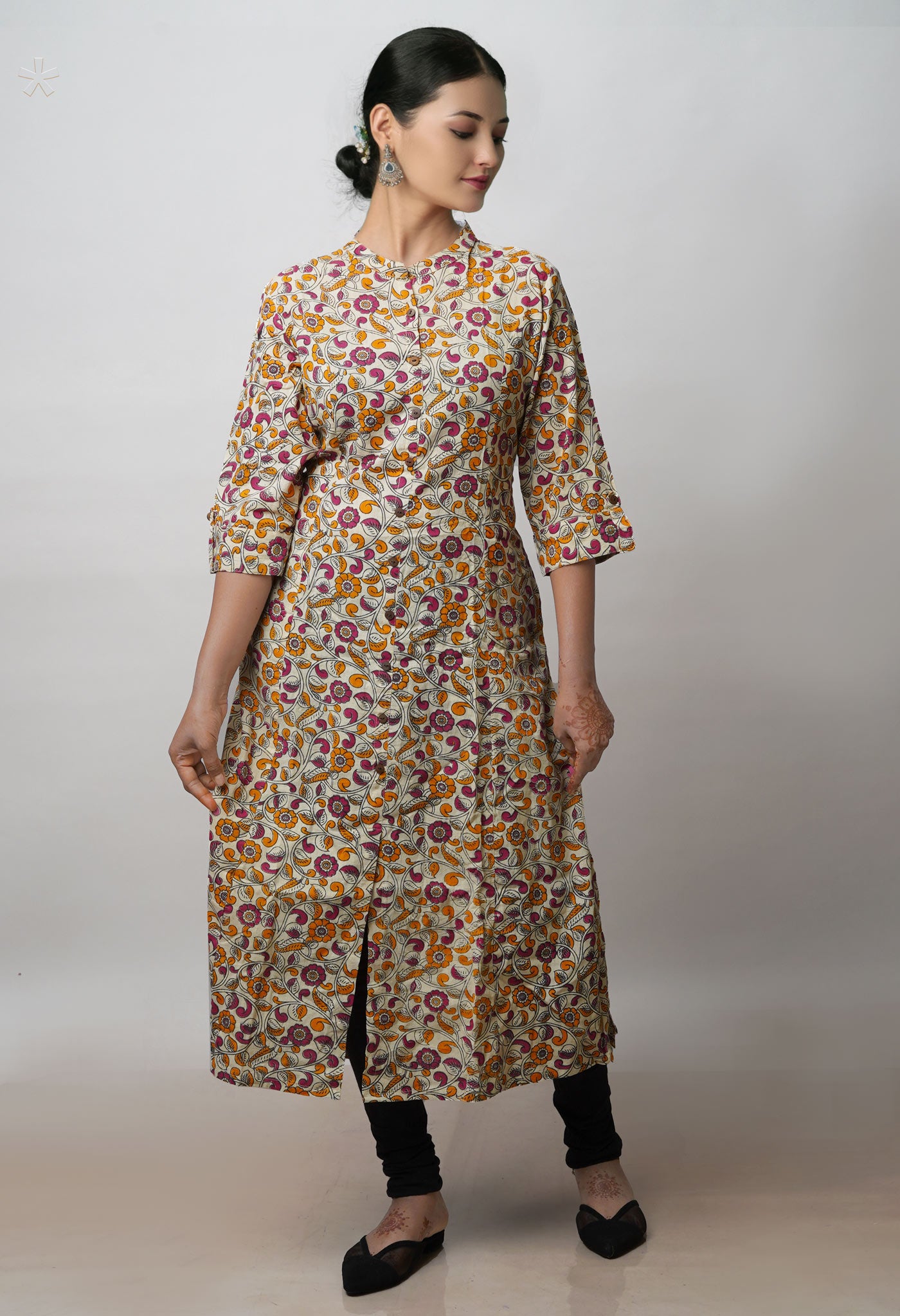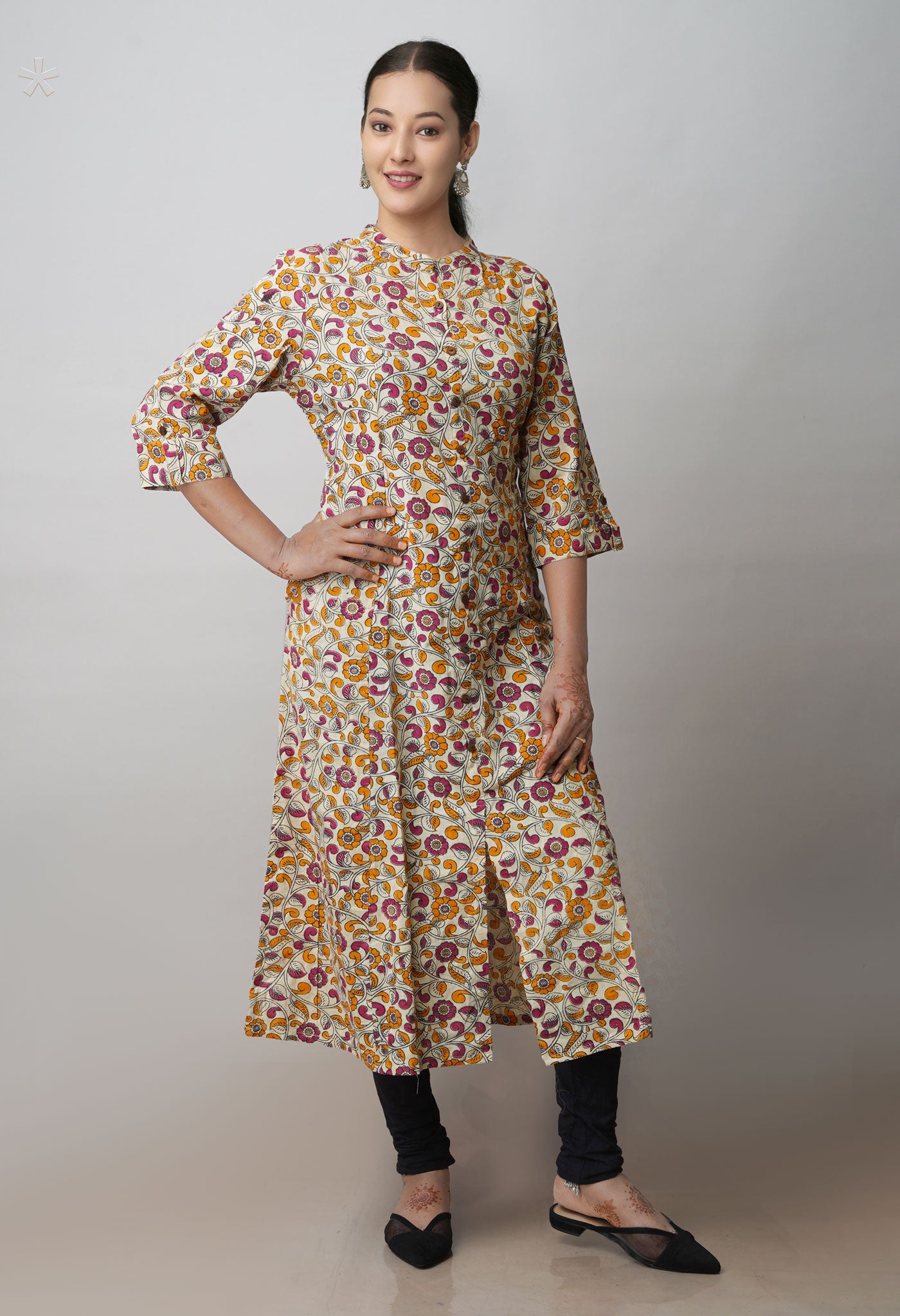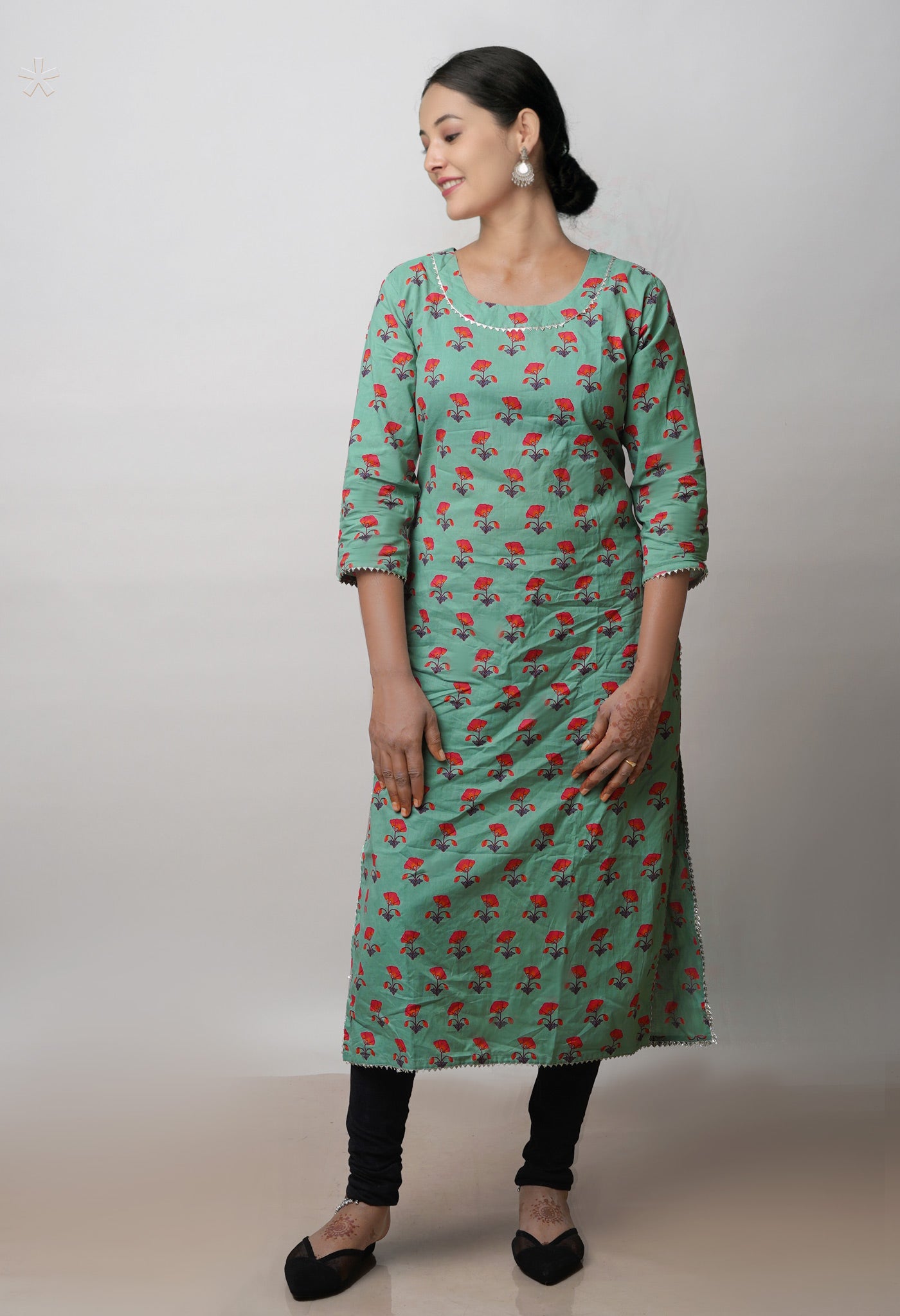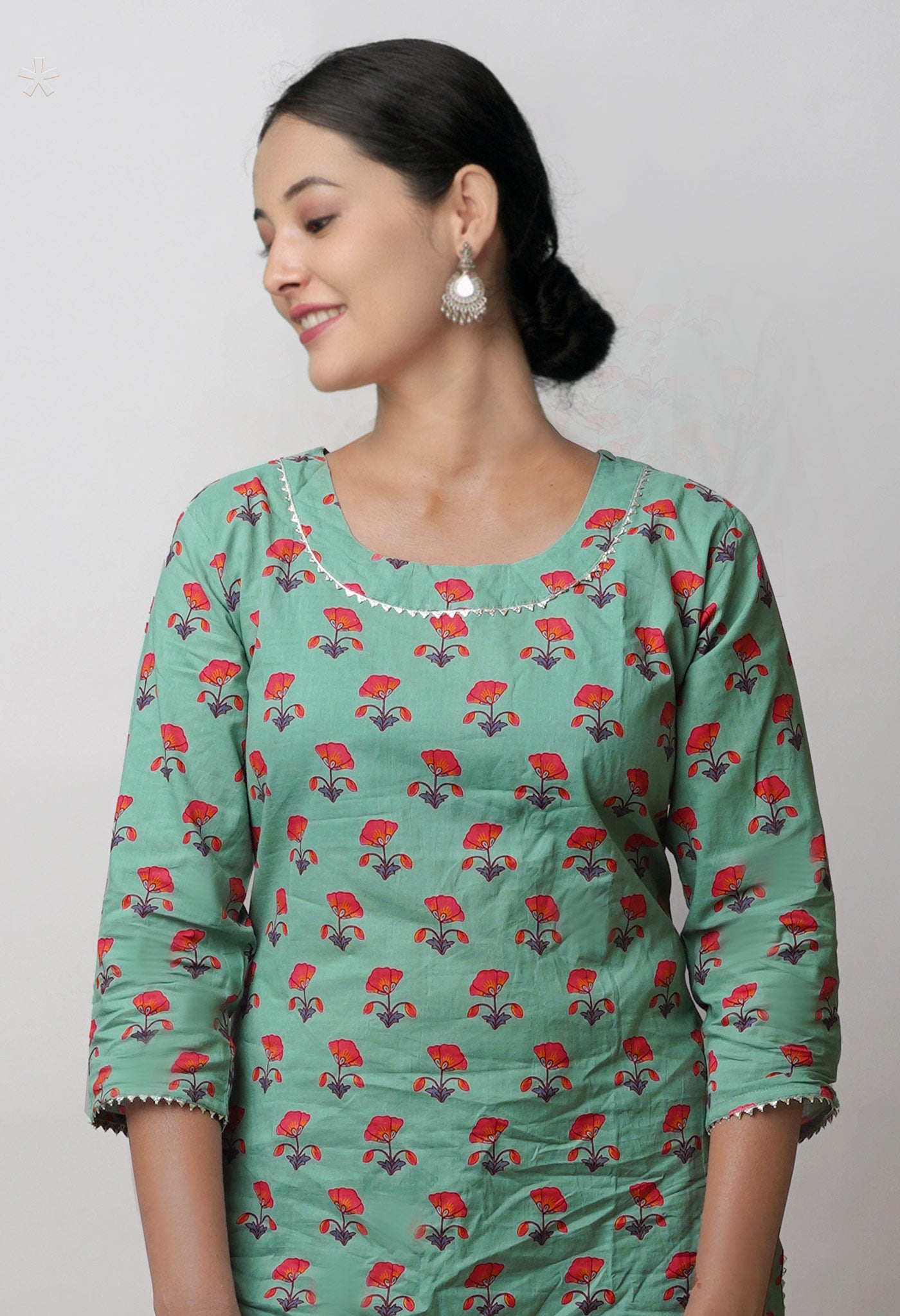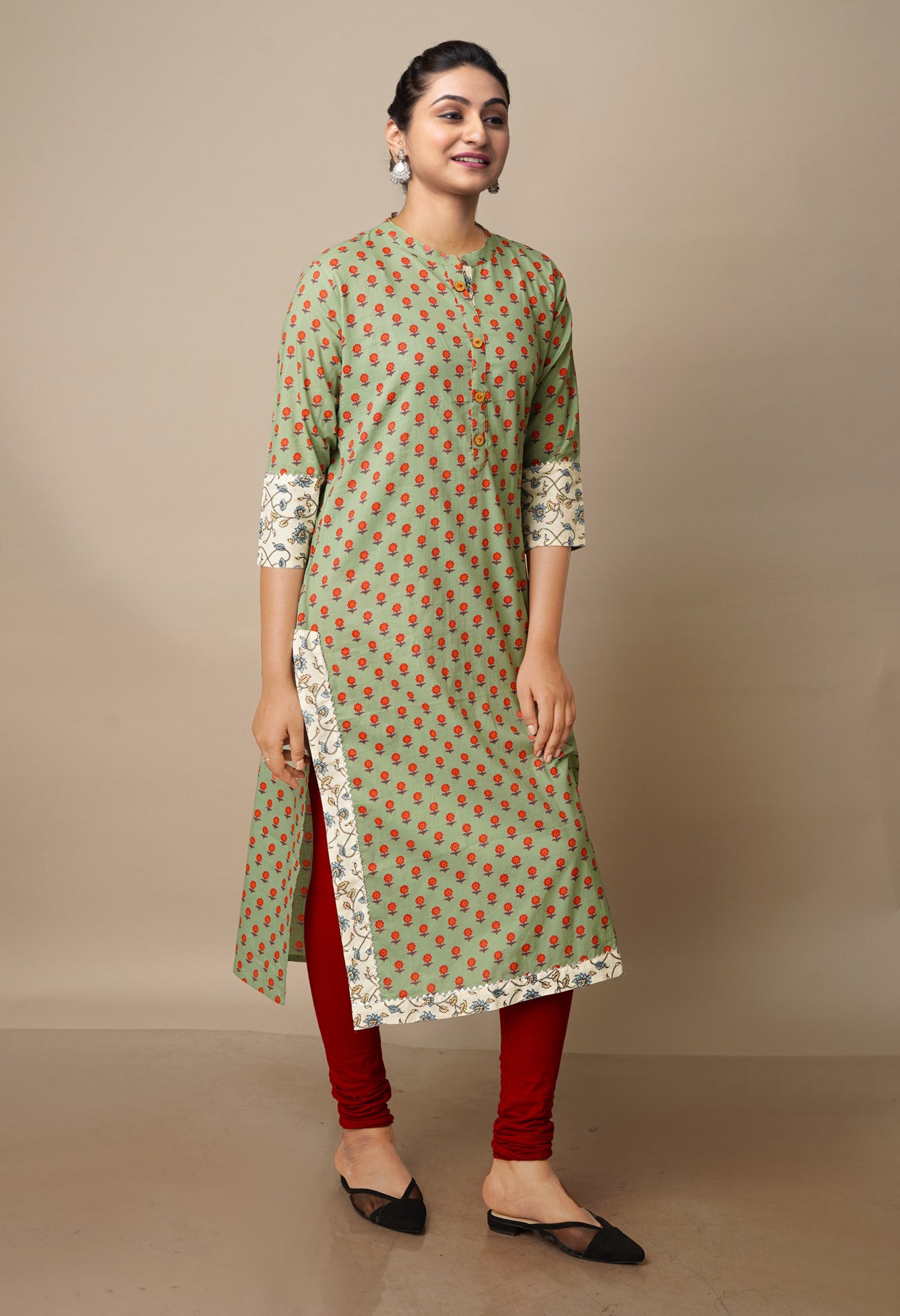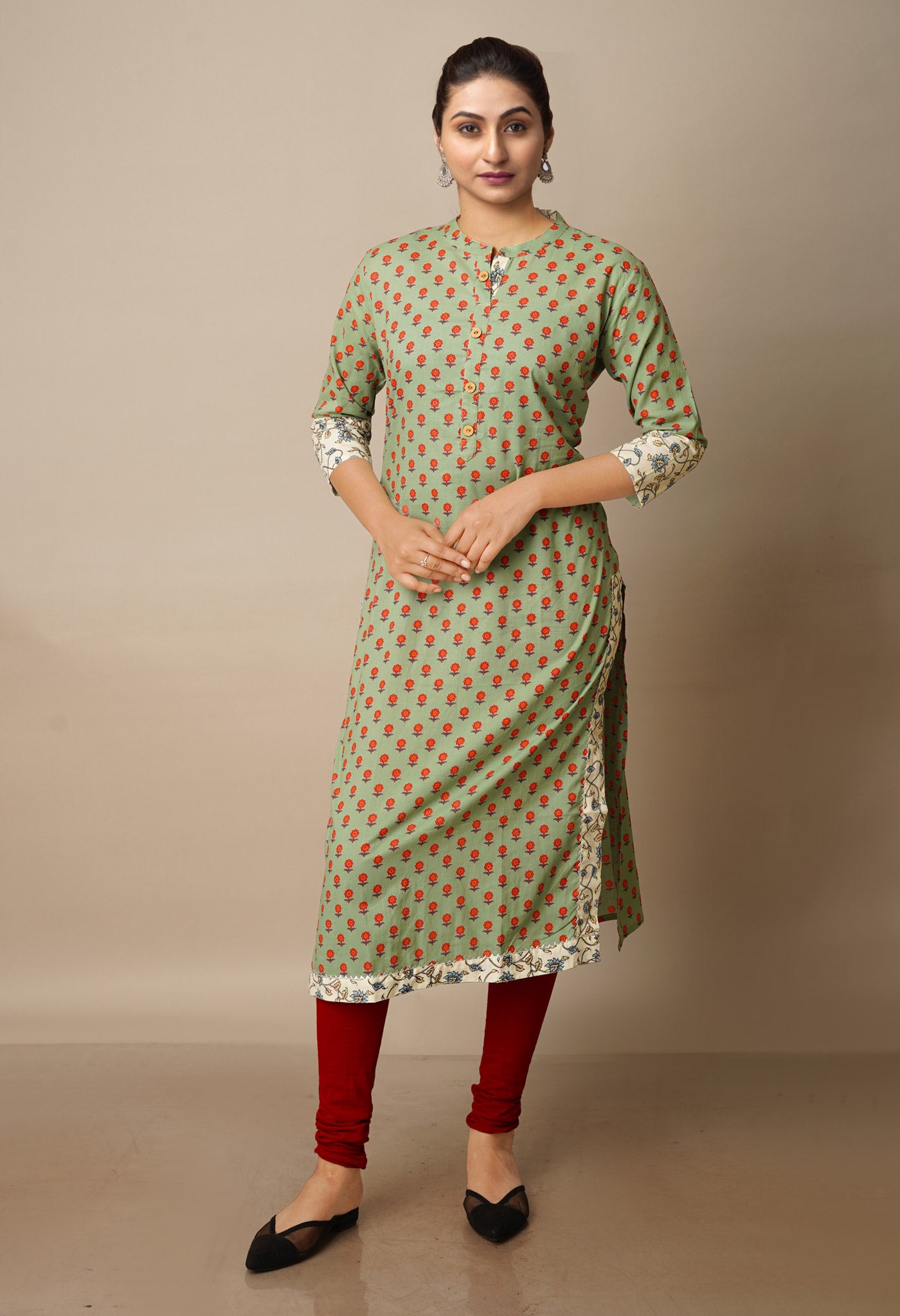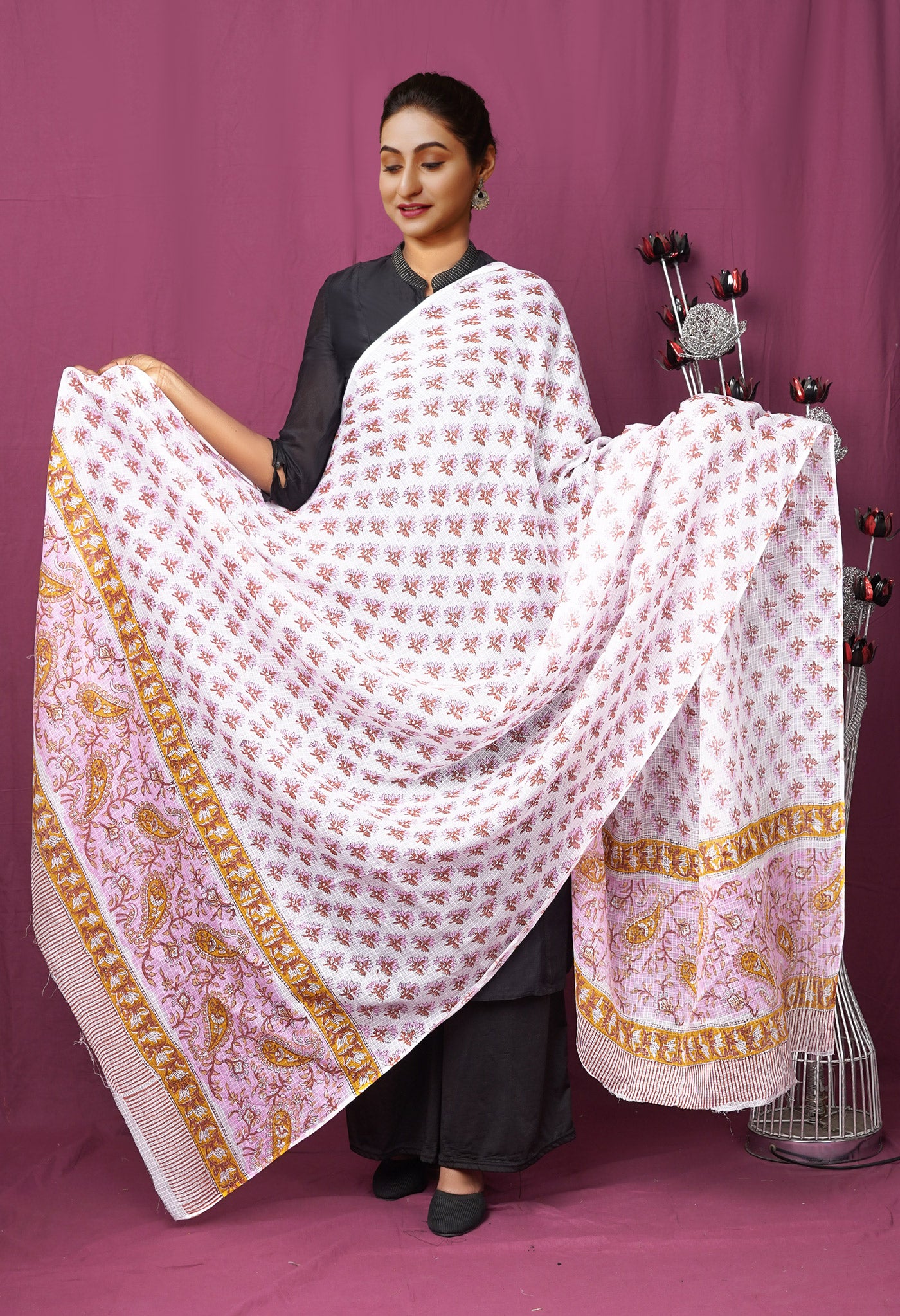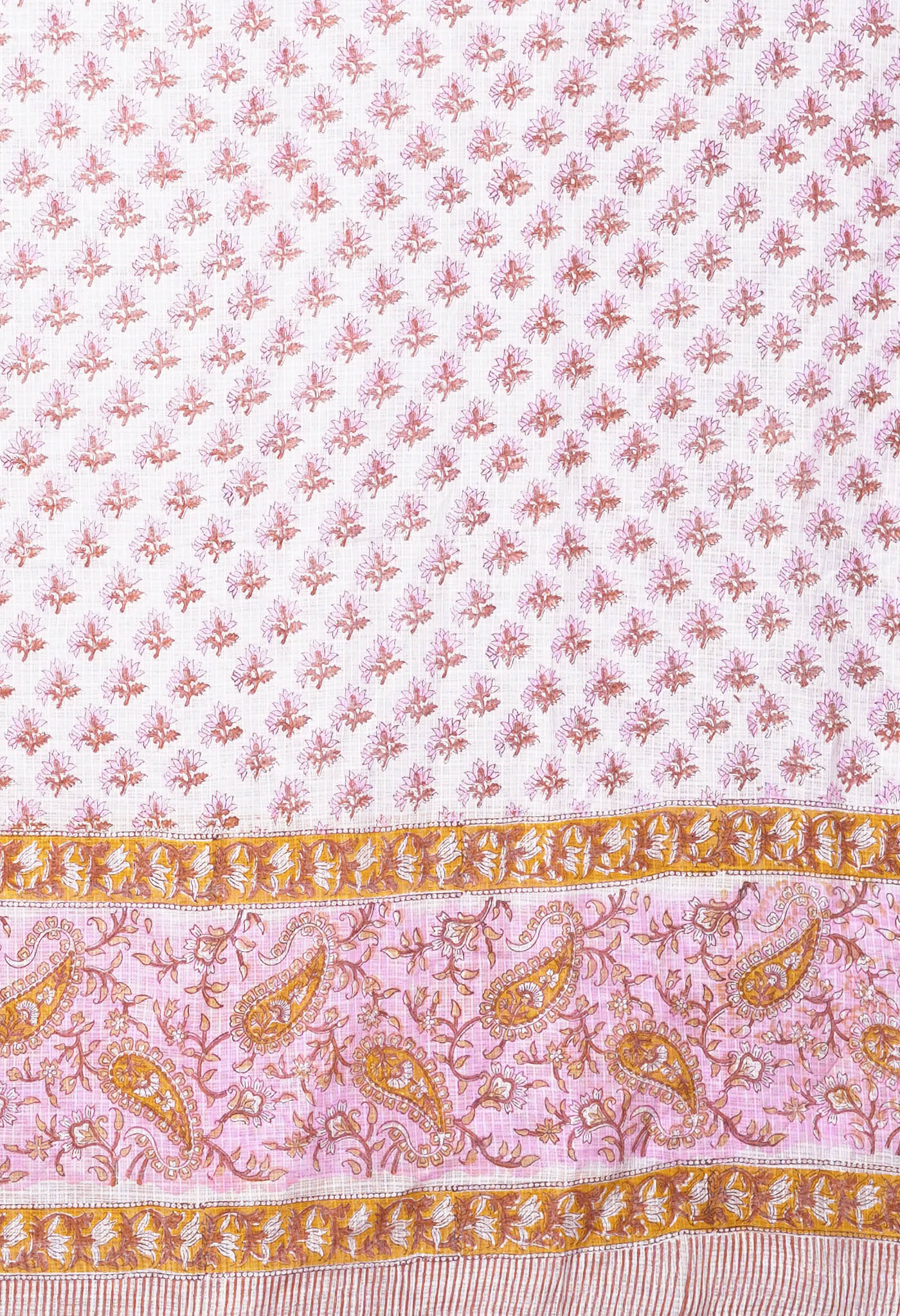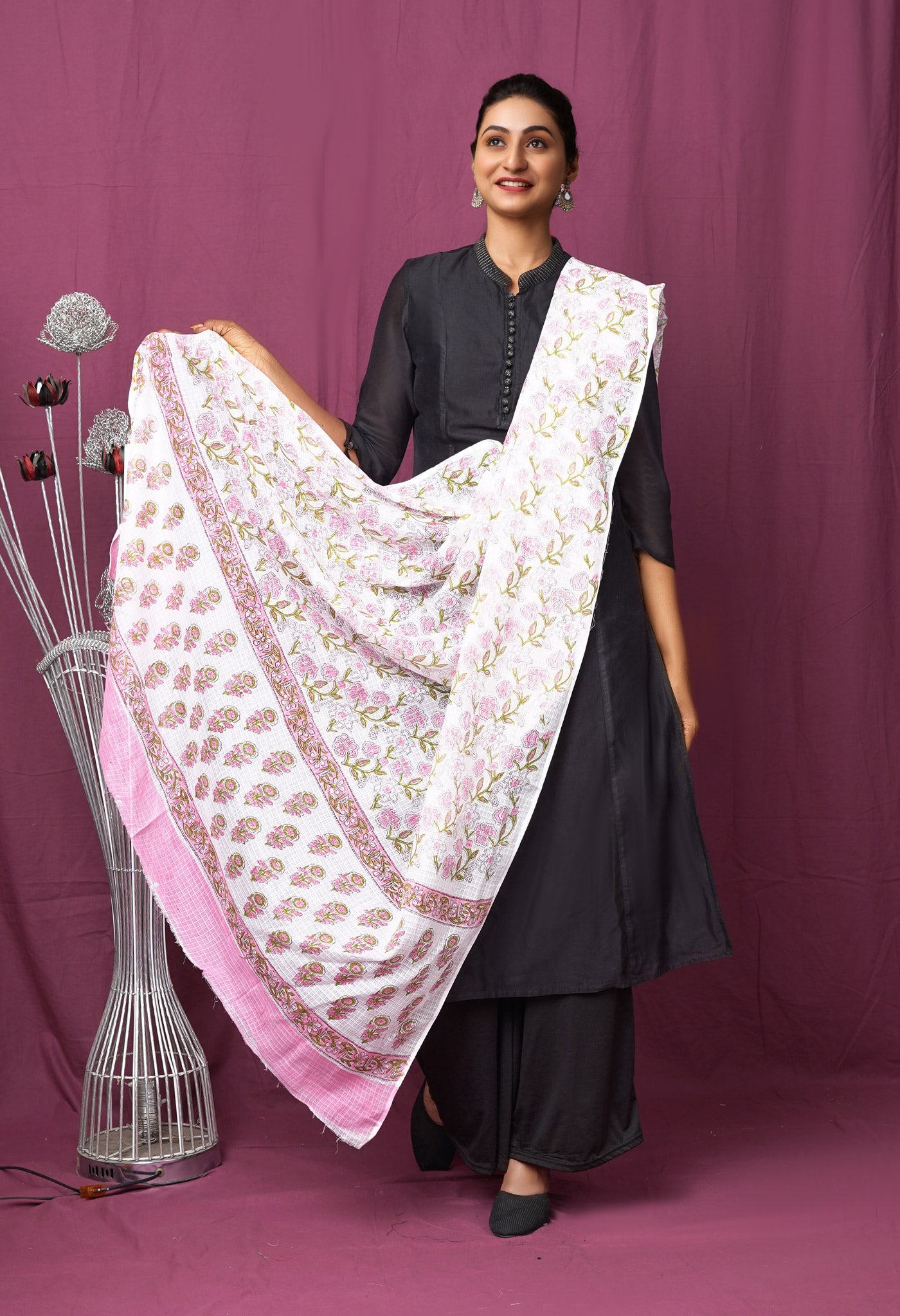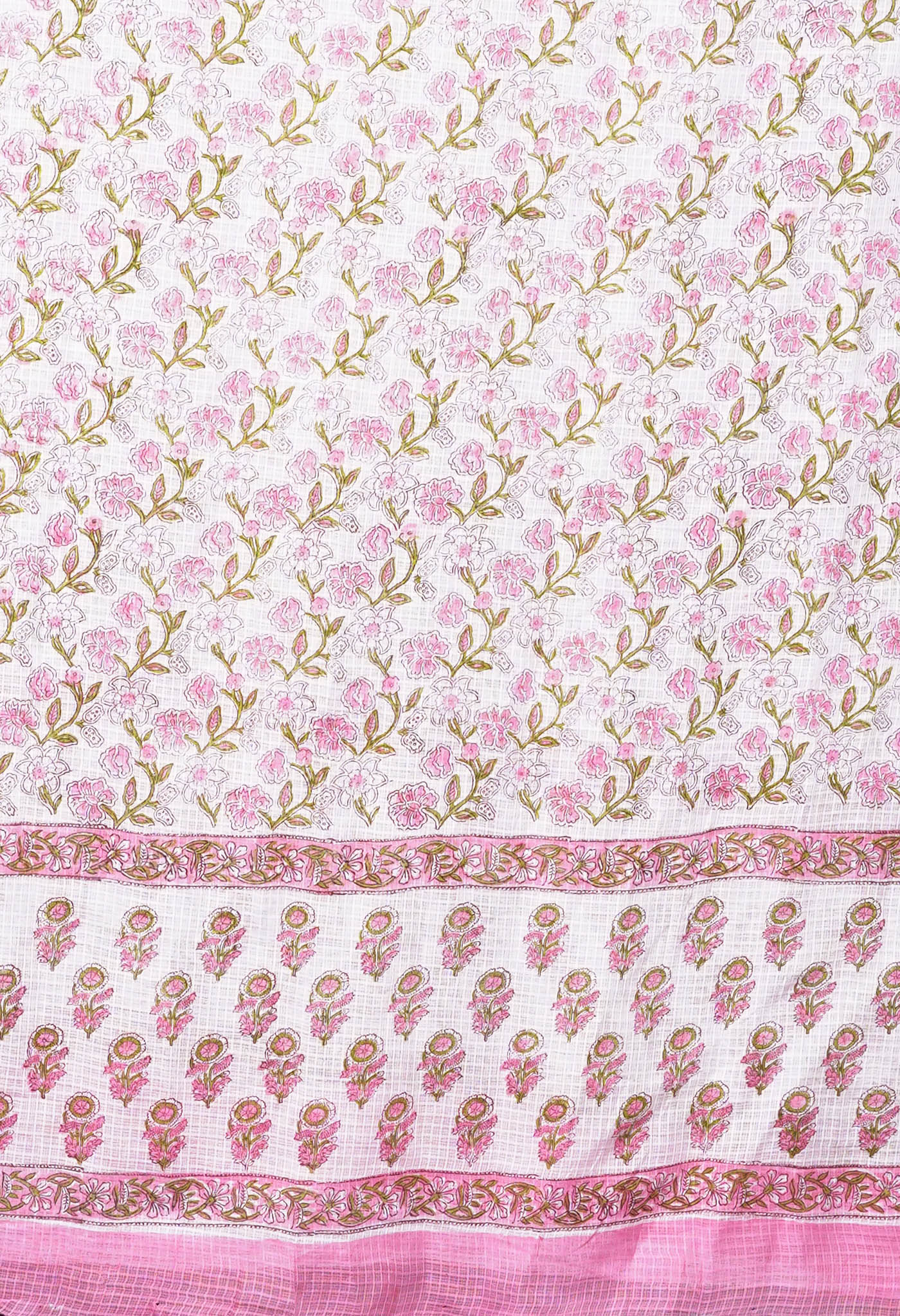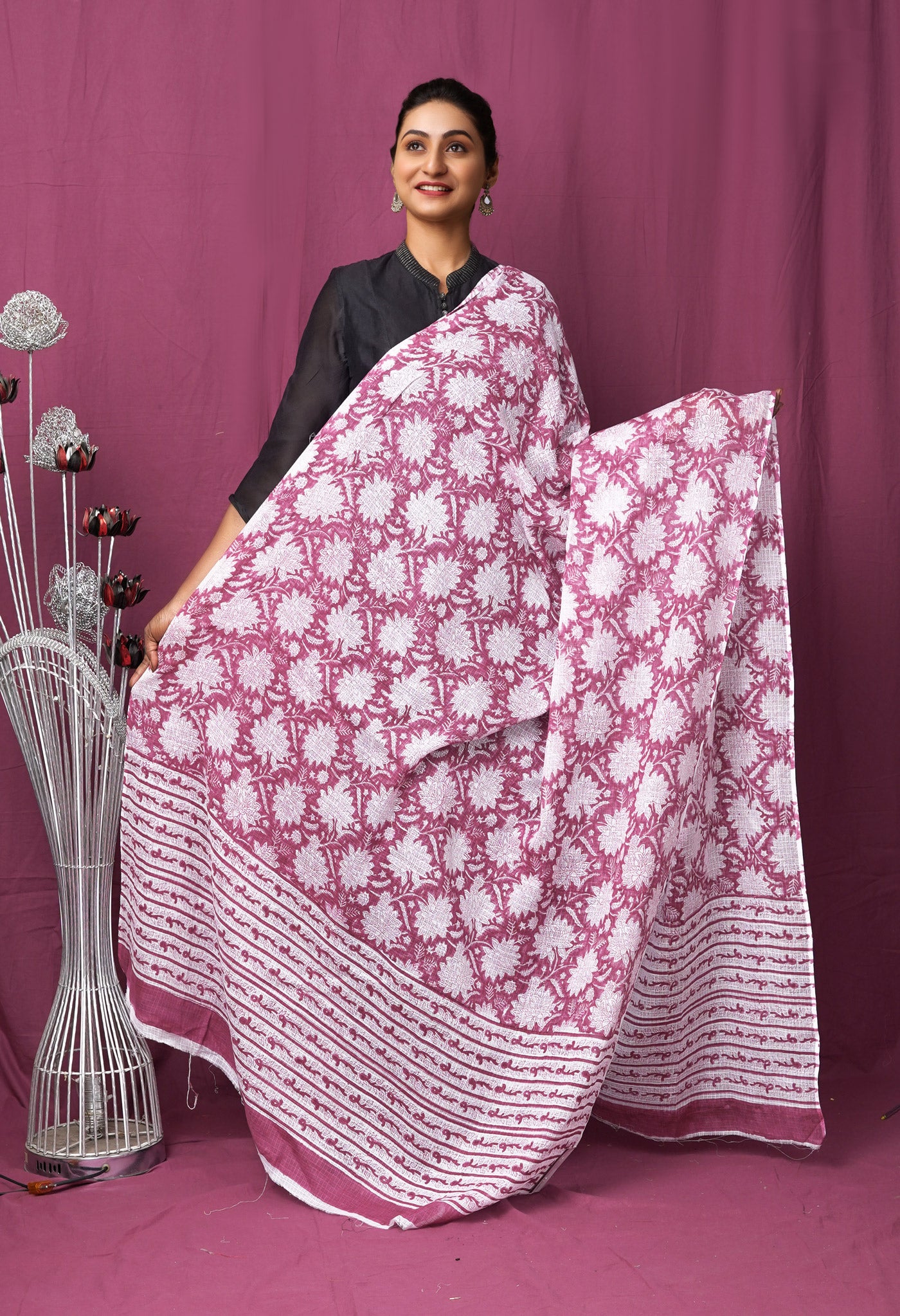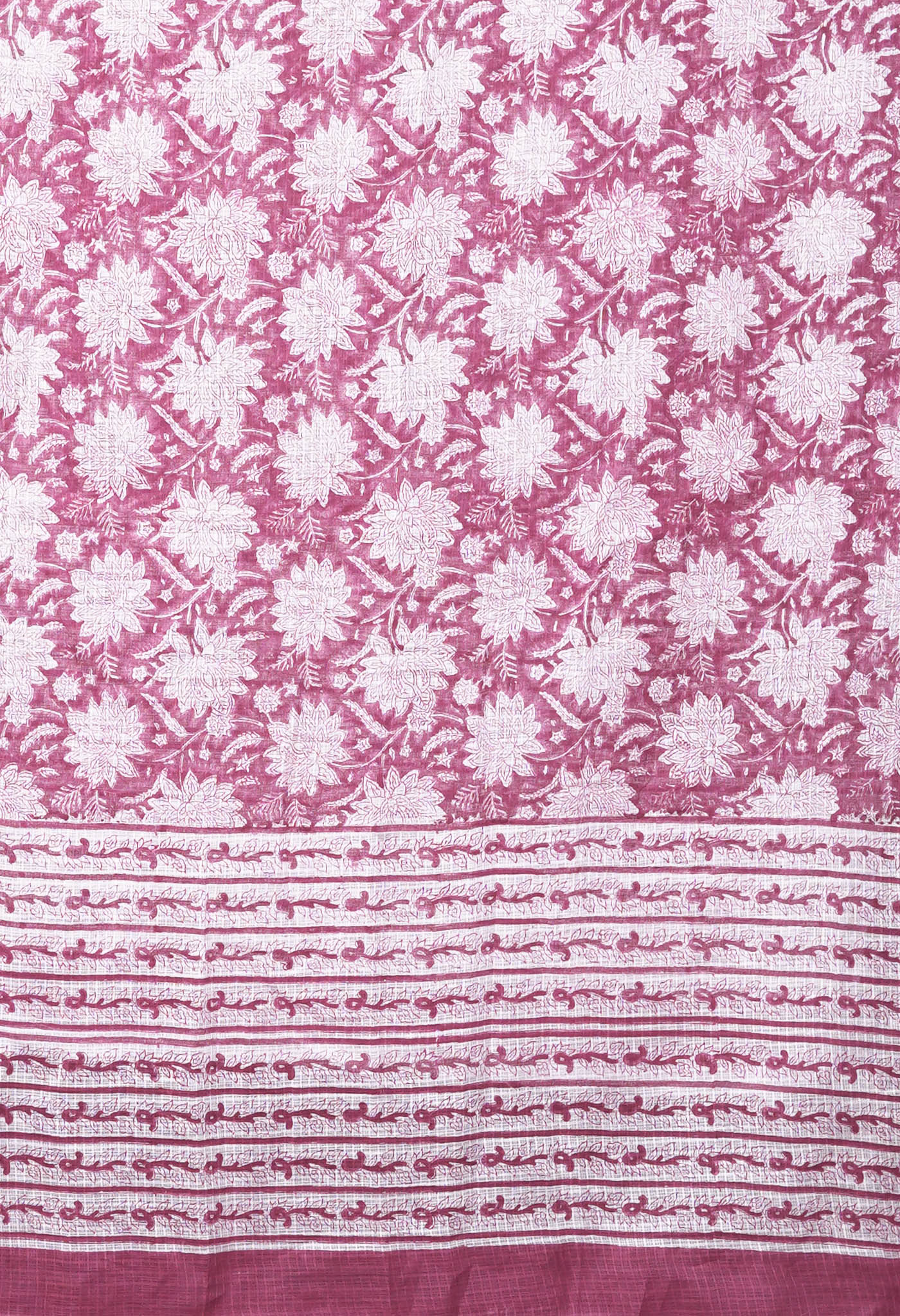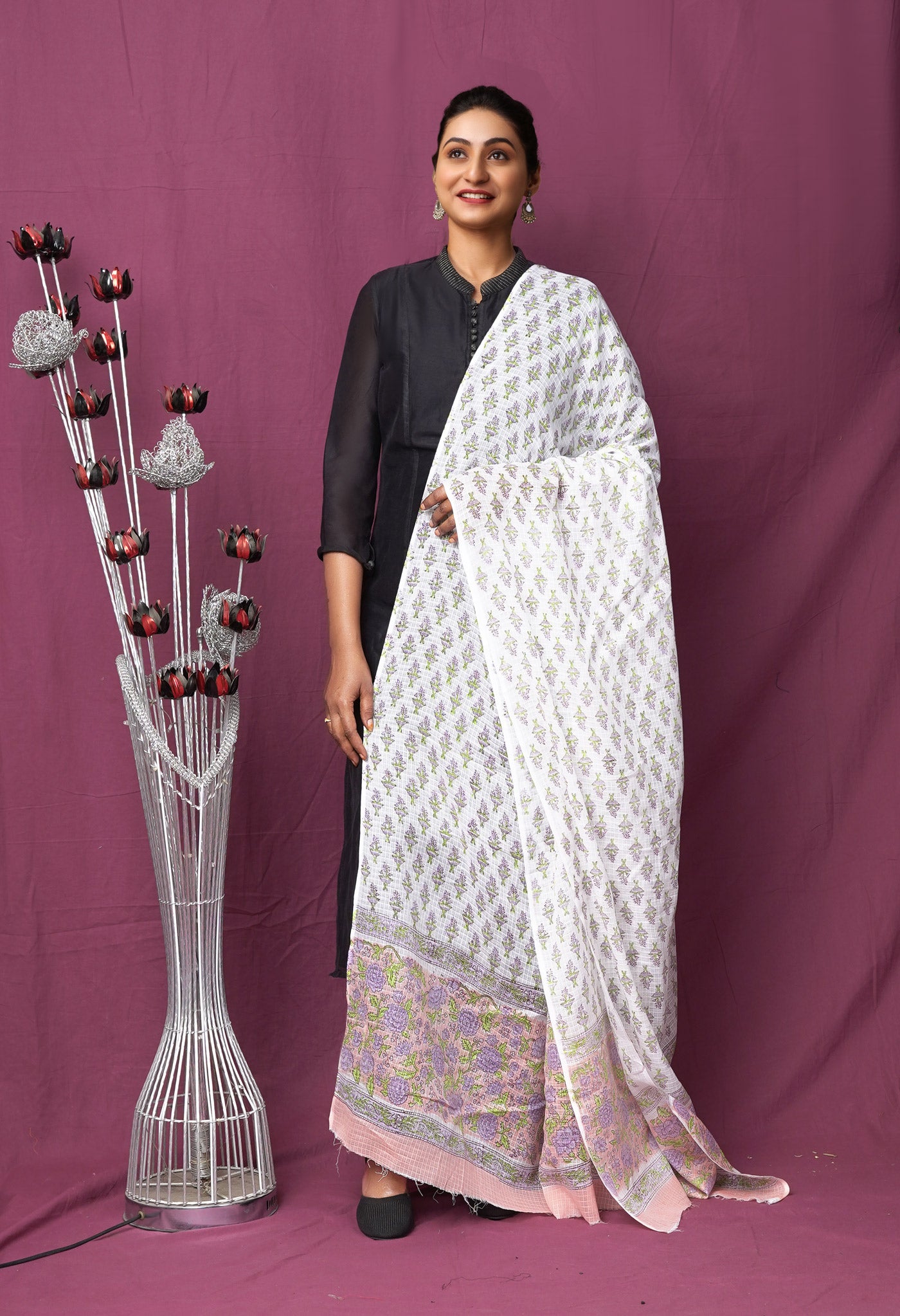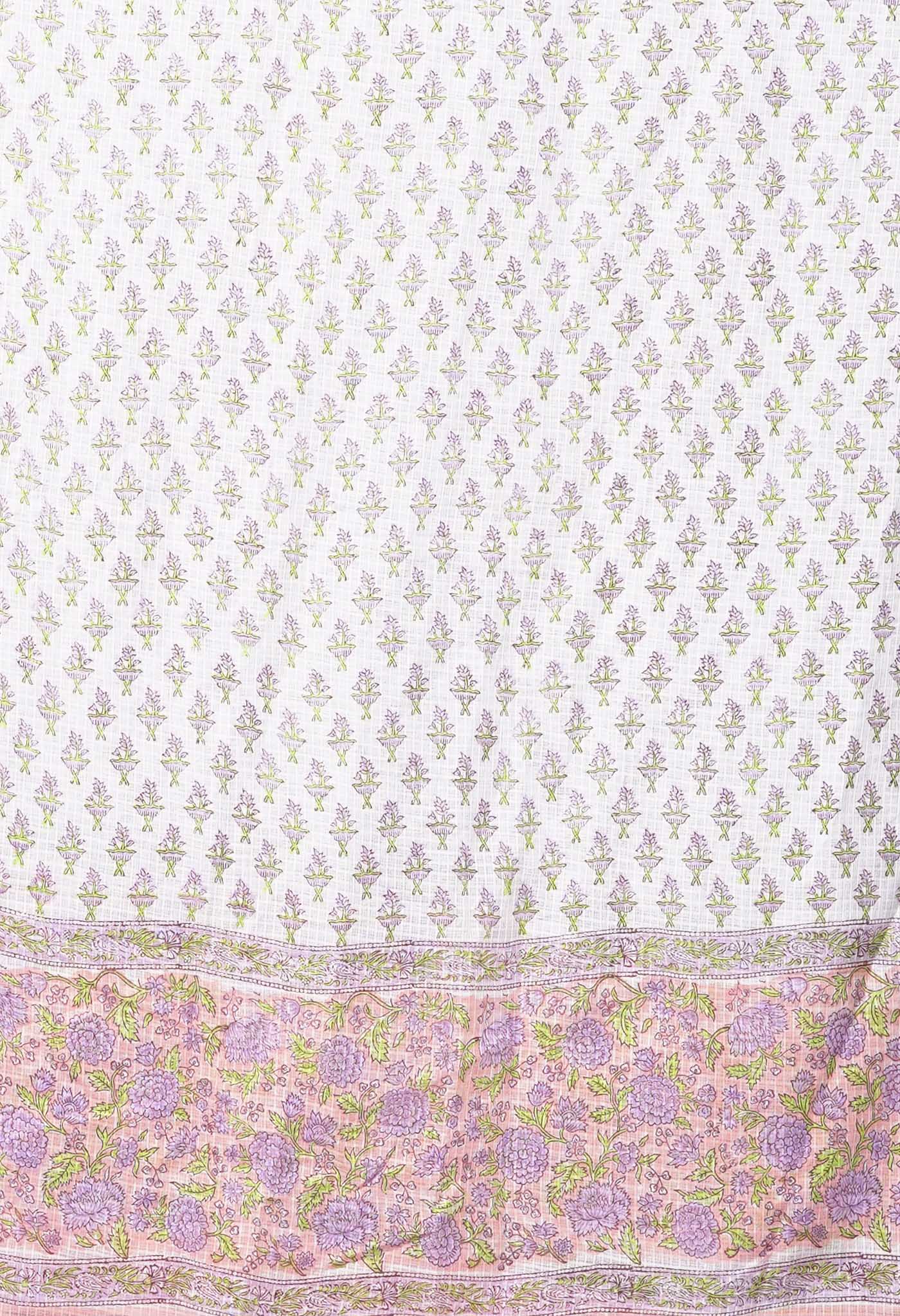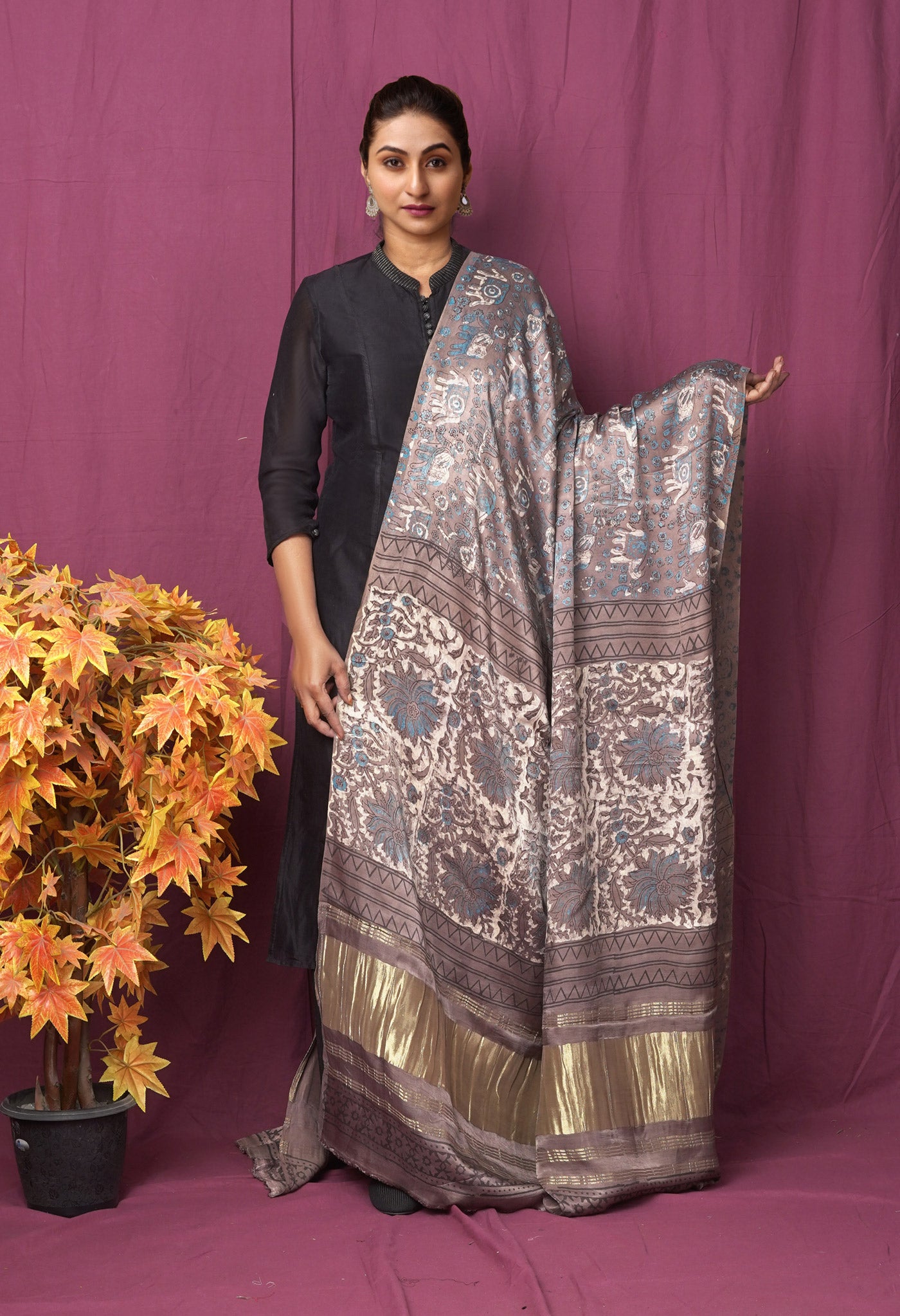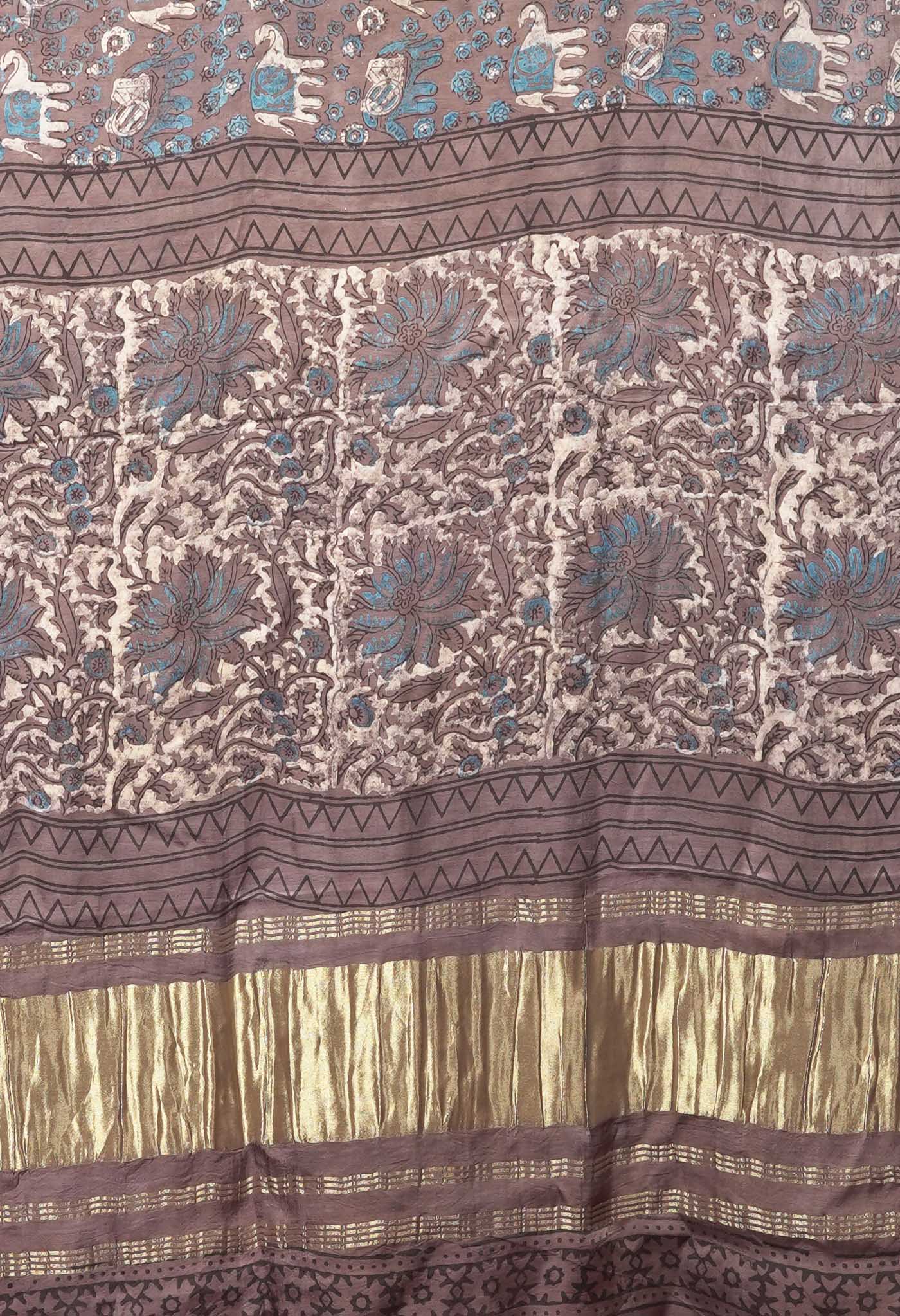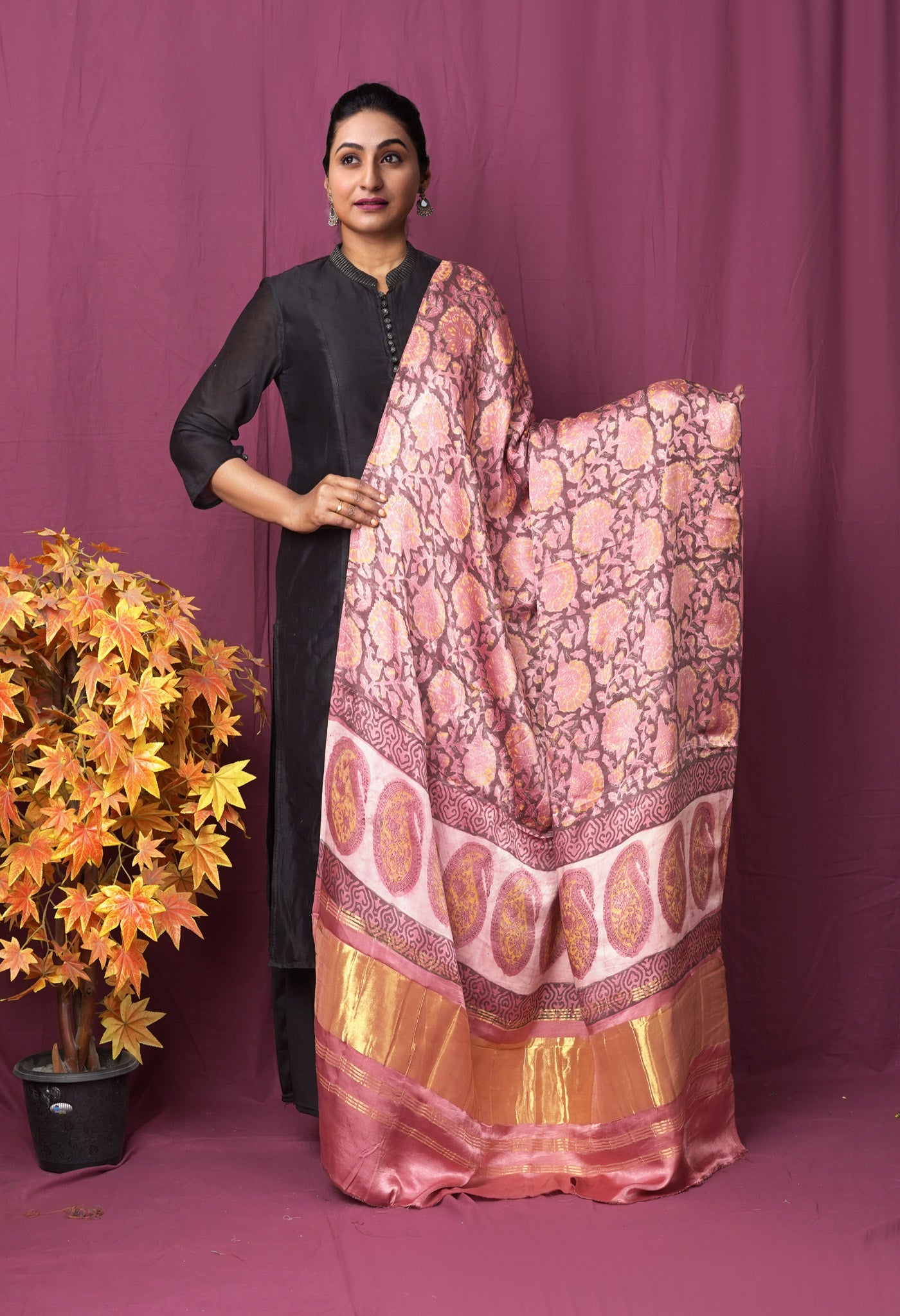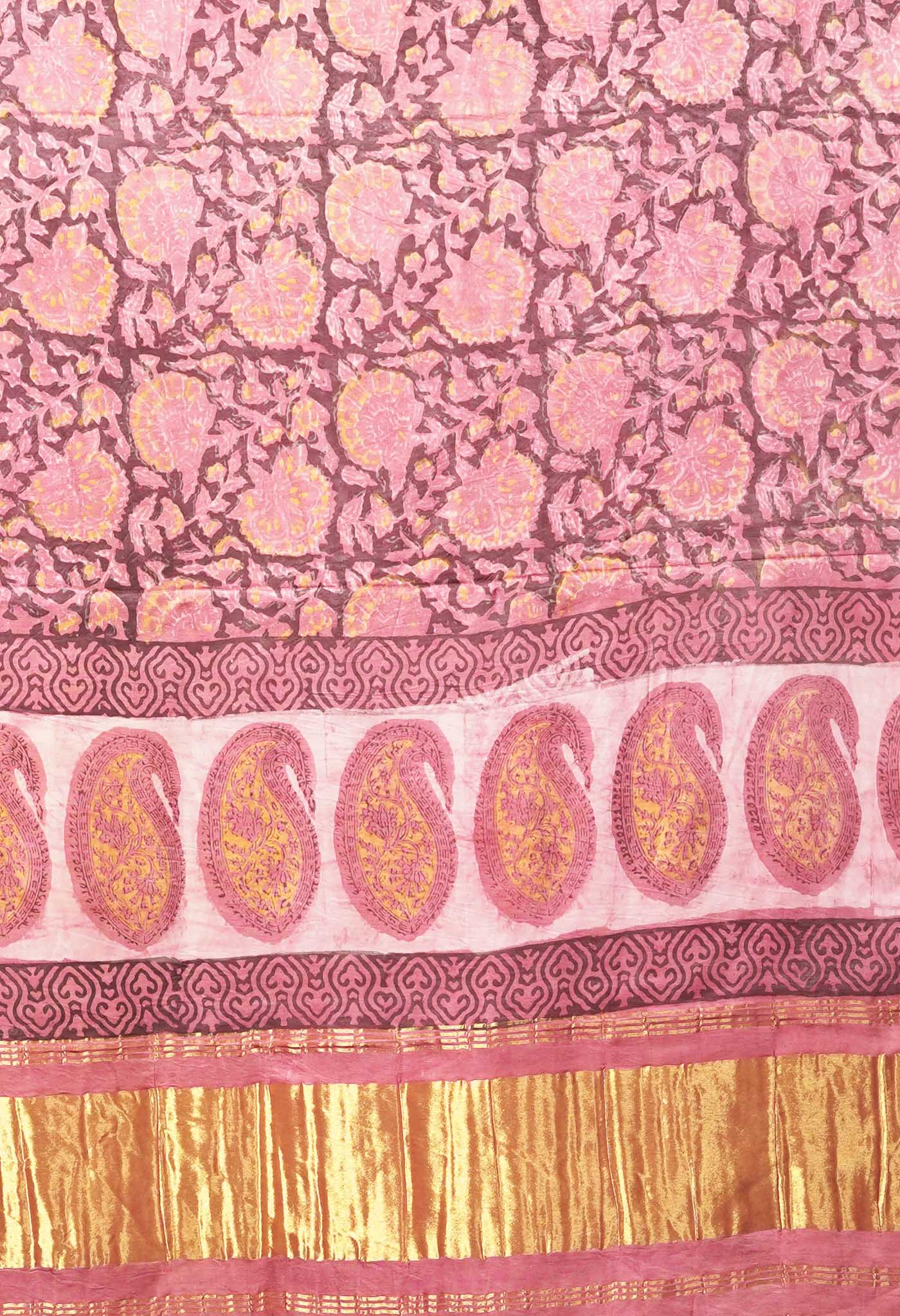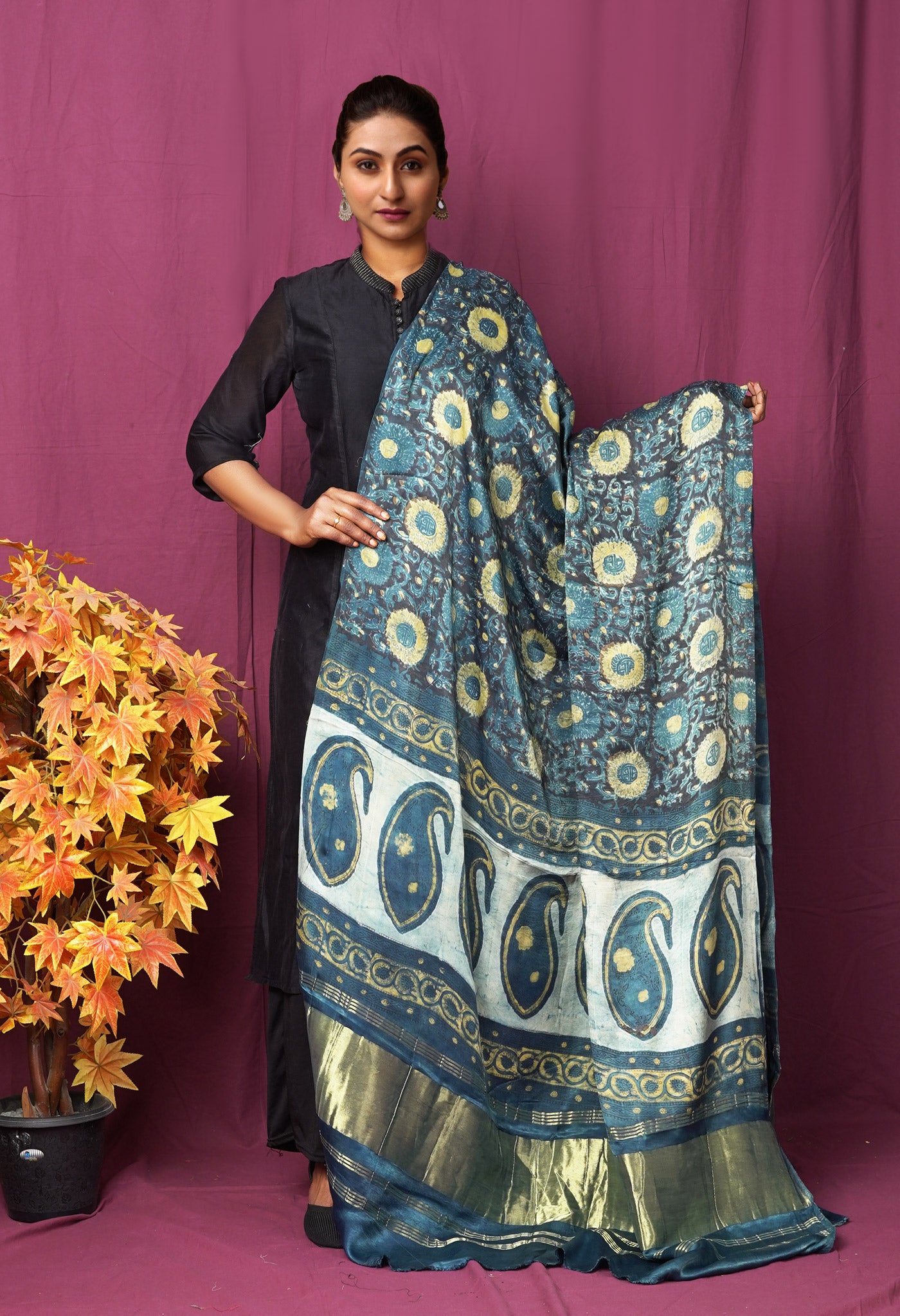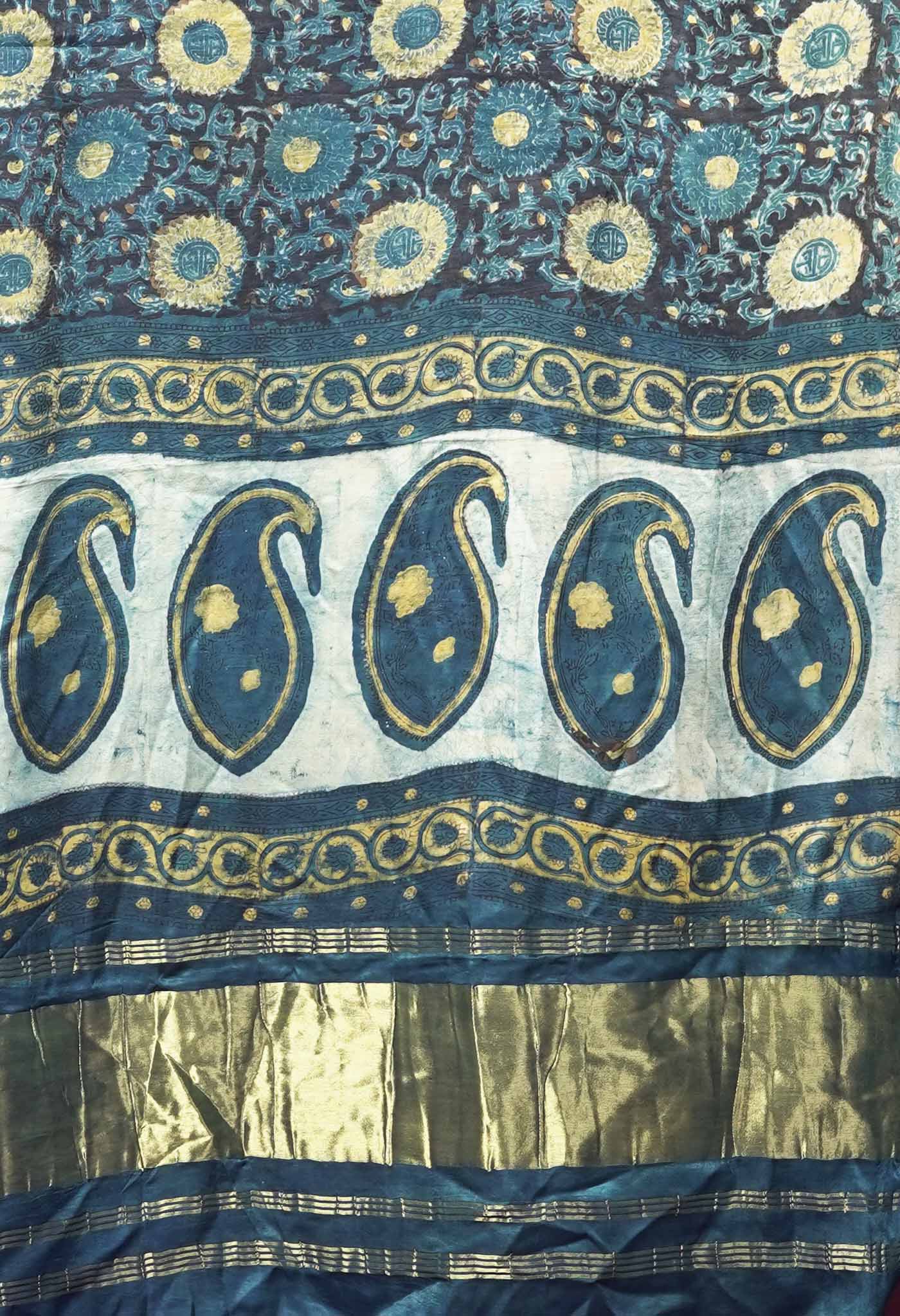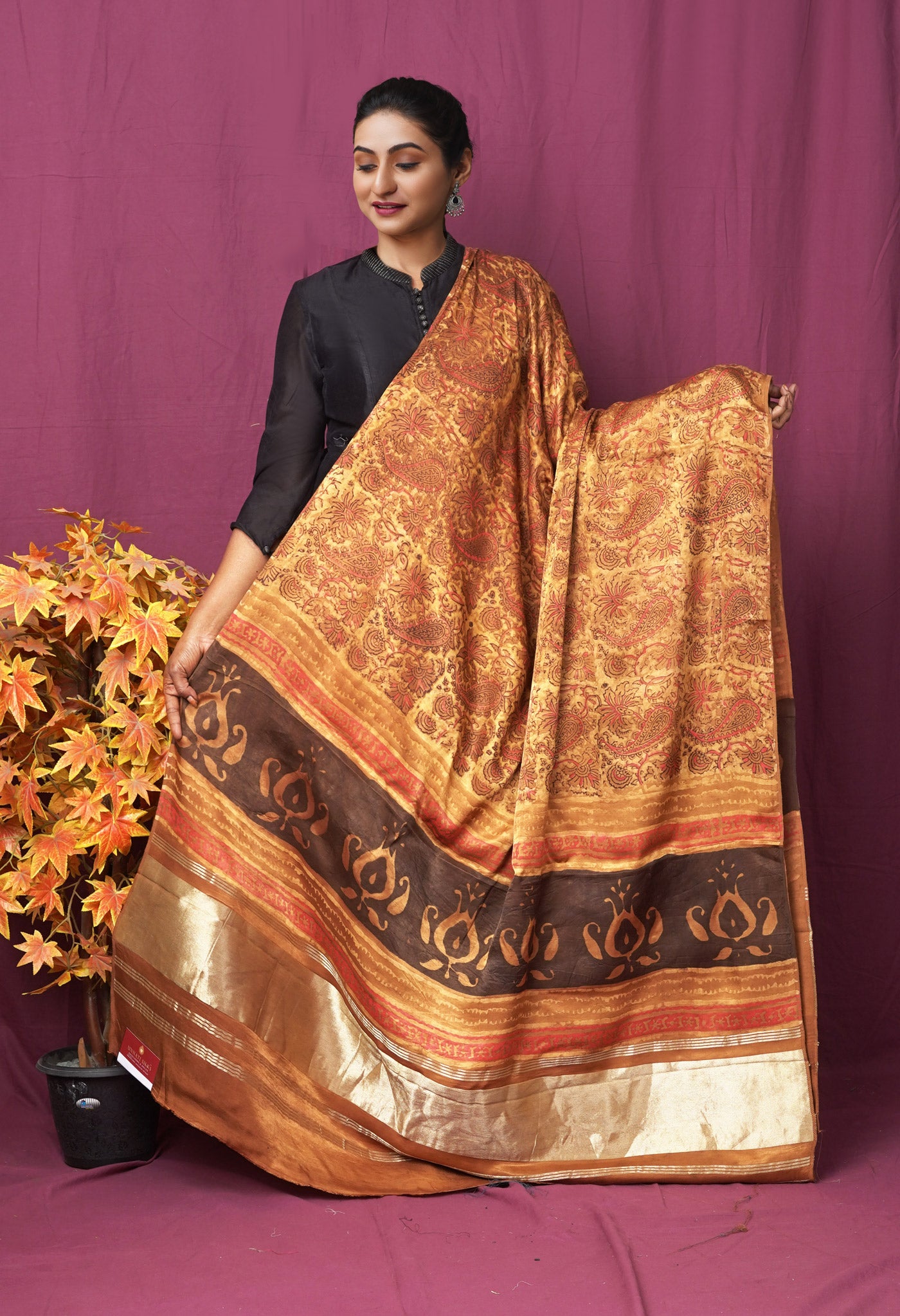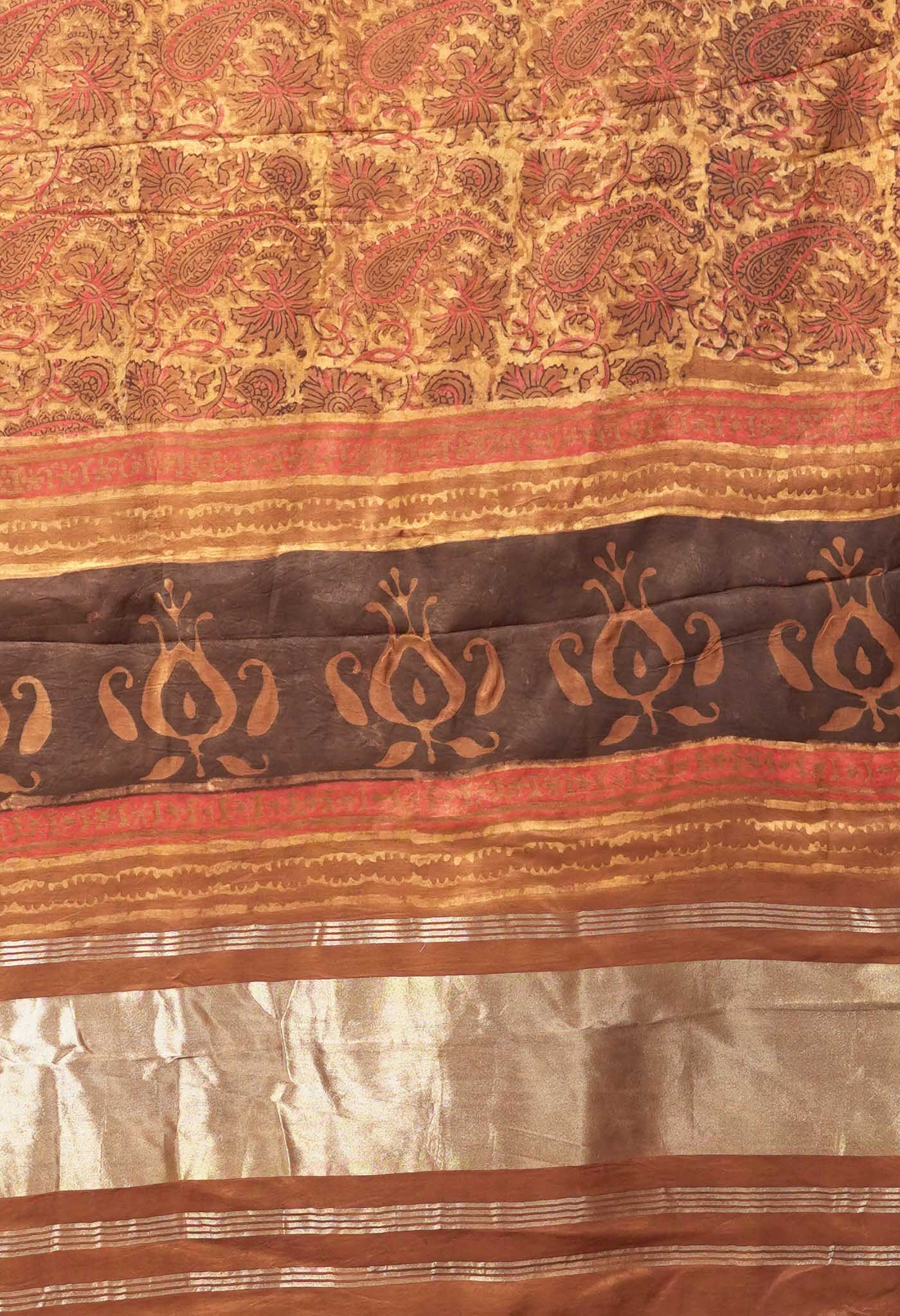Article: Narayanpet sarees – a finely continuing tradition of weaving and workmanship
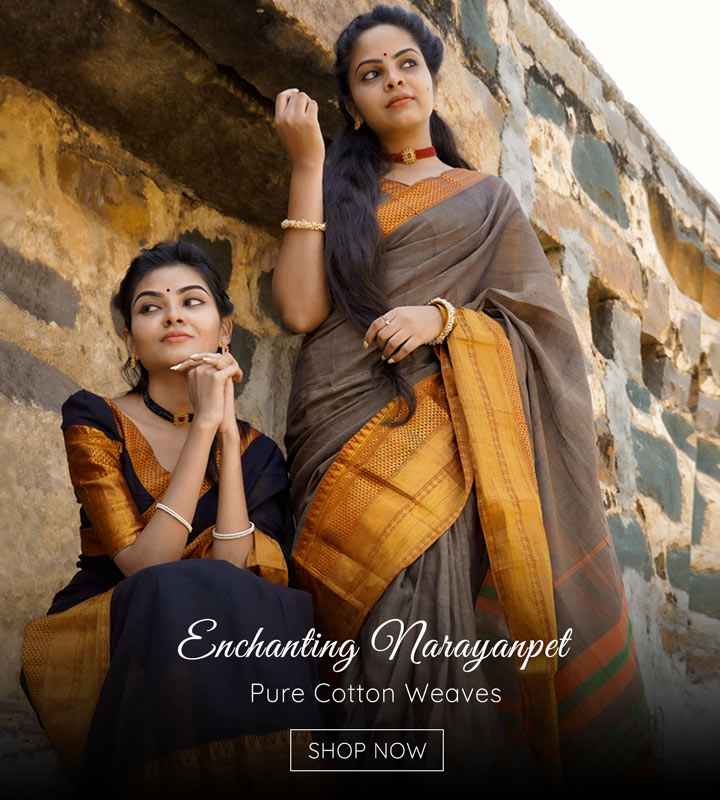
Narayanpet sarees – a finely continuing tradition of weaving and workmanship
“Tradition is not the worship of ashes, but the preservation of fire.”  This quote must have been understood amazingly well by the ethnic practitioners of the small commune that has kept the Narayanpet tradition alive till today. A small town in Mahboobnagar, Telangana, about 165 Km. from Hyderabad, the capital, that is famous for quality handlooms in silk and cotton, one that can boast of finery in its silk sarees that is hard to match, one that is as lustrous in name as every product it puts out for the market – that is what Narayanpet is.
This quote must have been understood amazingly well by the ethnic practitioners of the small commune that has kept the Narayanpet tradition alive till today. A small town in Mahboobnagar, Telangana, about 165 Km. from Hyderabad, the capital, that is famous for quality handlooms in silk and cotton, one that can boast of finery in its silk sarees that is hard to match, one that is as lustrous in name as every product it puts out for the market – that is what Narayanpet is.
The specialty of the Narayanpet
An obsession with vegetable dyes beyond the ordinary, a trademark pattern of checks in the self color weave, wide golden zari borders at both top and bottom ends of the fabric and a characteristic double shimmer quality from its special weaving process are signs what the traditional Narayanpet saree is recognizable by. Quality materials and fine counts of weave ensure the durability and shine of the Narayanpet for a very long time. In addition for a place believed to be having the blessings of the goddess resident in the local temple, it has triggered the inevitable inclusion of the temple design (triangles in series) border in contrast color to that of the background with a parallel border running alongside it, on every saree woven in Narayanpet.
An elaborate closely monitored process
Like any product worth its name, the Narayanpet saree undergoes a fairly lengthy procedure of washing and drying. The process begins with degumming or separation of gum from the natural yarn by dipping the yarn in boiling water. Then it is bleached, so that the yarn loses is natural colour and would readily acquire the vegetable dye colour. The stirring in the vat while the yarn is in coloured (vegetable dye mixed) boiling water, spreads the colour uniformly on the yarn.
Washed again and dried in shade for fastness of colour to be retained, the yarn is spun into threads. Threads are laid out on the warp (length wise lay) and rolled onto small sticks for the weft (breadth wise weaving).
The heart lies in the weaving
To make it economical and worth the while in effort, threads for the making of at least 15 sarees together are loaded on to a charkha or wheel from where it is carefully loaded stretched onto the warp or longitudinal framework. The weft is smaller sticks or sometimes spools made to intertwine through the waft threads to create a fine lattice of color and creativity. The weaving of the saree makes use of 8 threads in the weaving at the border which makes the saree stronger and is unique of this saree. The jacquard attachment is an optional but often used to create mesmeric designs in the Narayanpet fabric.
Weaving Technique – The Interlock Weft
When one wishes to weave a block of color, weaving a straight weave block would create gaps in the weave. If the gaps were intended as a design then maybe it would do, but if not, then a dovetail join is the method by which you can have two different wefts side by side without gaps.
One of those other options is the interlocking weft method, which works well to create the same but additionally without creating so much bulk. This is what the Narayanpet interlocking weft technique achieves, two different colored wefts side by side and absolutely gapless like a homogeneous design. Slightly tedious in effort but what an effect it achieves!
A brief backdrop of its origin
In 1630 AD, when Chattrapati Shivaji Maharaj, the Marathi emperor, was travelling across the Narayanpet region; he set up camp at Narayanpet. He continued with his travels after a few days but left behind him a few weavers who started the production of the saree. The idea of the saree came from one or two specimens that Shivaji had observed when he came to the place and with some weavers within his army of soldiers, asked them to explore whether it could be replicated with the same finesse. The Emperor was to move on but the few chosen men preferred to remain and continue what they had begun. Thus began the journey of the Narayanpet saree that since continued as a tradition that has till date not lost its shine.
A new means of livelihood to their liking and with the passion they wove, the sarees gained a reputation as fine as the fabric that was produced. Indeed so fine that it was over time come to be thought of as a good offering to the local deity for the good change that came about in their lives. Inclusions and changes over time, as did introductions of new designs and combinations, have all kept a fine Narayanpet tradition alive and acknowledged across the land. Fast colors, fine counts of 80:80, vibrancy, continued luster, the interlocked weft weave have all helped to continue the Narayanpet saga.
The Geographical Indication back-up
Geographical Indication(GI) Status has been awarded to the Narayanpet Saree in April 2013. The GI status recognises the valuable contribution made by these weavers in keeping alive a cultural heritage of India and is a big relief to the beleaguered weavers of Narayanpet wary of the duplication of their effort or use of their name for spurious and inferior sarees.
Some Narayanpet Facts
- Narayanpet sarees available both in silk and cotton, woven in dark earthy colors, are very eye-catching. The Pallu in these sarees is characterized by a unique pattern of alternating red and white bands.
- Irkali style sarees in fine counts are also made in Narayanpet. Irkalis are rich in the colouring like the special pomegranate red, brilliant peacock blue, parrot green. The rasta design has horizontal lines in subtle matching colors running through the body of the saree with charming effect.
- The Narayanpet saree is very popular as a traditional wedding saree. There is a fine blend of native tradition with the art of classical weavers of Varanasi. The sarees have intricately designed Pallus and are known for their shot or mixed colors which are predominantly purple with pink or maroon with mustard.
- A pattern may be created by changing the color of the yarn during weaving and by elaborate forms of placement of warp and weft to create motifs and varied textures. A distinguishing feature is the embellishment with gold thread at the borders and end panels. In a variety of counts from thick to superfine, in checks, stripes and solid colors, these sarees emerge from the most unusual of places - small dwellings dotted around the countryside.
- The katari or braid pattern border of a Narayanpet saree with its Bugadi or anklet-pattern top fringe is seen all over Maharashtra, Karnataka, Andhra Pradesh, Madhya Pradesh and even Tamil Nadu, but the way it is used in proportion, the combination of materials, color, and even the feel of cloth and weave makes each one of the users identifiable with their cultural context.
Going Narayanpet with Unnati Silks
Unnati Silks has a fine range of Narayanpet Silk Sarees with variation in design, pattern and internal features. Narayanpet Sarees are worn in their various forms for different occasions. Fancy block floral prints are preferred for the more informal occasions. The Pure Handloom Narayanapet Saree fashionable wear with its kundans on thread embroidery designs, and zari border with an attractive pallu would do well for the functions and grand parties. The Narayanpet Pattu silks heavily decked and shining with lustrous zari mostly in the vibrant golden color are naturally for the big moment occasions as weddings, launches, important traditional festivals. There are other versions in variations of the earlier but all with the typical Narayanpet characteristic of luster and color creativity.
The Narayanpet handloom cotton sarees are known for the the body colour contrasts against the pallu, the characteristic zari border and stripes, fine light colour floral block prints on dark coloured backdrops with multi-colour tiranga borders, a special bandhani pattern design with woven bootis on the saree and large bootis bock printed on the designer pallu - all that elevate the look and appeal of the saree.
Unnati Silks sports a special and exclusive range of Narayanpet Handloom cotton salwar suits to buy online. Floral bock printed kameez in pastel colours with attractive mango bootis block printed along with stripes design on a designer dupatta. Deep and earthy coloured plain shalwar kameez with light thread worked nakshi borders and an attractive stripes design. Dark coloured salwar kamiz with three-coloured tiranga borders along with a zari border. Bandhani pattern chudidar kamiz with bootis woven across the kameez in single vertical lines at intervals and large designer bootis printed on the chunni.
The special collection of Naryanpet cotton kurtis & kurtas at Unnati Silks display sombre shades, subdued colours with the typical shimmer quality from the different coloured threads are due to the weft weave. Motifs are chosen with care, edges have different hues, the temple design is a popular inclusion. Narayanpet cotton tunics appeal very much to those looking for quite elegance and poise.
Light prints on dark backdrops, is what the Narayanpet kurti & kurta generally has. Weaves of fine count the typical use of zari on geometrical pattern or floral design borders, coloured thread worked borders in parallel, prints in dabu or bagru, the Narayanpet handloom cotton tops and tunics are lustrous and elegant in appearance.








